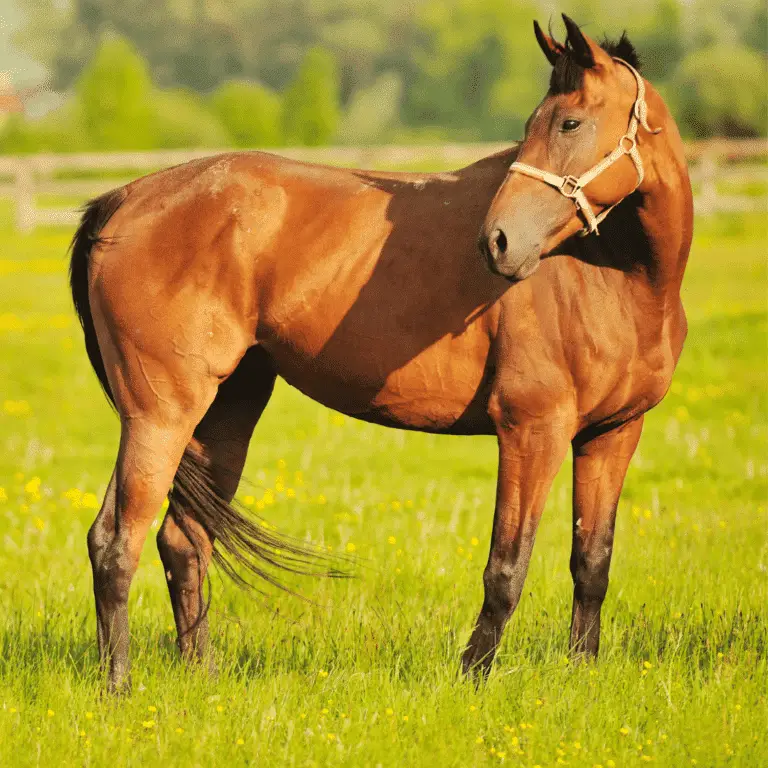
Tetralogy of Fallot (TOF)
Tetralogy of Fallot (TOF) This disease is life-threatening and should be treated by a veterinarian swiftly. Tetralogy of Fallot (TOF)
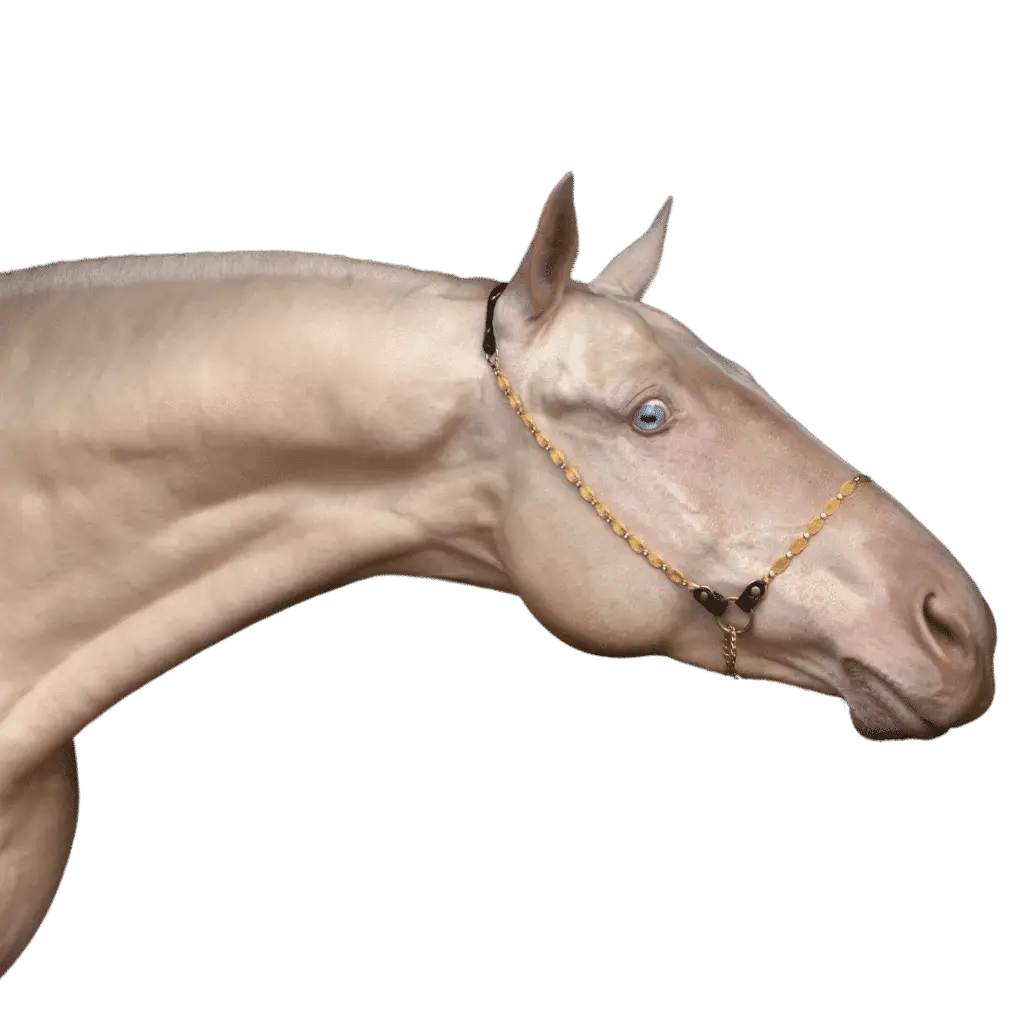
Welcome to the immersive journey into the world of equine diseases, where we explore the intricate facets of pattern recognition, detailed symptomatology, comprehensive descriptions, effective treatment modalities, and proactive prevention measures.
Learn more about all the different types of diseases, everything from cancer, respiratory, genetic and viral diseases.

Tetralogy of Fallot (TOF) This disease is life-threatening and should be treated by a veterinarian swiftly. Tetralogy of Fallot (TOF)
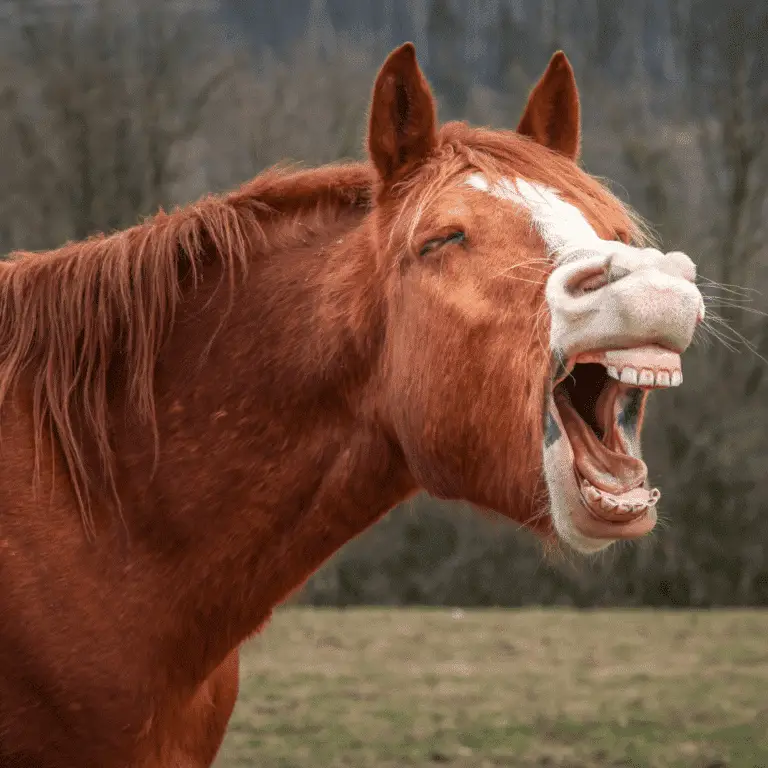
Tooth Decay in Horses Seek veterinary advice if you suspect this disease. Equine tooth decay, also known as dental caries,
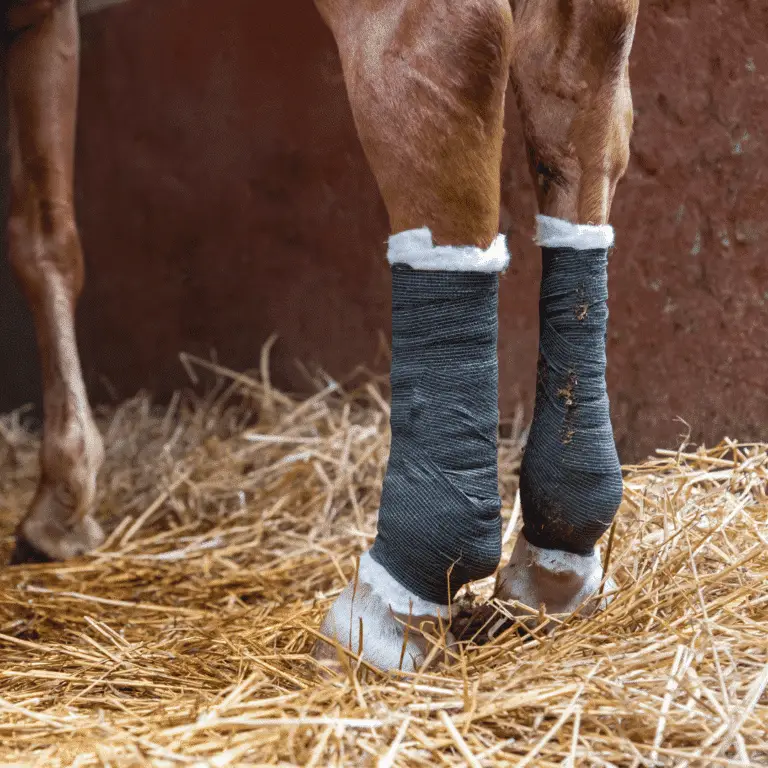
Rheumatoid Arthritis in Horses Seek veterinary advice before applying any treatment Rheumatoid arthritis is an autoimmune disease affecting the joint
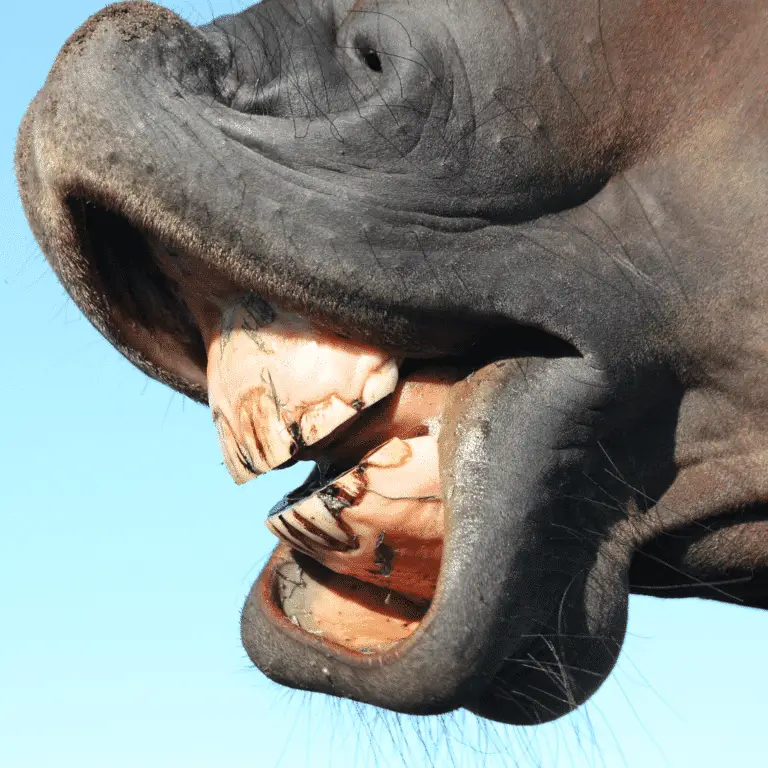
Wave Mouth in Horses Seek veterinary advice if you suspect this disease. Wave mouth is a dental condition commonly seen

Fleas in Horses Seek veterinary advice before applying any treatment. While they are more commonly associated with dogs and cats,
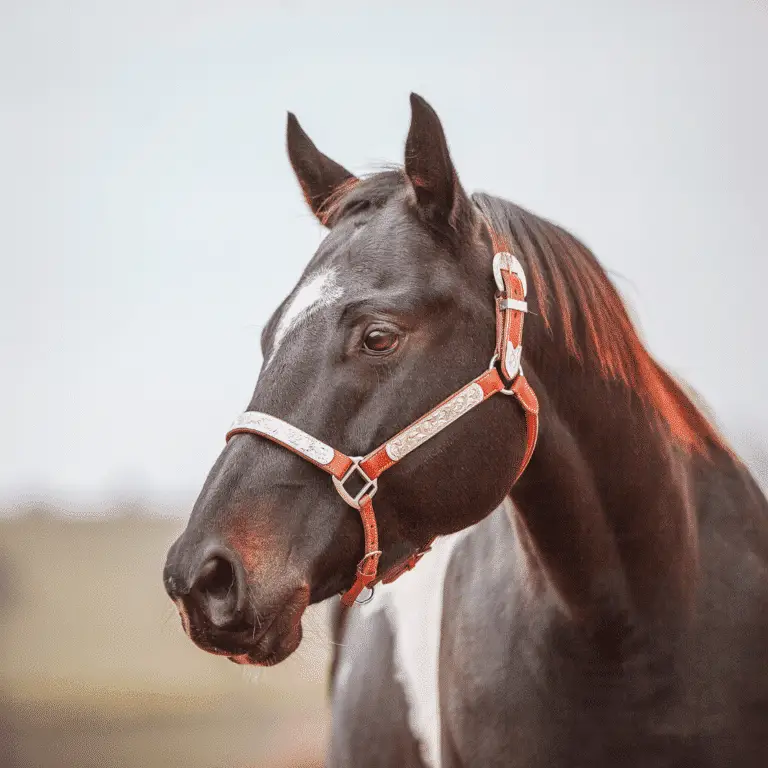
Lethal White Overo Syndrome in Horses This disease is fatal, and cannot be cured or adequately treated and is expected
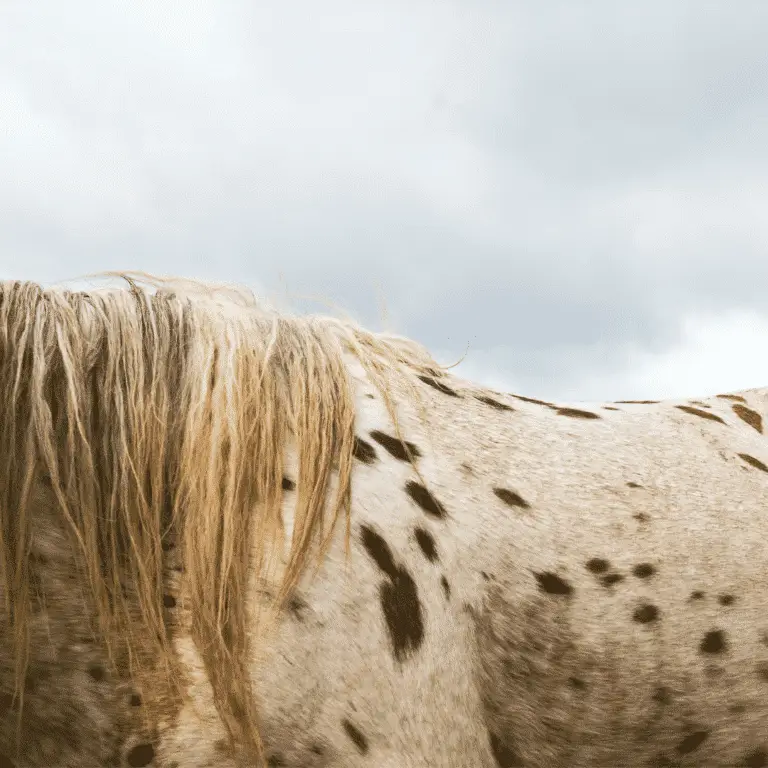
Seek veterinary advice if you suspect this disease.
Equine sarcoids are common skin tumors in horses caused by the bovine papillomavirus, often presenting as locally invasive growths.
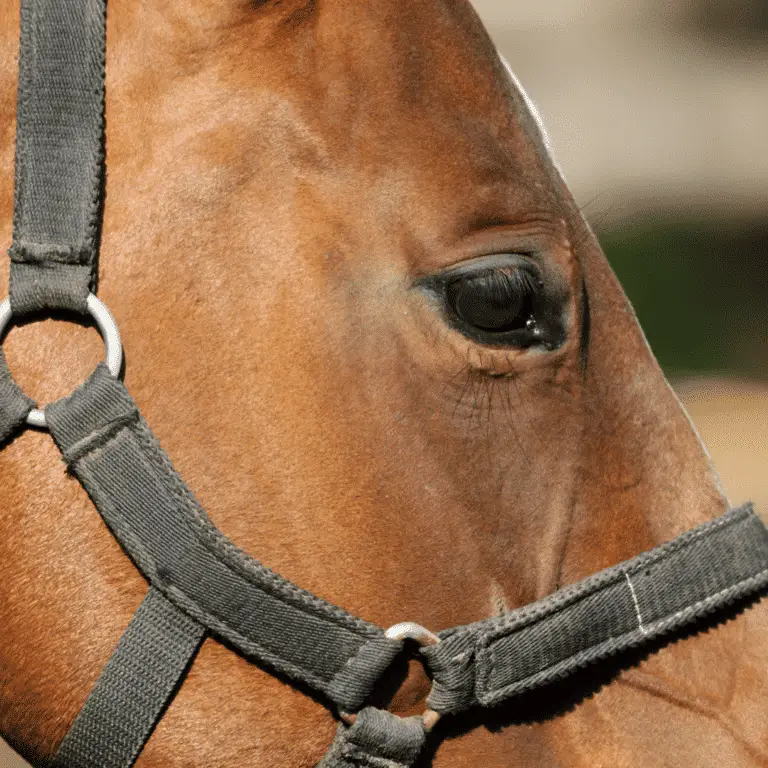
Corneal Ulceration in Horses Seek veterinary advice before applying any treatment Ulceration of the equine eye typically involves the loss of the
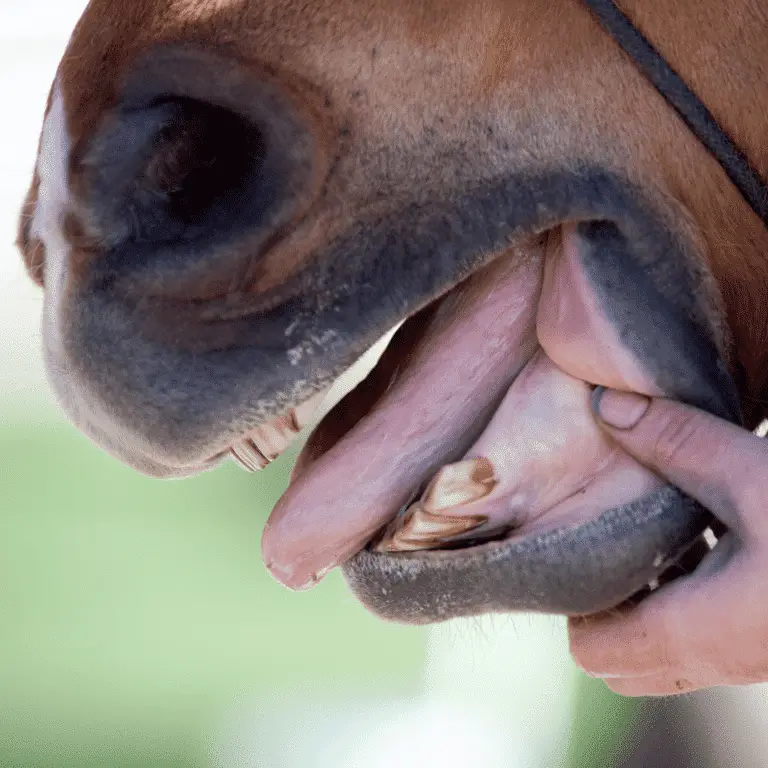
Equine Malocclusion in Horses Seek veterinary advice if you suspect this disease. Malocclusion in horses is a faulty alignment between
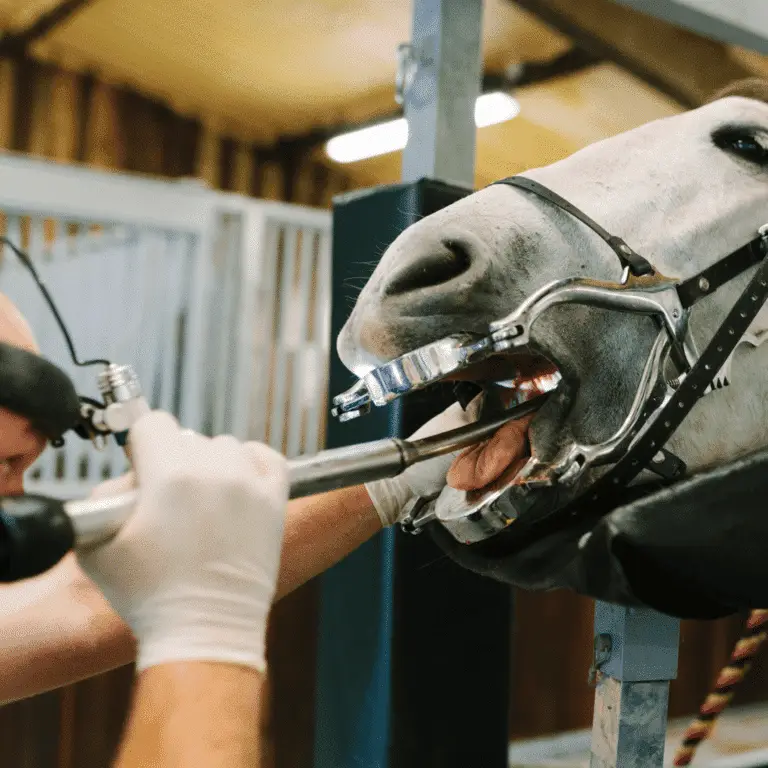
Hooks in Horses Seek veterinary advice if you suspect this disease. Rostral and caudal hooks are dental abnormalities that can
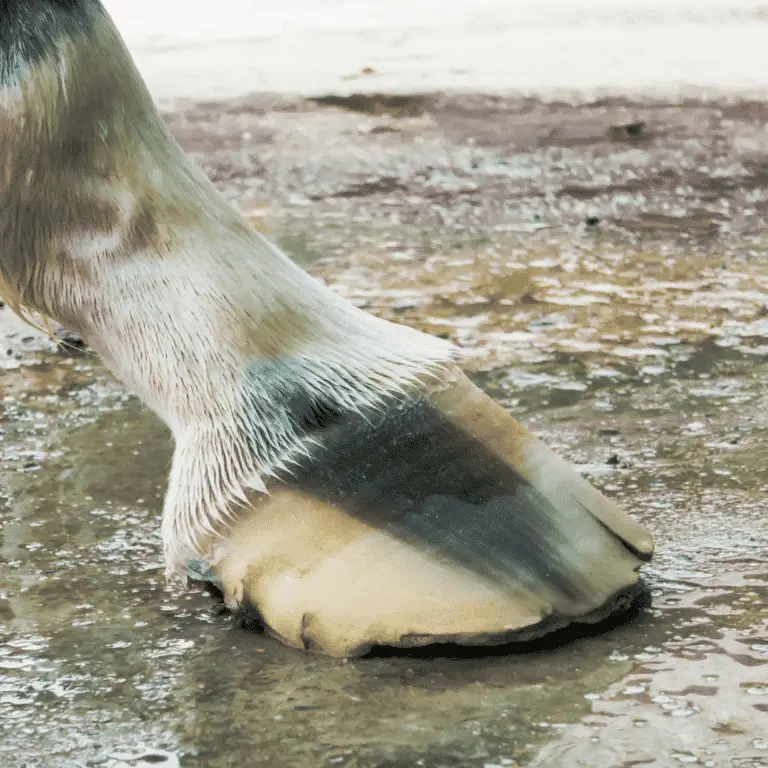
Equine Thrush in Horses Seek veterinary advice before applying any treatment. Thrush is a common bacterial infection of a hoof’s
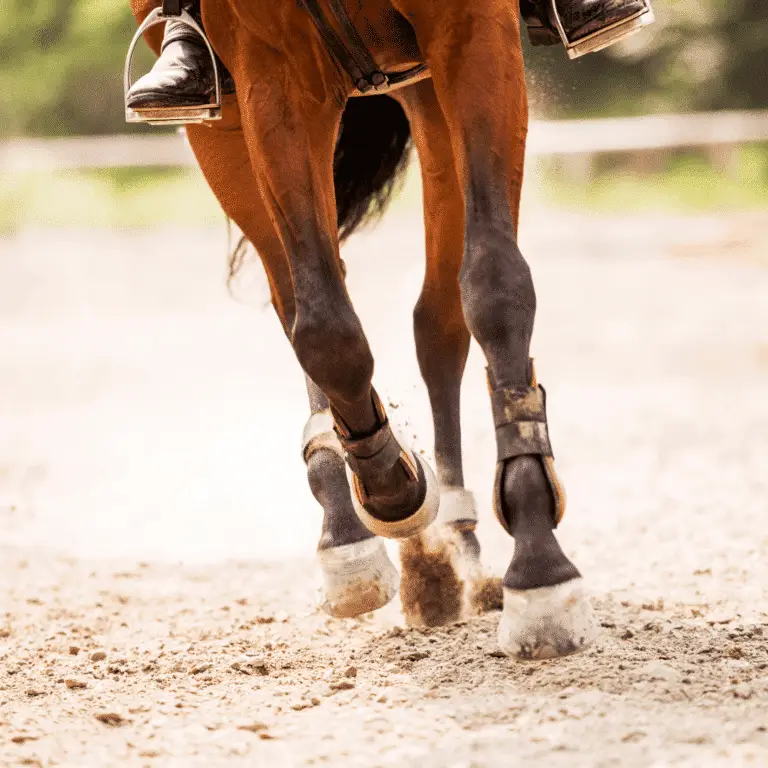
Septic Arthritis This disease is life-threatening and should be treated by a veterinarian swiftly. Septic arthritis is an acute form

Pedal Osteitis in Horses Seek veterinary advice before applying any treatment. Sometimes referred to as inflamed pedal bone, pedal osteitis
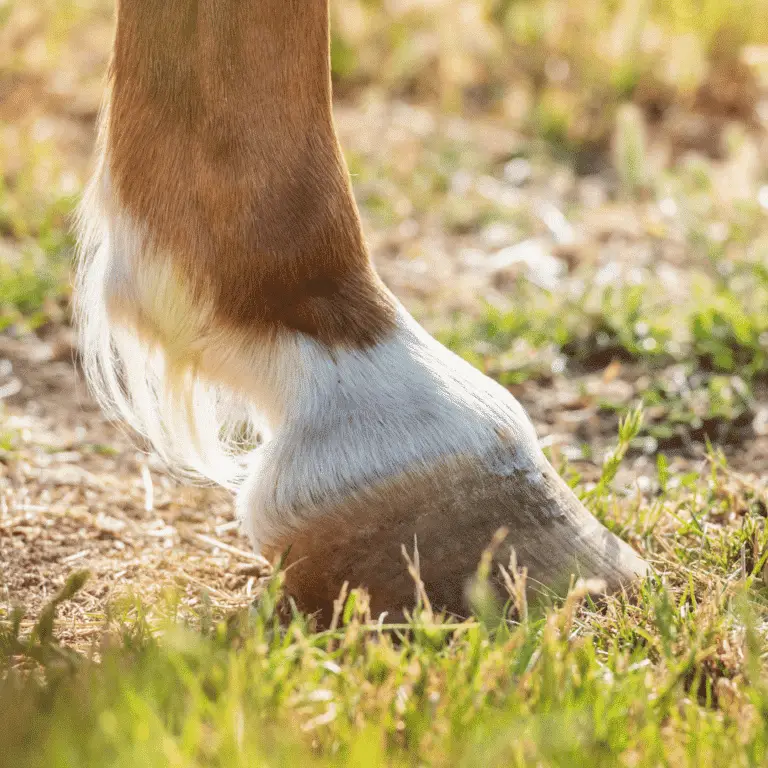
Pedal bone Cyst in Horses Seek veterinary advice before applying any treatment. The cysts are commonly first diagnosed in young
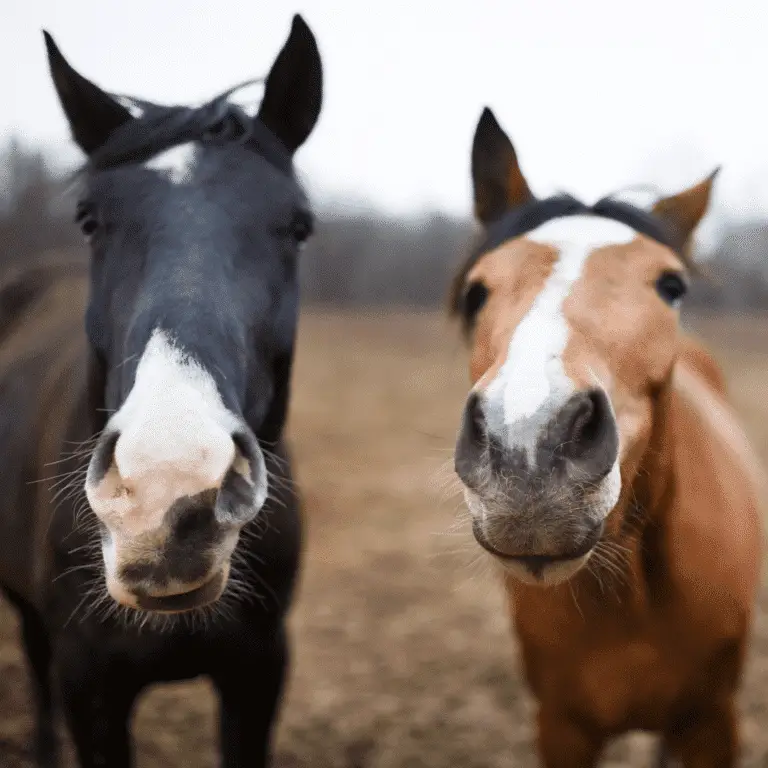
Giardiasis in Horses Seek veterinary advice if you suspect this disease. Giardiasis in horses is a parasitic infection caused by
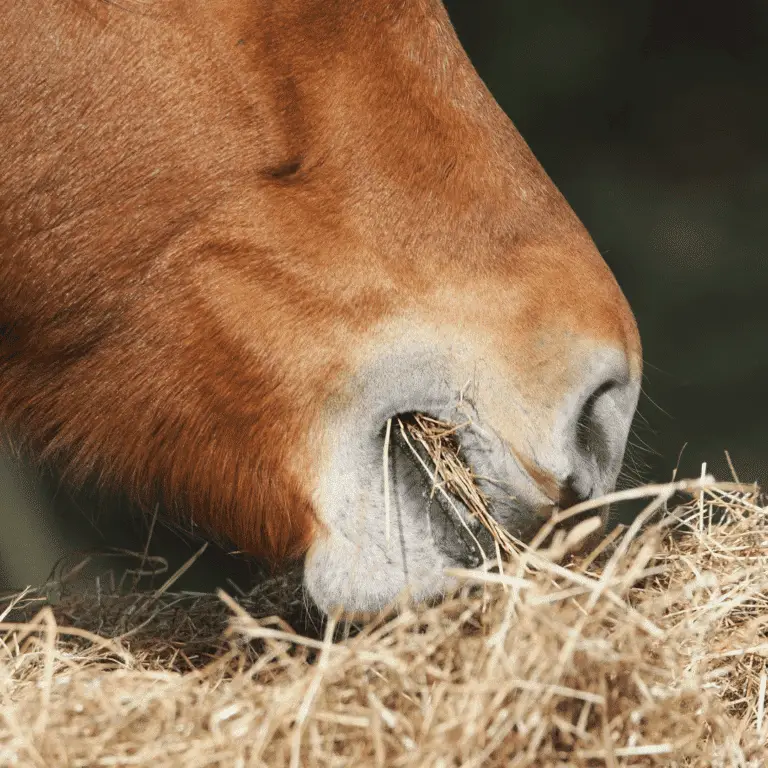
This disease is life-threatening and should be treated by a veterinarian swiftly.
Esophageal obstruction (choke) in horses occurs when food or objects block the esophagus, causing difficulty swallowing and distress.
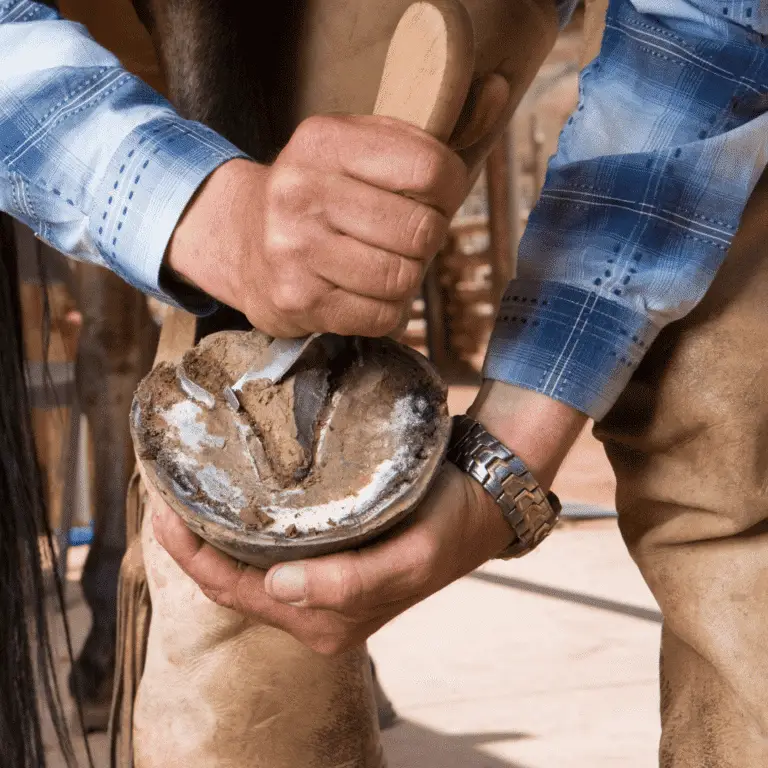
Laminitis in Horses This disease is life-threatening and should be treated by a veterinarian swiftly. Laminitis is an inflammation of
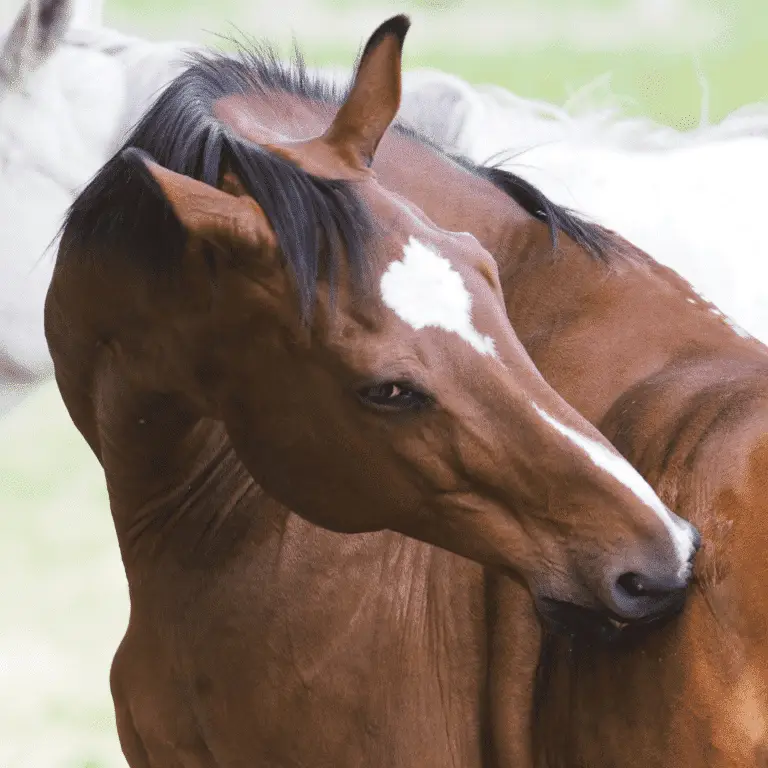
Ringworm in Horses Seek veterinary advice before applying any treatment. Ringworm is a highly contagious fungal infection, which can not
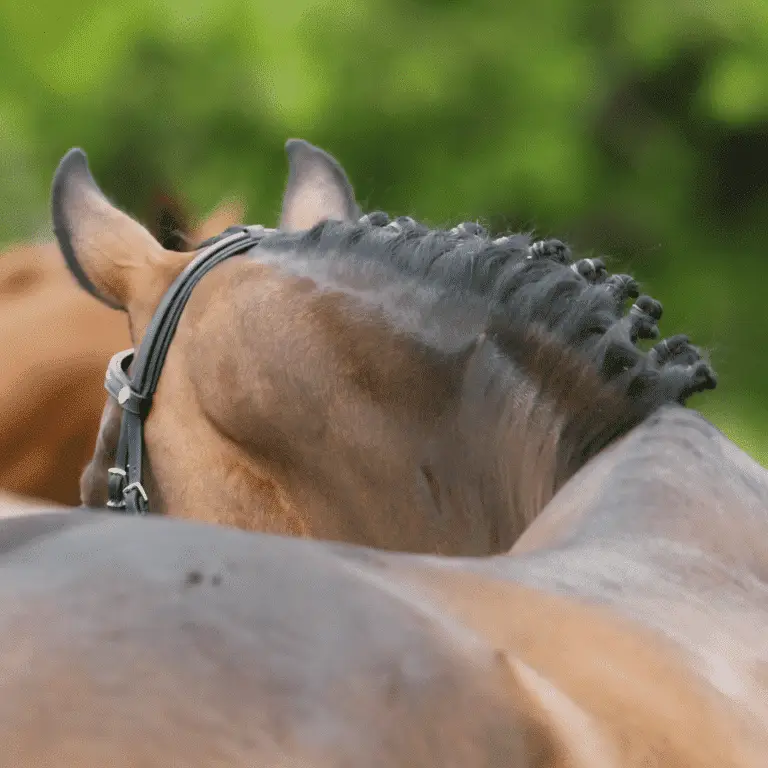
Wobbler Disease in Horses Seek veterinary advice if you suspect this disease. Wobbler syndrome is the common term for cervical
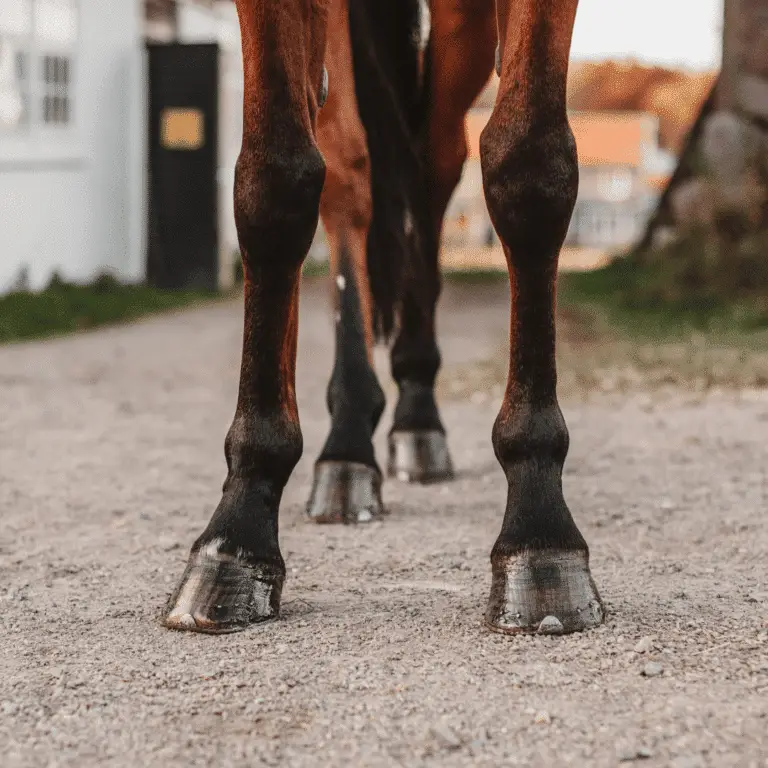
Pedal Bone Fracture in Horses Seek veterinary advice before applying any treatment. Fracture of the distal phalanx is a fairly
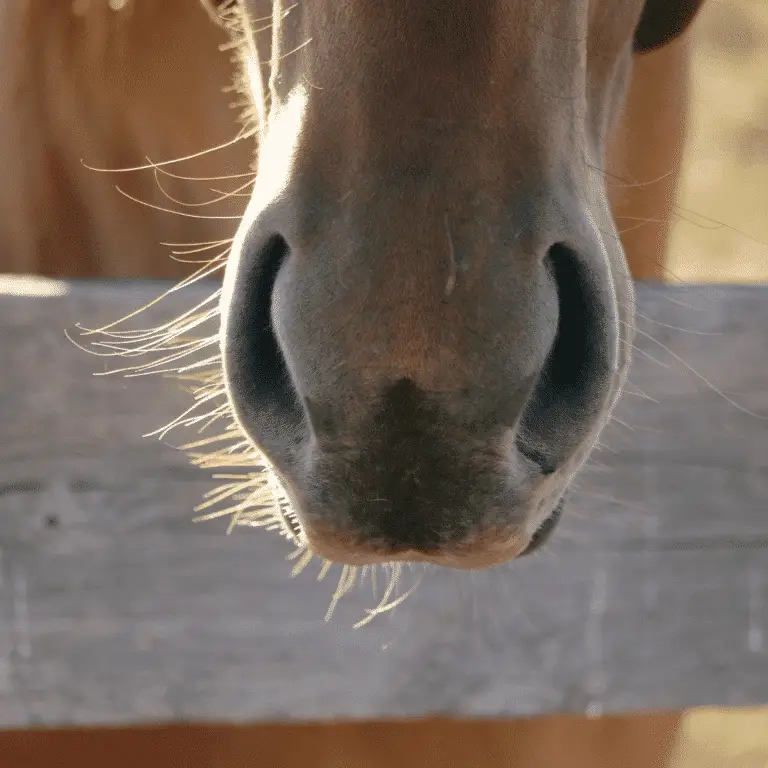
Seek veterinary advice if you suspect this disease.
Asthma in horses, also known as equine asthma syndrome, is a chronic respiratory condition characterized by airway inflammation, coughing, and difficulty breathing.
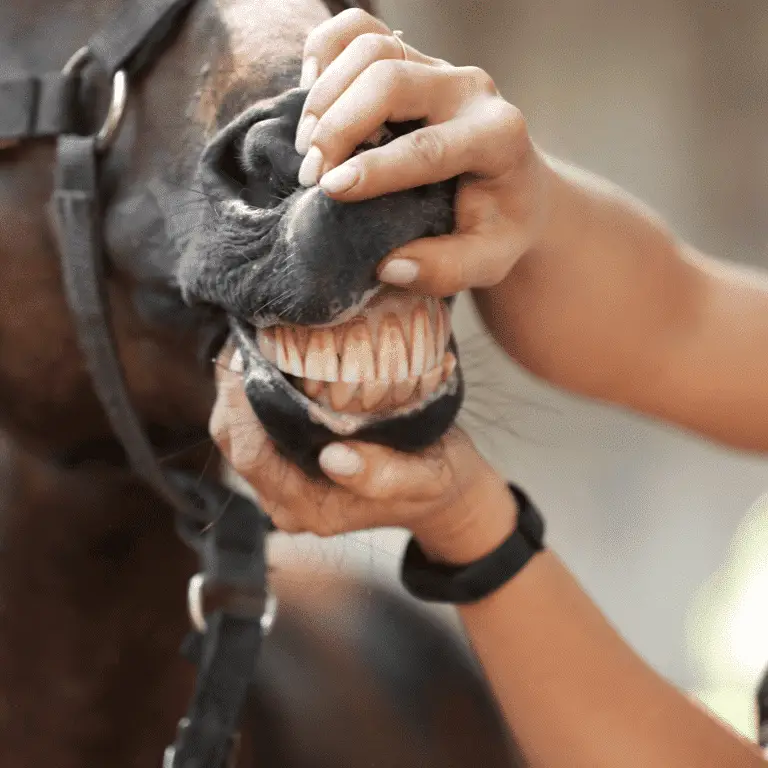
Equine Gum Disease (Periodontal Disease) Seek veterinary advice if you suspect this disease. Periodontal disease is one of the most
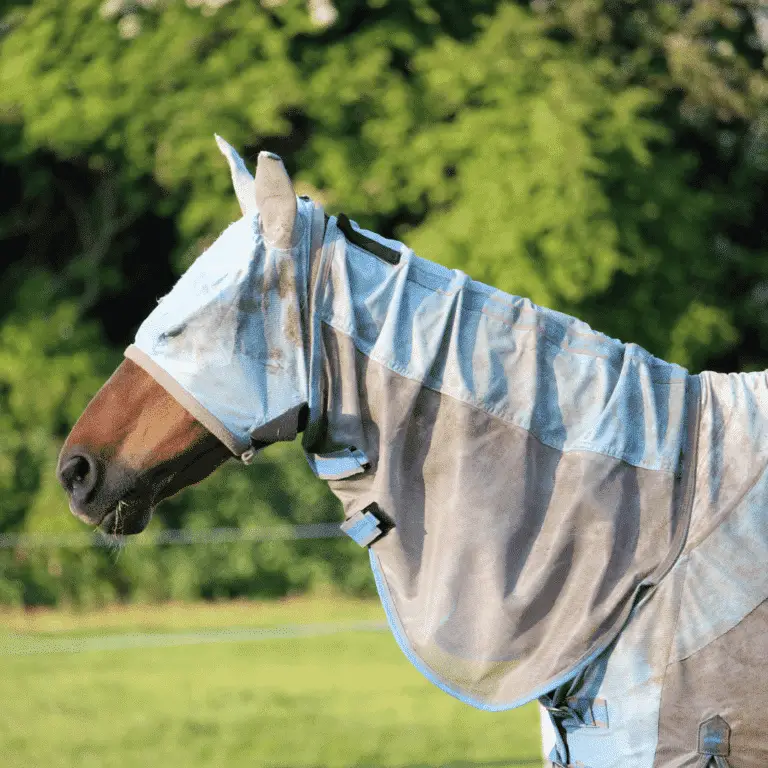
West Nile Virus in Horses This disease is life-threatening and should be treated by a veterinarian swiftly. West Nile Virus
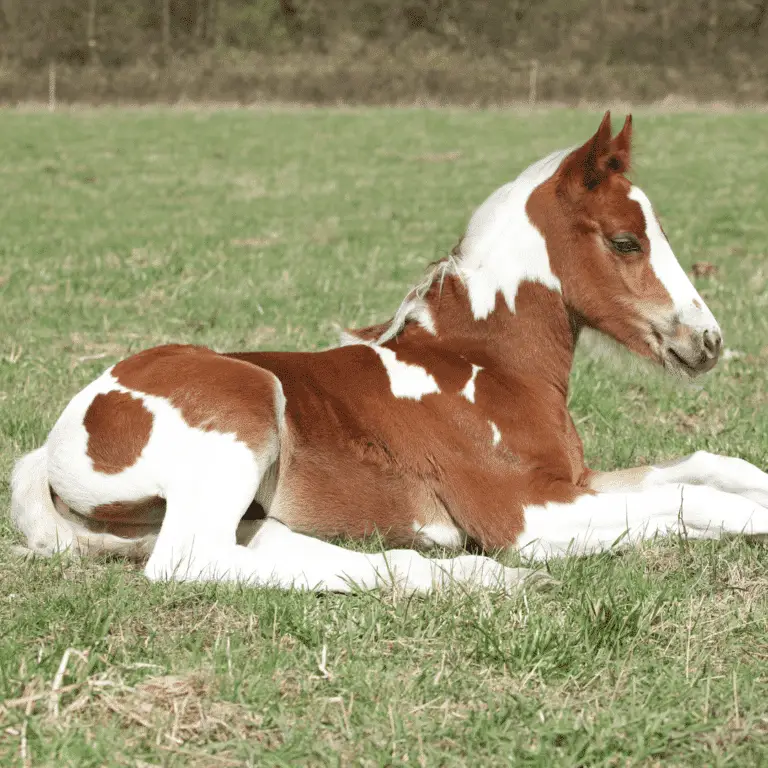
Glycogen Branching Enzyme Deficiency (GBED) This disease is life-threatening and should be treated by a veterinarian swiftly. Glycogen is an
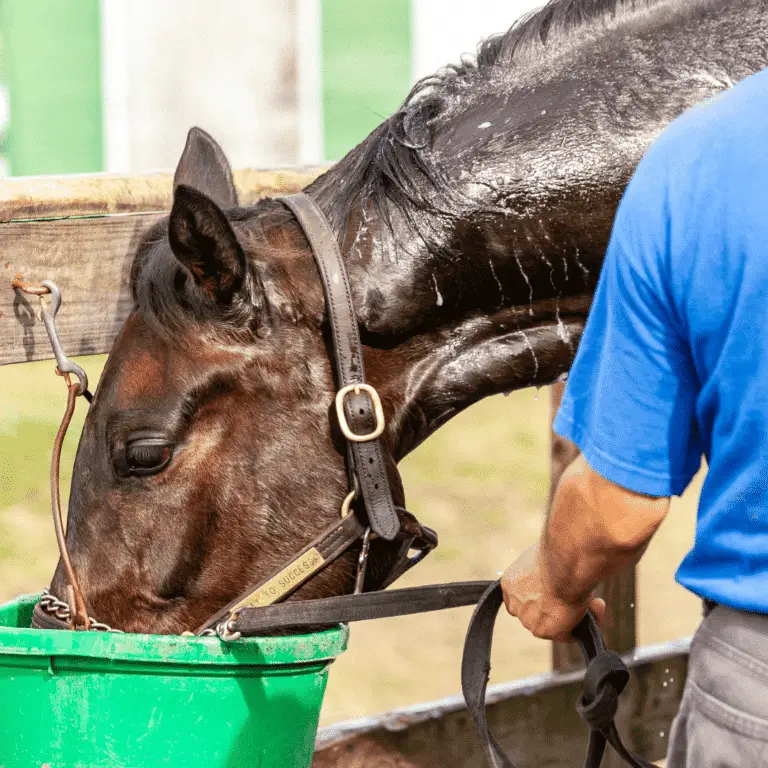
Recurrent Exertional Rhabdomyolysis in Horses This disease is life-threatening and should be treated by a veterinarian swiftly. Recurrent Exertional Rhabdomyolysis
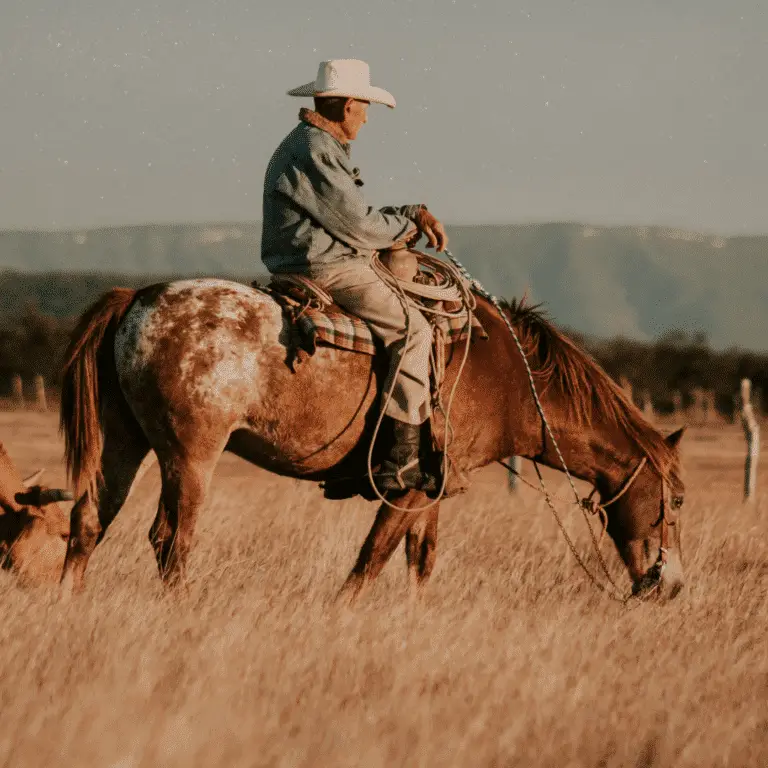
Seek veterinary advice before applying any treatment.
Pemphigus foliaceus is an autoimmune skin disease in horses causing blistering, crusting, and hair loss, primarily on the face, limbs, and body.
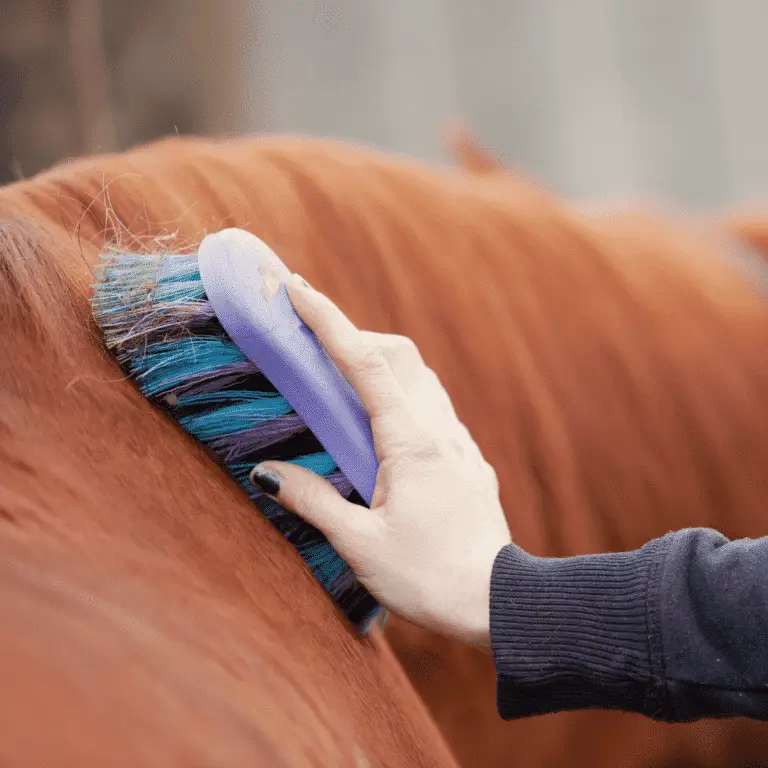
Epizootic Lymphangitis in Horses Seek veterinary advice if you suspect this disease. Epizootic Lymphangitis is a contagious and chronic mycosis
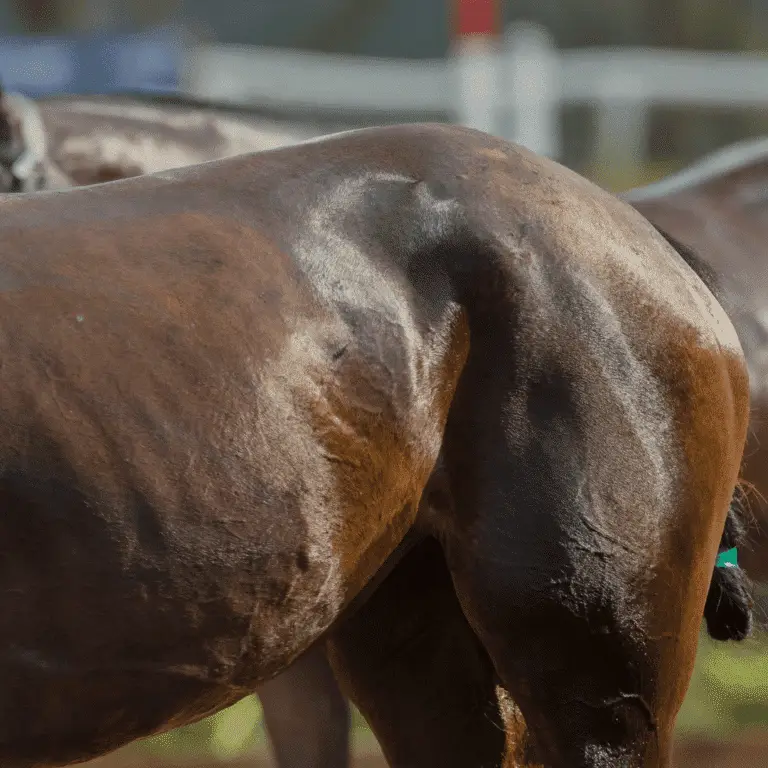
Endotoxemia in Horses This disease is life-threatening and should be treated by a veterinarian swiftly. The presence of endotoxins in
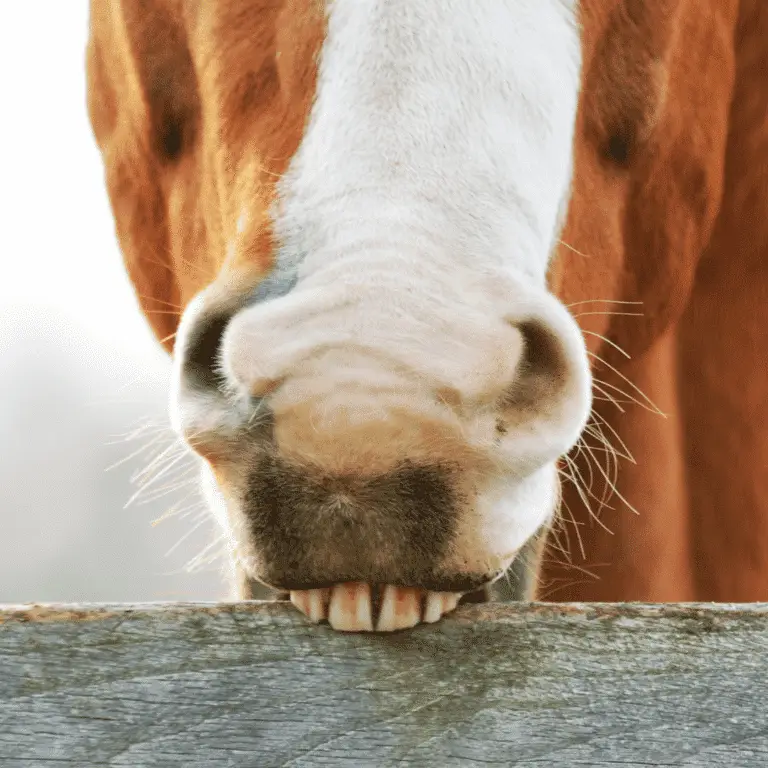
Cribbing Seek veterinary or behaviourist advice if you suspect this disorder. Cribbing is a common behavioural disorder observed in horses,
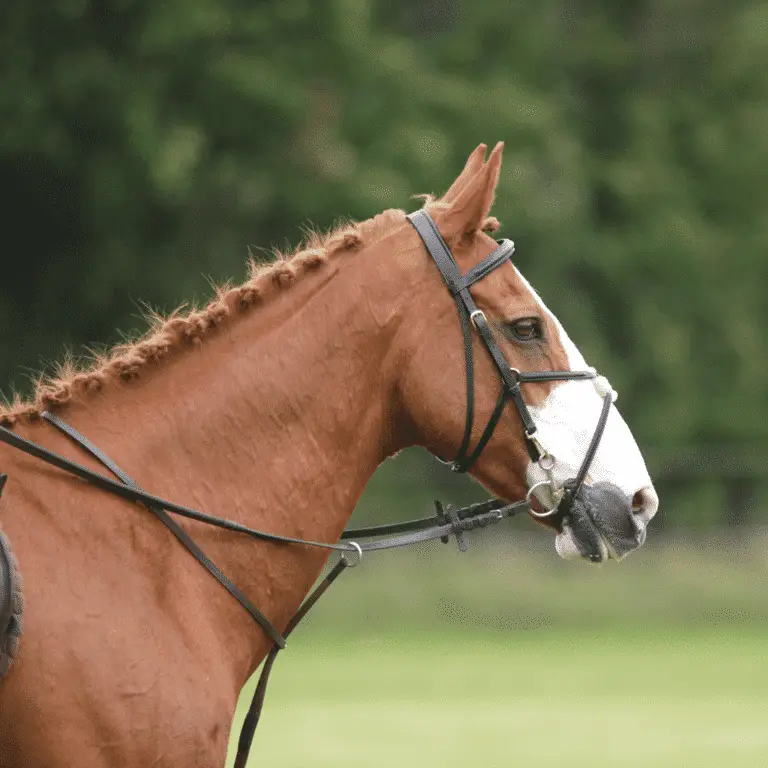
Poll Evil in Horses This disease is life-threatening and should be treated by a veterinarian swiftly. Poll evil is a
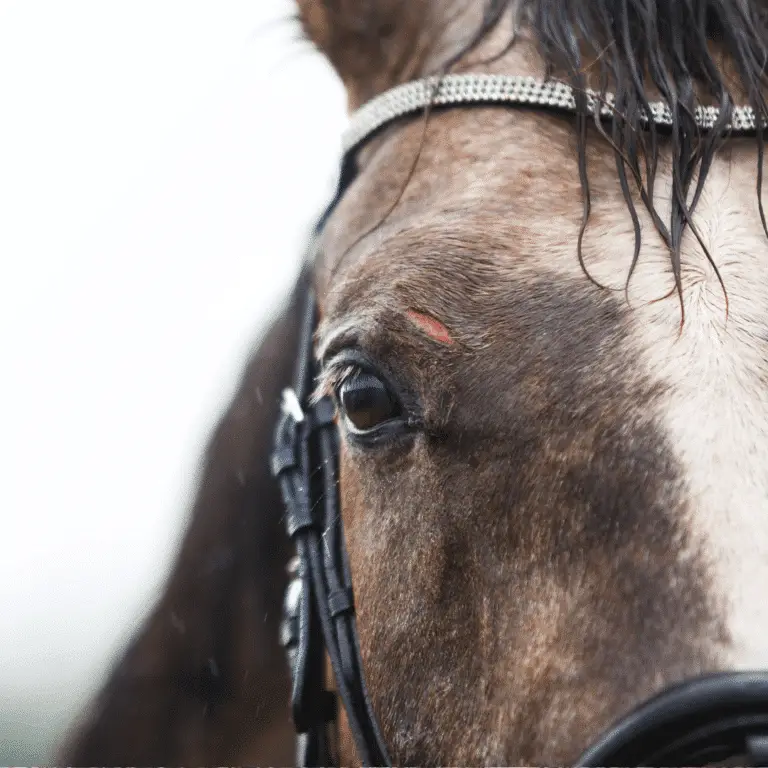
Tetanus (Lockjaw) in Horses This disease is life-threatening and should be treated by a veterinarian swiftly. Tetanus, commonly referred to
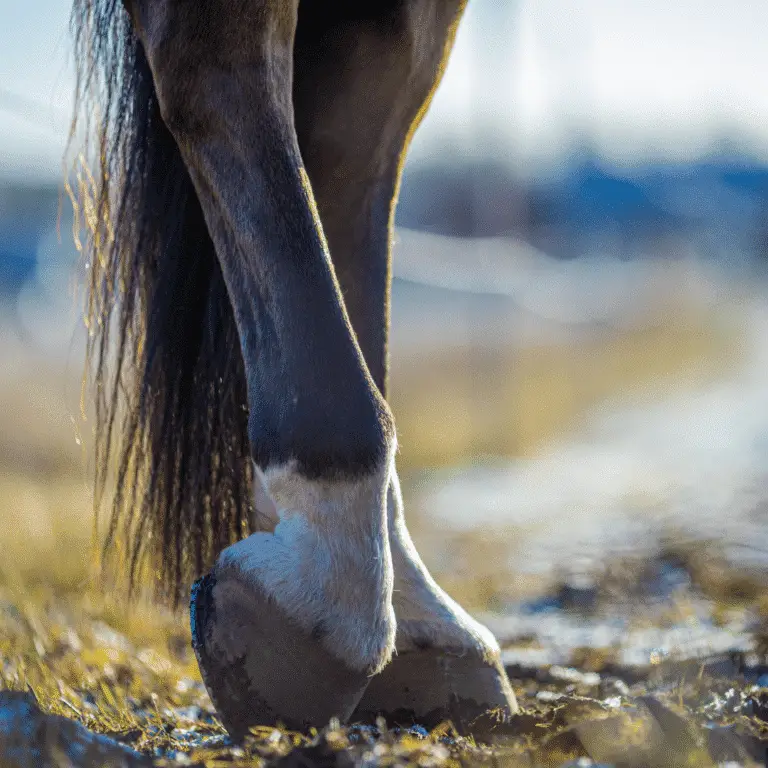
Seek veterinary advice if you suspect this disease.
A bruised sole in horses is a condition where the horse’s sole becomes tender and painful due to trauma or injury, often resulting in inflammation and discomfort.
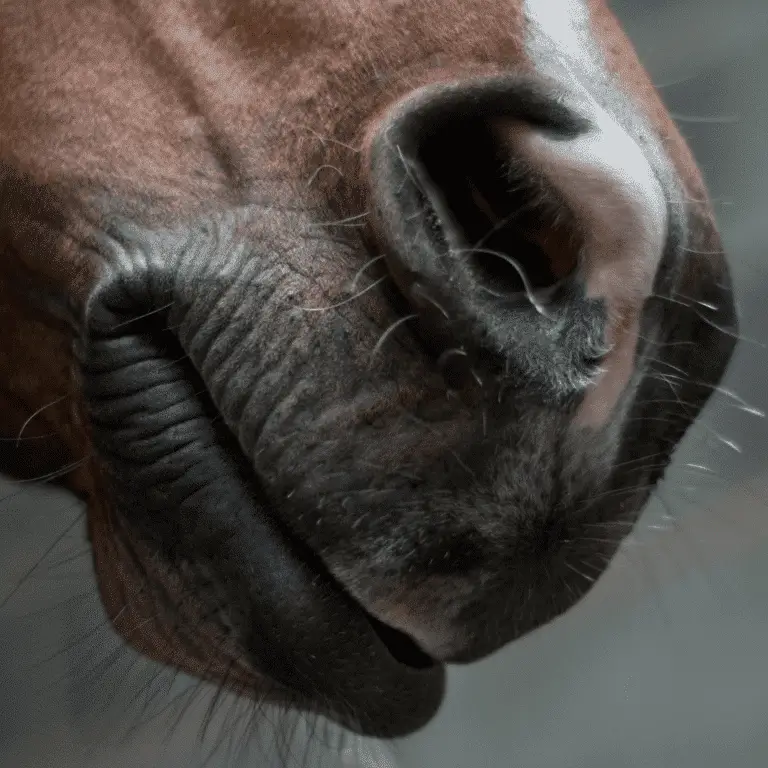
Equine Herpesvirus This disease is life-threatening and should be treated by a veterinarian swiftly. Equine Herpes Virus (EHV) is a
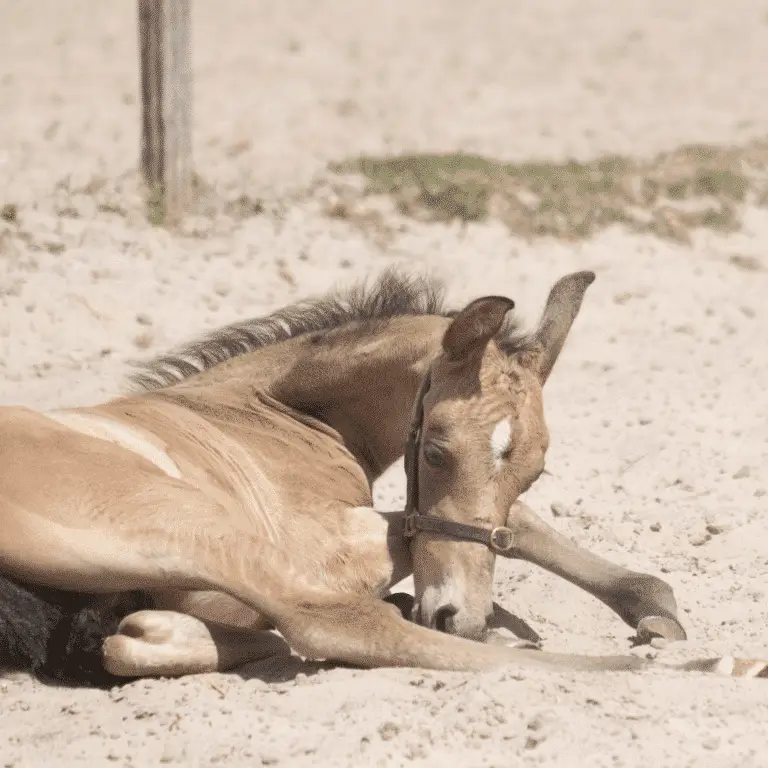
In the world of equine health, few conditions are as perplexing and potentially debilitating as angular limb deformity (ALD). In this article, we embark on a journey to unravel the complexities of ALD, shedding light on its causes, manifestations, and the crucial steps towards effective management and treatment.
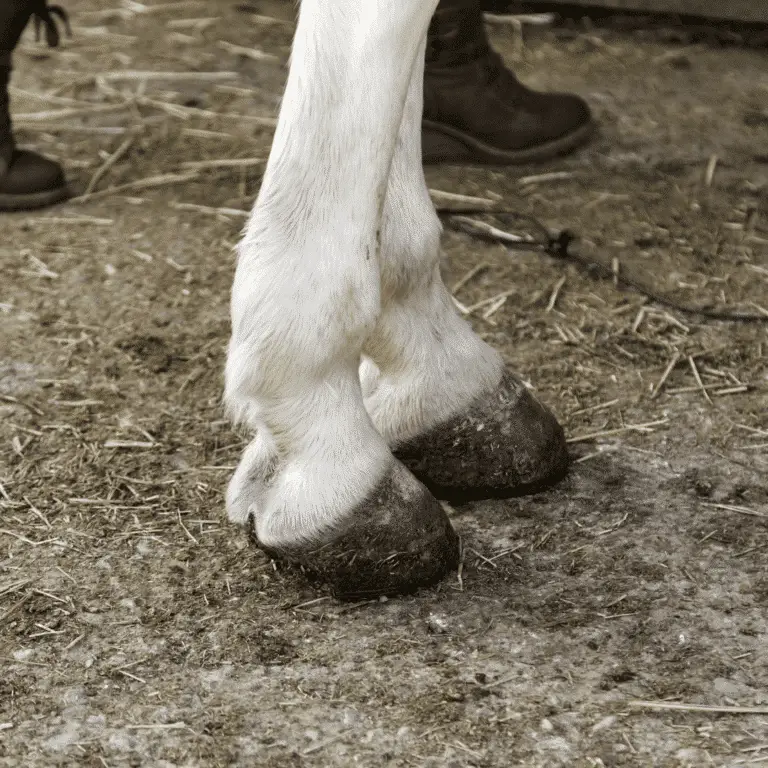
Tenosynovitis in Horses Seek veterinary advice before applying any treatment Tenosynovitis refers to inflammation of the synovial membrane and the
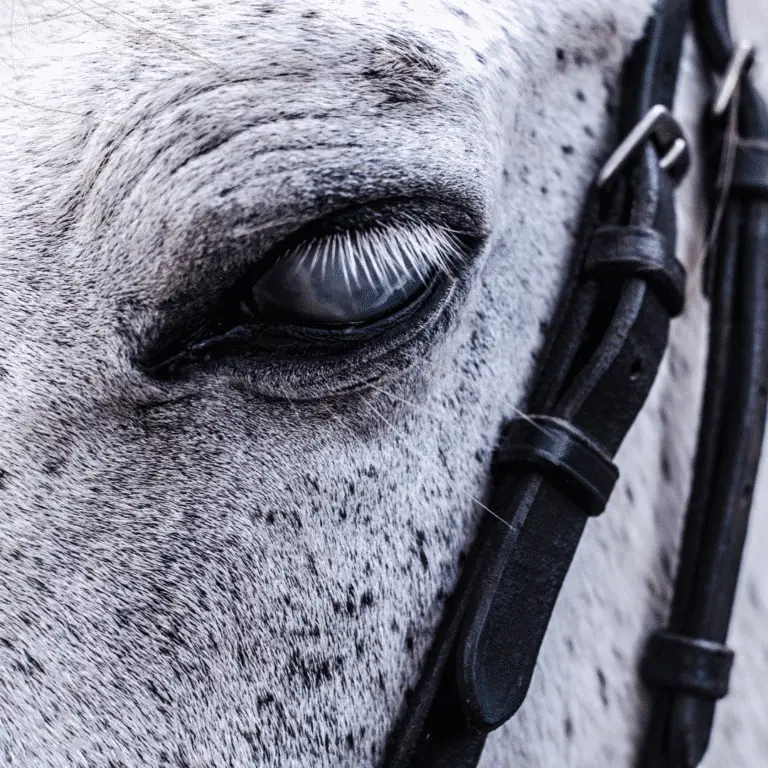
Equine Recurrent Uveitis (Moon Blindness) Seek veterinary advice before applying any treatment. Equine Recurrent Uveitis also referred to as Moon
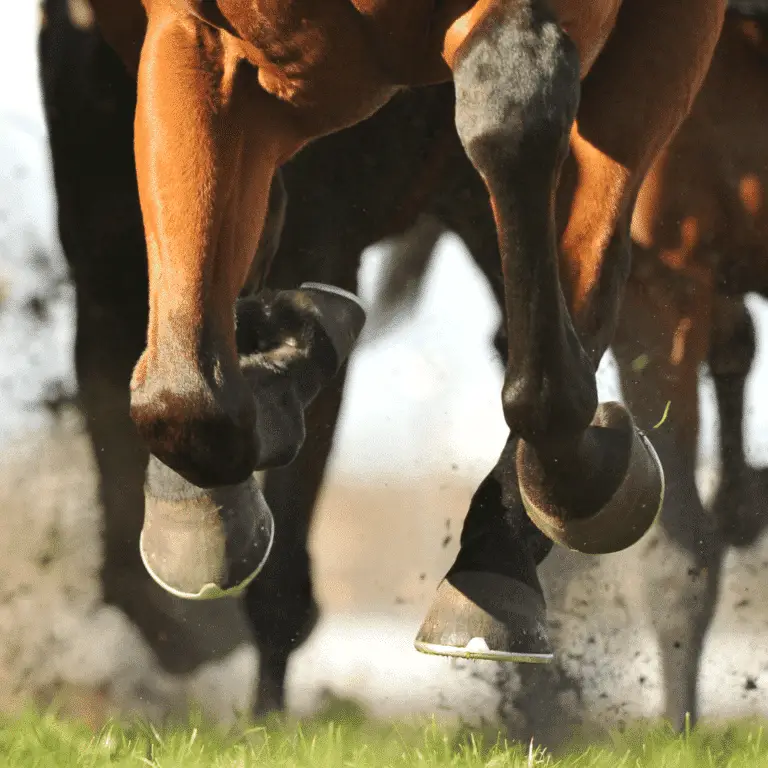
Sheared Heels in Horses Seek veterinary advice before applying any treatment. Sheared heels can be defined as a hoof capsule
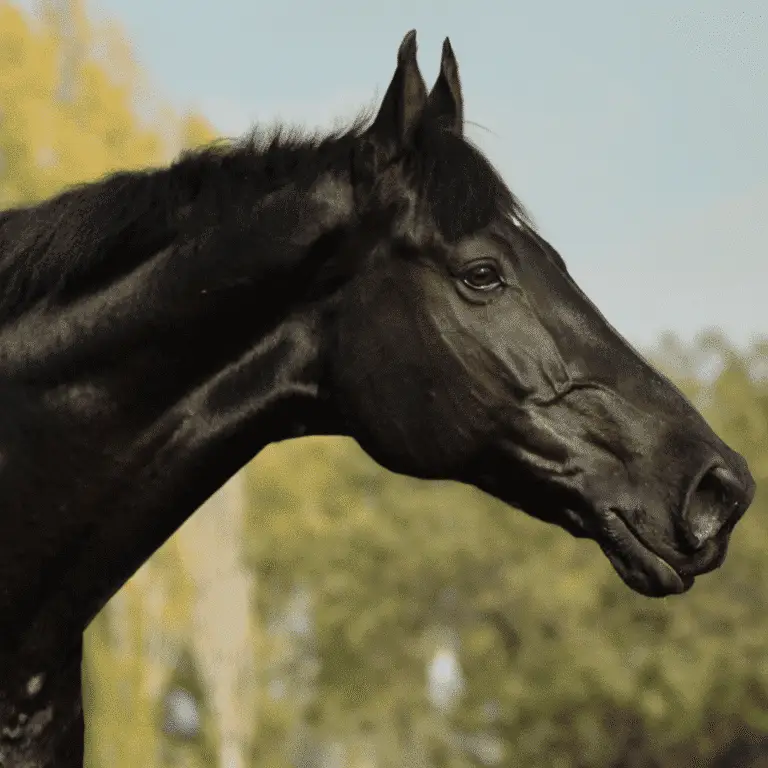
Laryngeal Paralysis Seek veterinary advice if you suspect this disease. Equine laryngeal paralysis is a disorder that affects the larynx
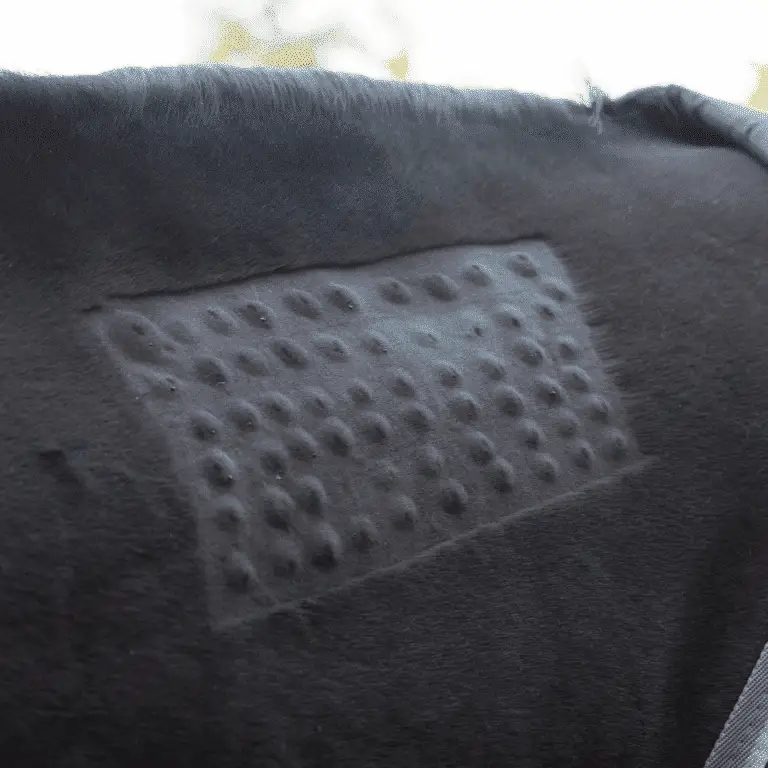
Equine Allergy Seek veterinary advice before applying any treatment An allergy is an exaggerated response from the immune system to
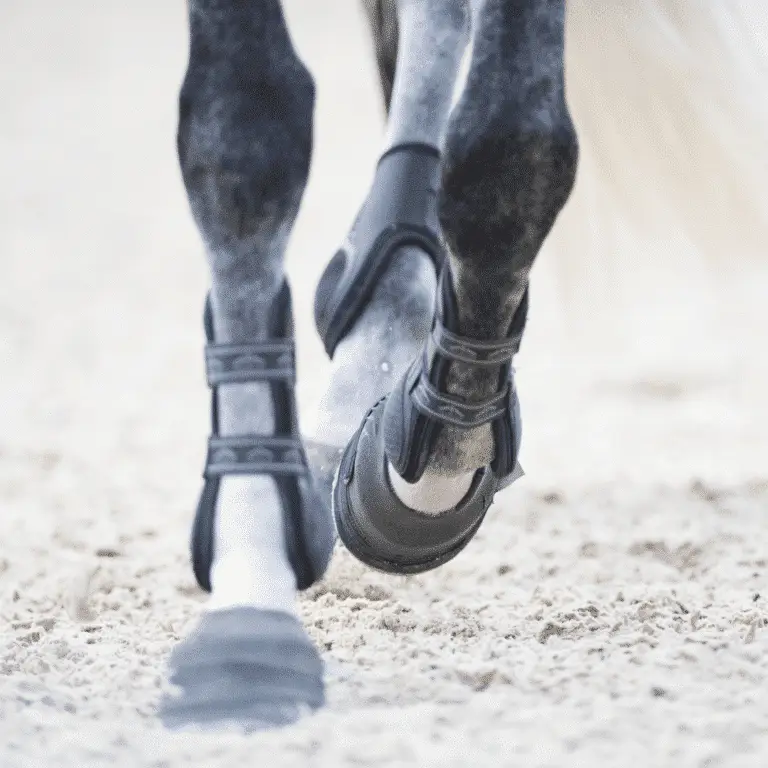
Synovitis in Horses Seek veterinary advice before applying any treatment Synovitis is the inflammation of the synovial membranes, these are
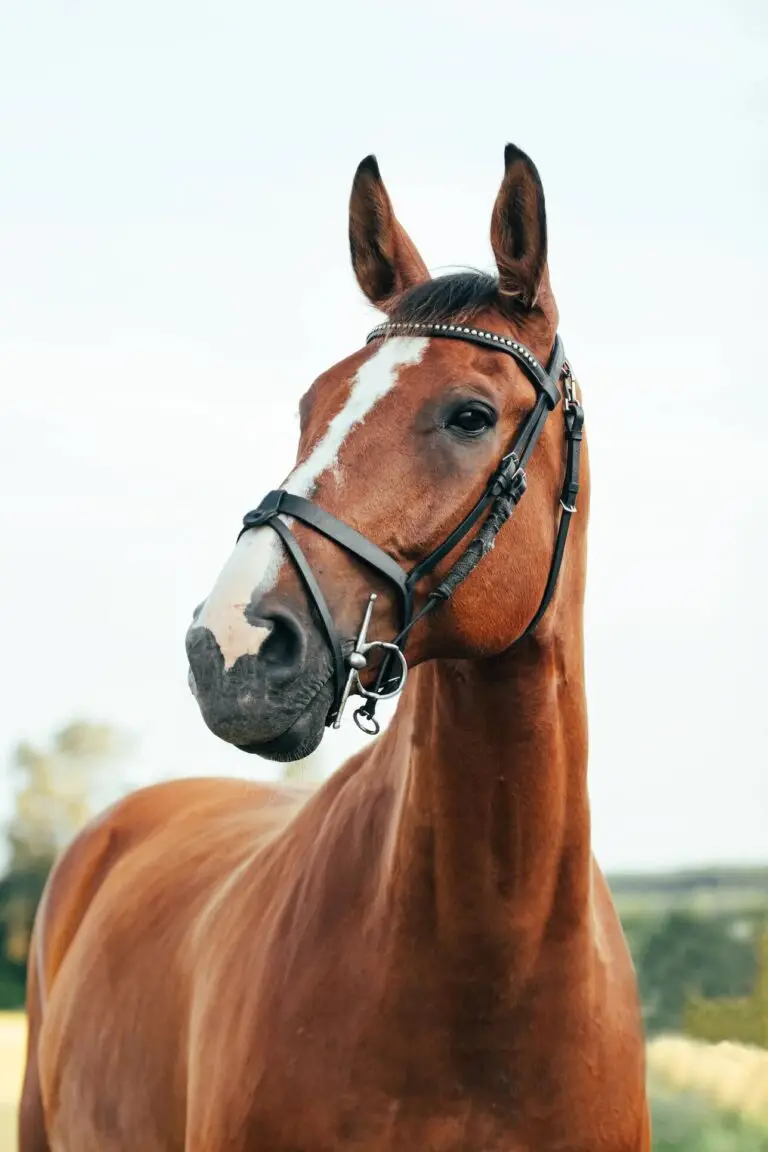
Did you know that you can recognise poisoning symptoms earlier with the app? Our customer Lisa, recognised poisoning with the

Blue-green Algae Toxicity This disease is life-threatening and should be treated by a veterinarian swiftly. Blue-green algae, or cyanobacteria, are
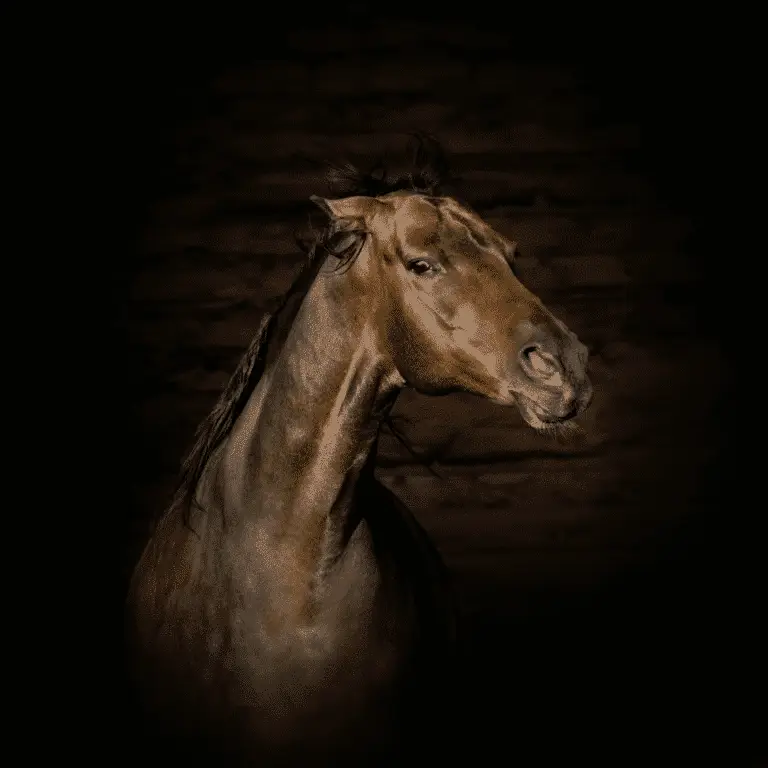
Equine Rabies This disease is fatal and reportable, it cannot be cured or adequately treated and is expected to result

Foal Immunodeficiency Syndrome (Fell Pony Syndrome) This disease is fatal, cannot be cured or adequately treated and is expected to

Mud Fever (Pastern dermatitis) in Horses Seek veterinary advice before applying any treatment. Mud Fever is often caused by bacteria
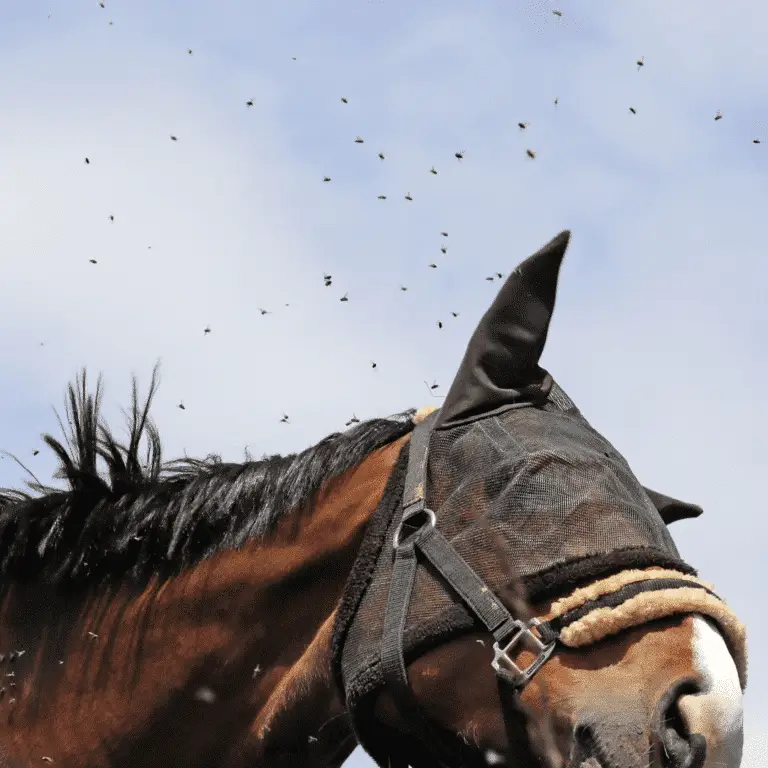
Ectoparasites in Horses Seek veterinary advice if you suspect this disease. An ectoparasite is a parasite that lives on the
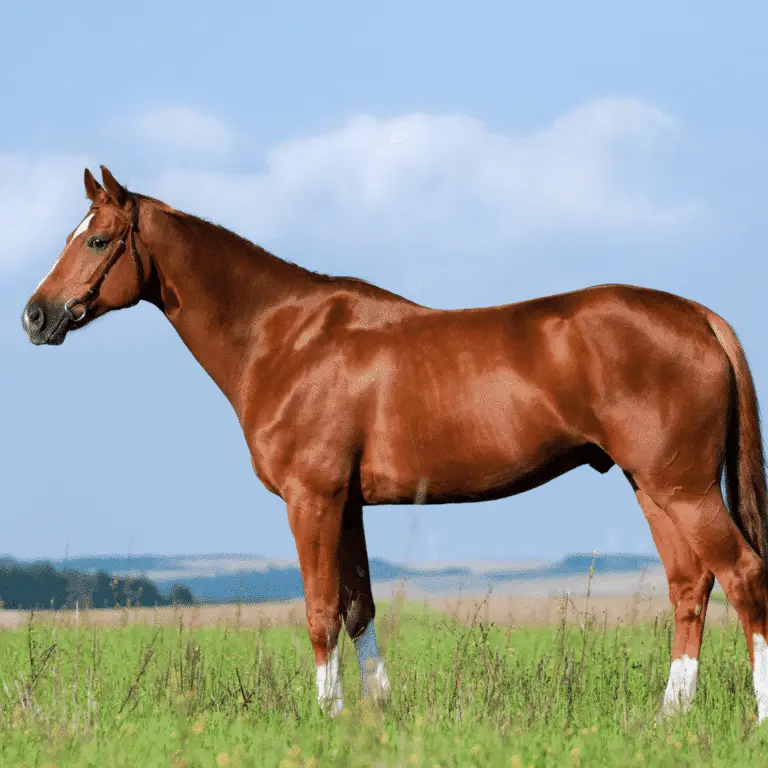
Subchondral Bone Cysts (SBC) Seek veterinary advice before applying any treatment A cyst is a fluid filled structure, and subchondral
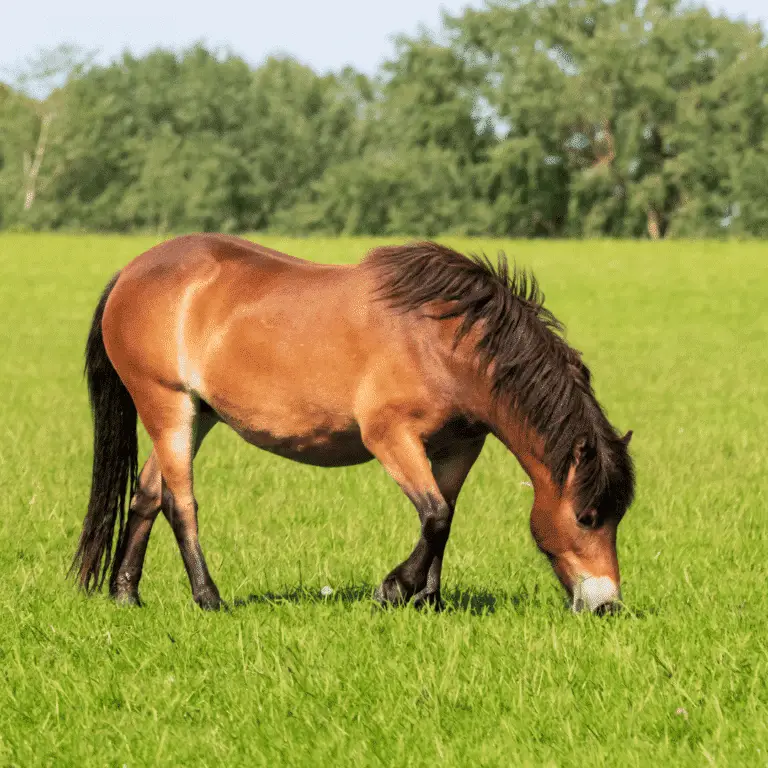
Equine Grass Sickness (Equine Dysautonomia) This disease is life-threatening and should be treated by a veterinarian swiftly. Equine grass sickness
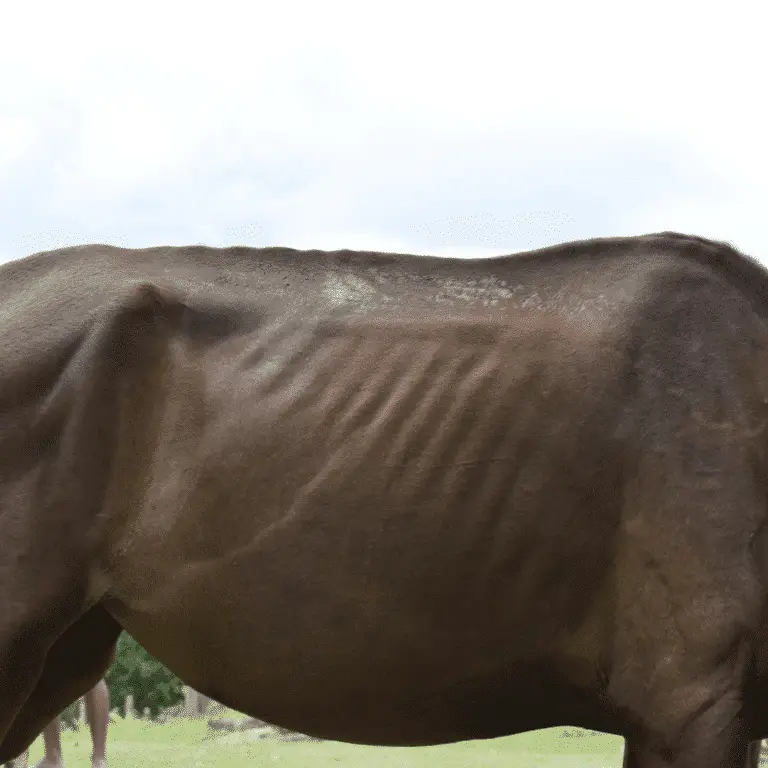
Addison Disease in Horses This disease is life-threatening and should be treated by a veterinarian swiftly. Addison’s disease, also known
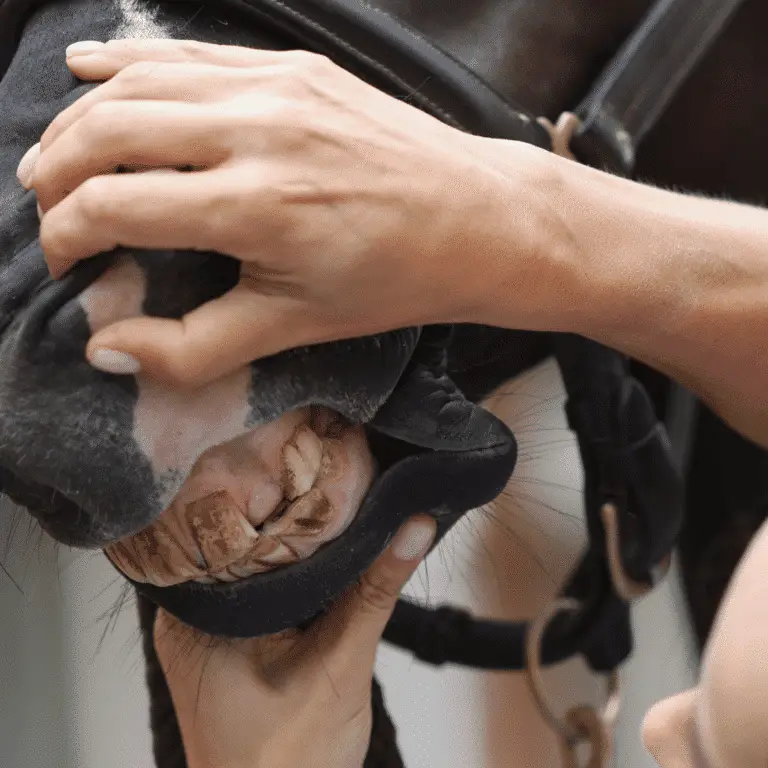
Shear Mouth in Horses Seek veterinary advice if you suspect this disease. Shear mouth is a dental problem commonly seen
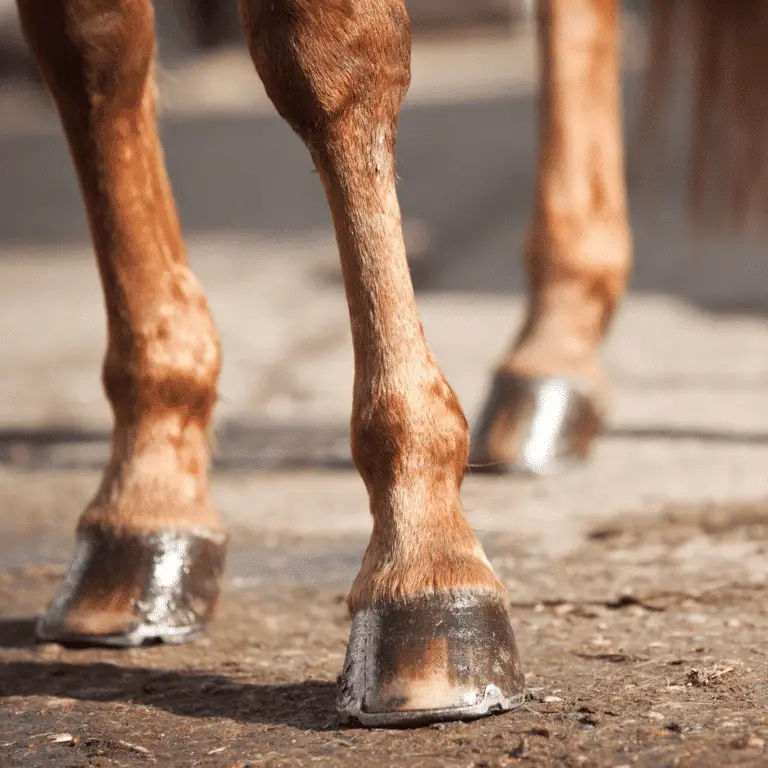
Degenerative Suspensory Ligament Desmitis (DSLD) Seek veterinary advice if you suspect this disease. The exact cause of DSLD has not
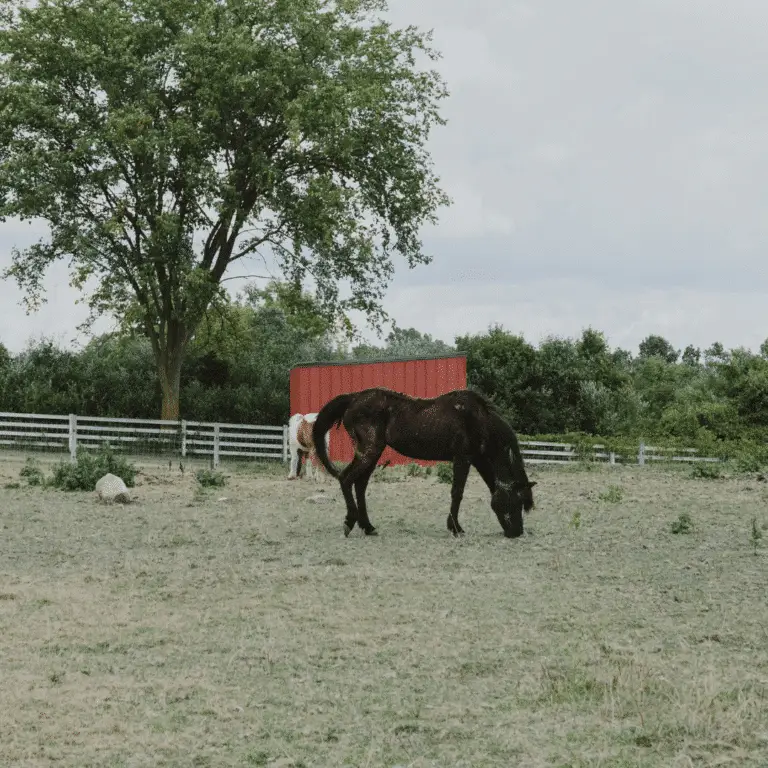
Lordosis in Horses (Swayback) Seek veterinary advice if you suspect this disease. Lordosis, commonly known as swayback, is a spinal
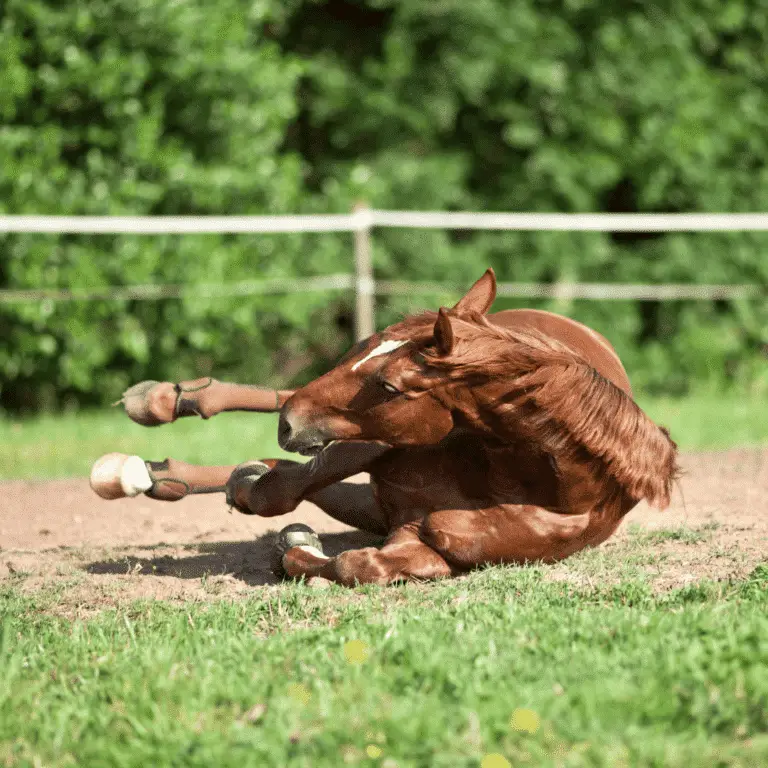
Equine Protozoal Myeloencephalitis This disease is life-threatening and should be treated by a veterinarian swiftly. Equine Protozoal Myeloencephalitis (EPM) is
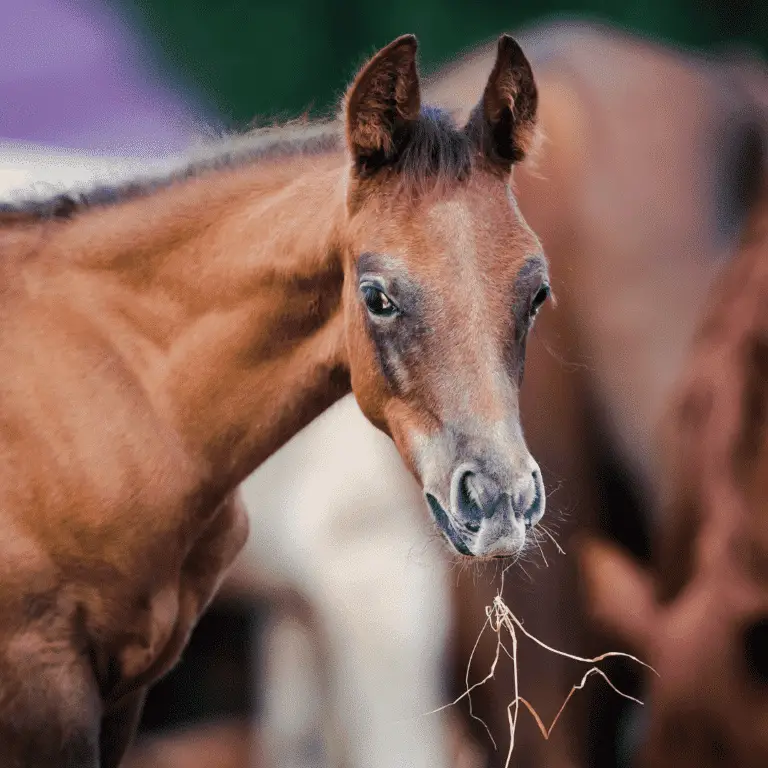
Lavender Foal Syndrome This disease is fatal, and cannot be cured or adequately treated and is expected to result in
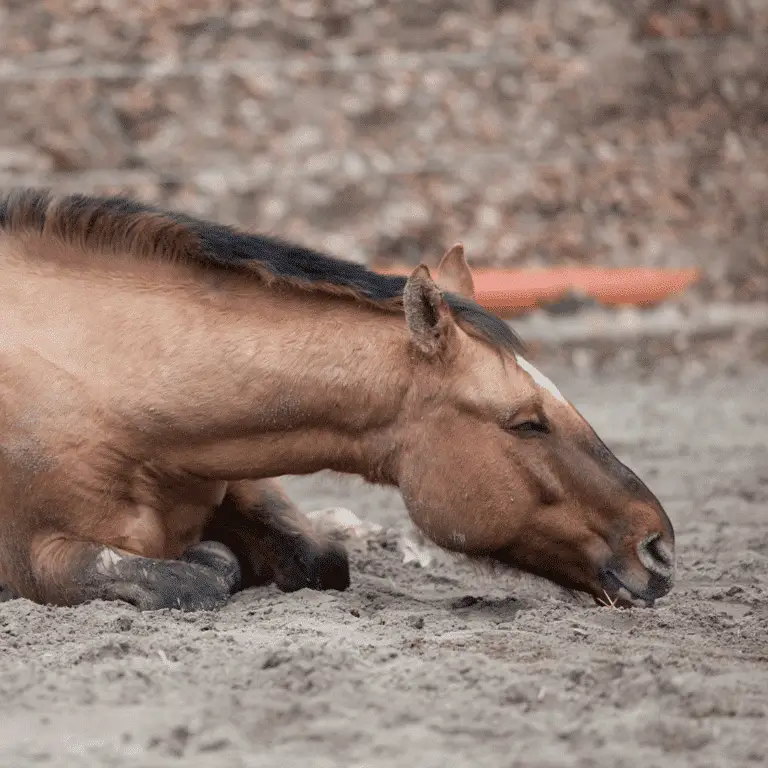
Seek veterinary advice if you suspect this disease.
Anaplasma rhabdomyolysis is a muscle disease in horses caused by Anaplasma bacteria, leading to muscle damage, stiffness, and weakness, often requiring veterinary intervention.
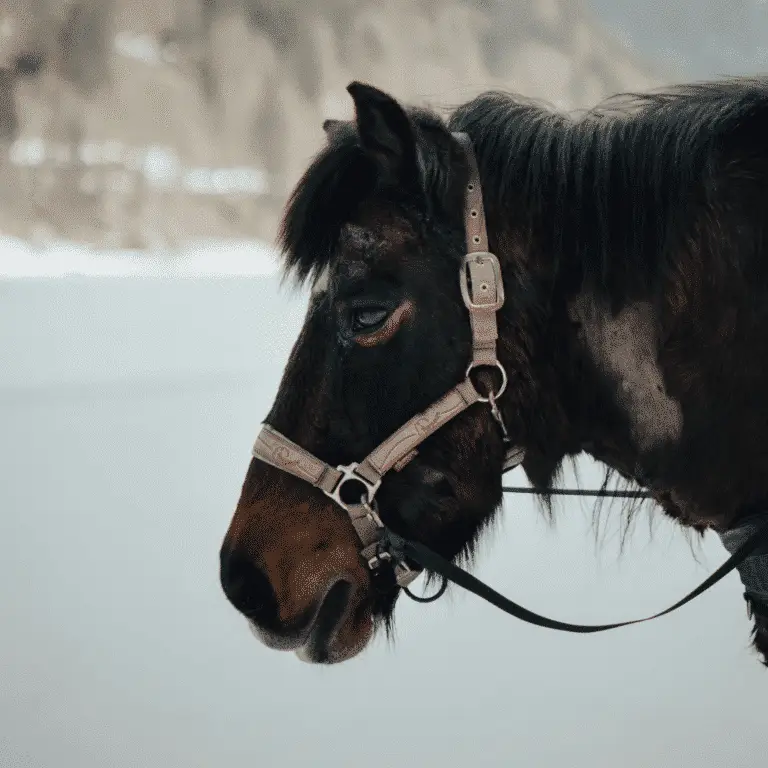
Alopecia in Horses Seek veterinary advice if you suspect this disease. Alopecia in horses refers to the partial or complete
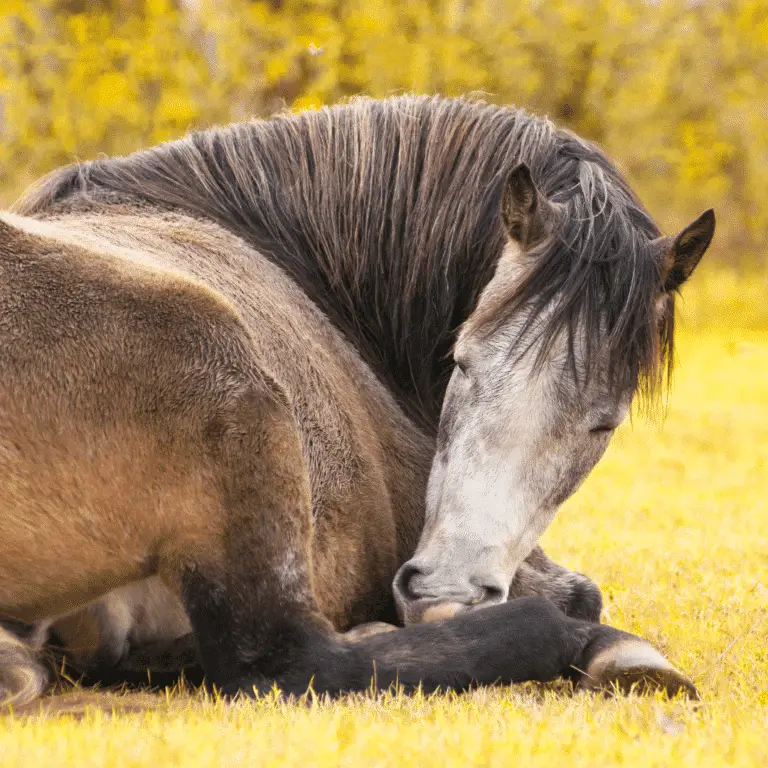
Muscle Abscess in Horses Seek veterinary advice if you suspect this disease. Staphylococcus aureus, Streptococcus equi, and Corynebacterium pseudotuberculosis are
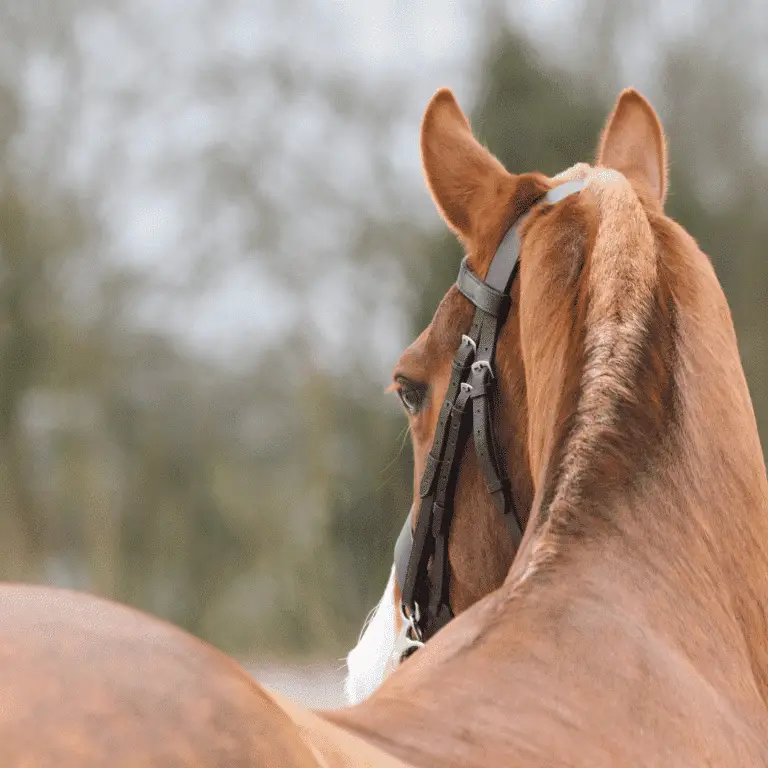
Fistulous Withers in Horses Seek veterinary advice if you suspect this disease. Fistulous withers is a chronic inflammatory skin disease characterised by
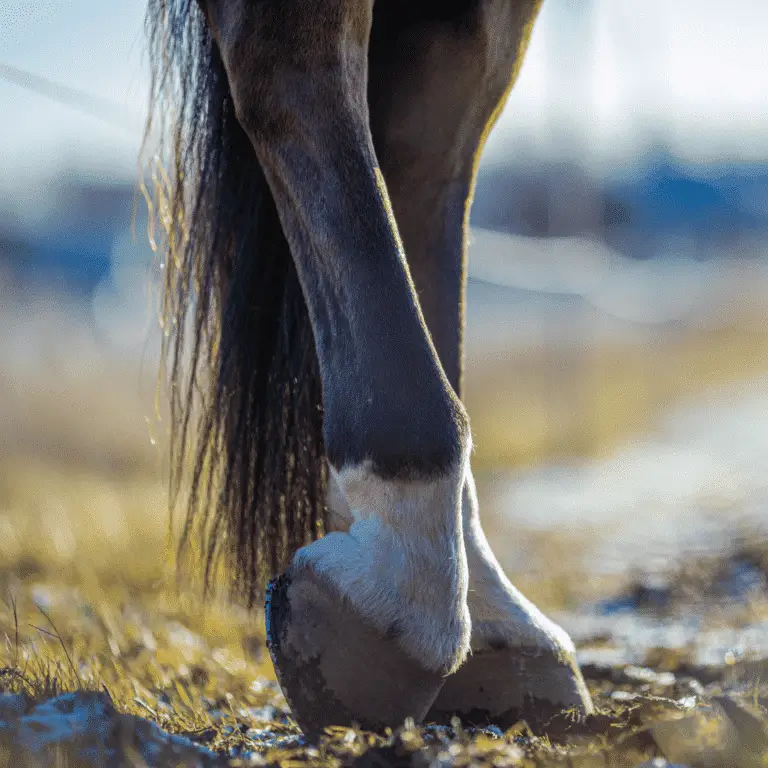
Tendonitis in Horses Seek veterinary advice before applying any treatment Tendonitis is the inflammation of a tendon. It can be
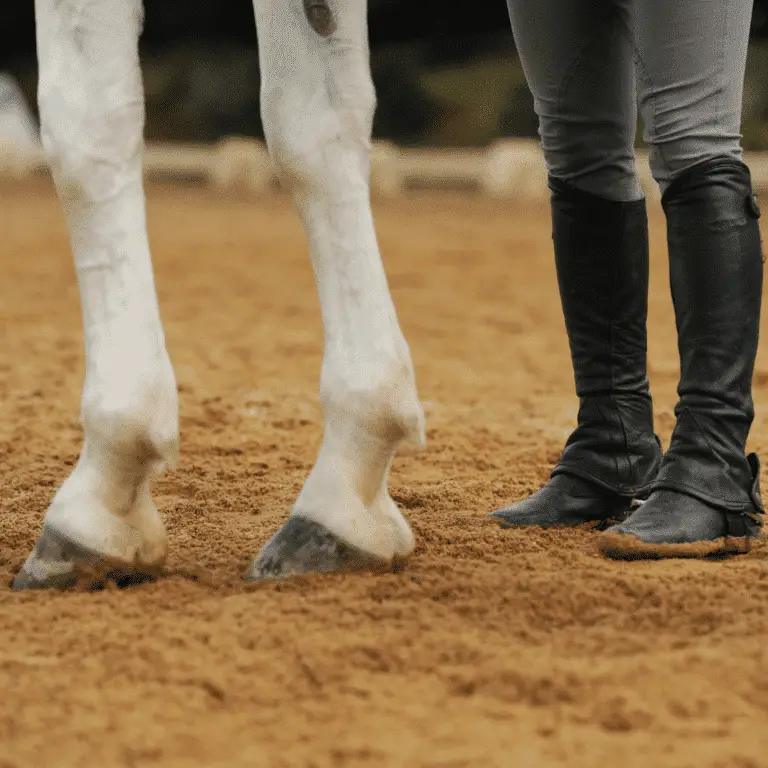
Bursitis in Horses Seek veterinary advice if you suspect this disease. Bursitis is extremely common in horses. It is inflammation
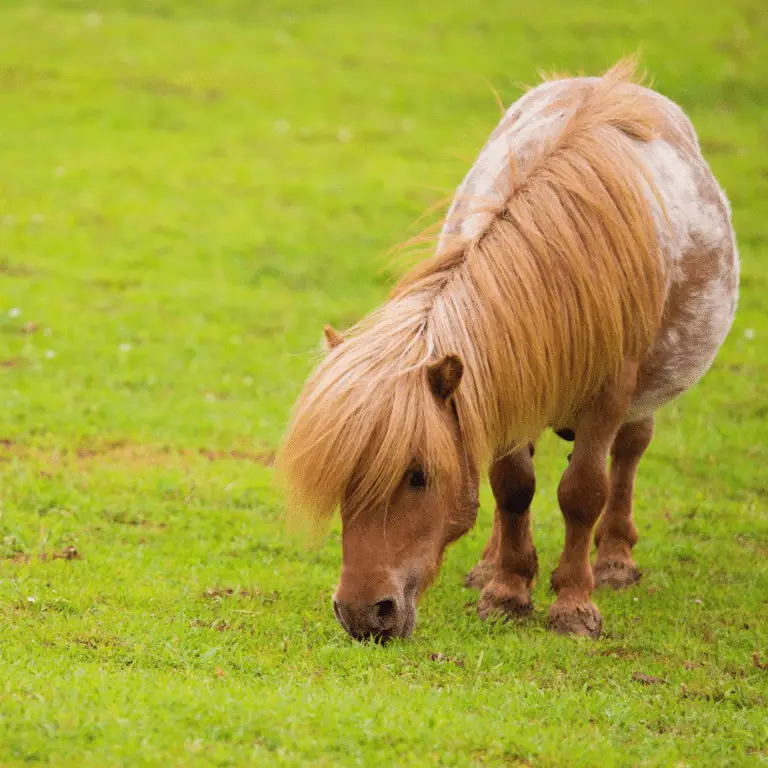
Equine Metabolic Syndrome (EMS) Seek veterinary advice if you suspect this disease. Equine Metabolic Syndrome (EMS) is an endocrine disorder, which
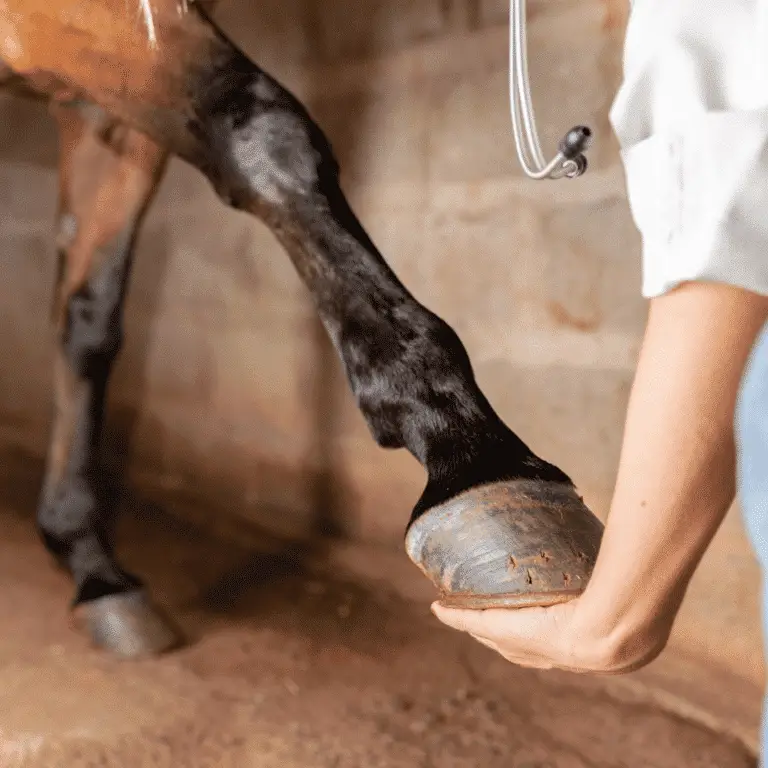
Ligament Strain in Horses Seek veterinary advice if you suspect this disease. Ligament strains in horses are common injuries affecting

Seek veterinary advice before applying any treatment.
Coronary sinus quittor in horses is a chronic infection of the collateral cartilages of the hoof, often resulting in abscesses and lameness.
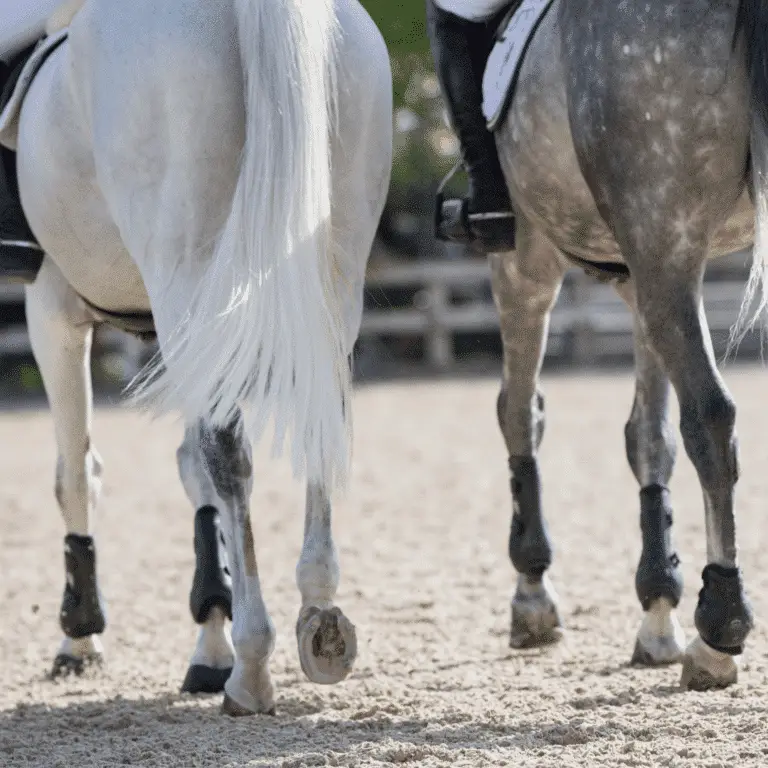
Splint Exostoses in Horses Seek veterinary advice before applying any treatment The most common abnormality is a lumpy splint bone
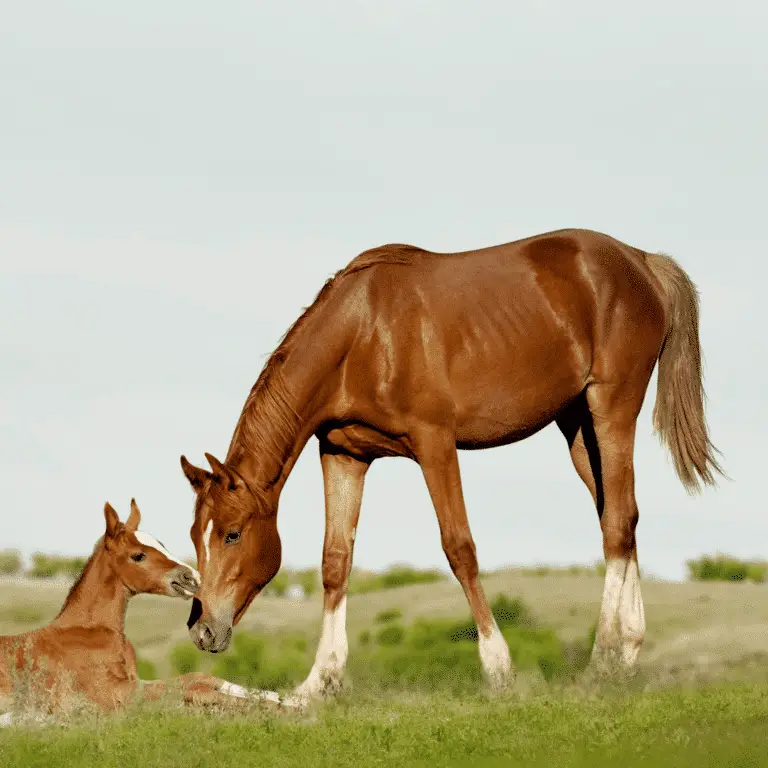
Contagious Equine Metritis (CEM) Seek veterinary advice if you suspect this disease. Contagious Equine Metritis (CEM) is a sexually transmitted
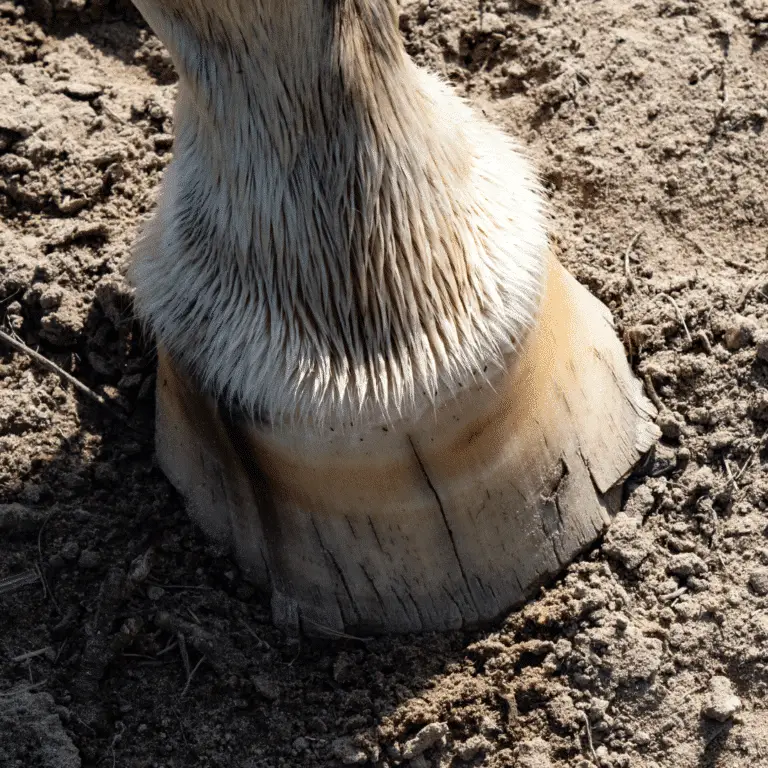
Hoof Cracks: Sandcracks, grasscracks and horizontal cracks Seek veterinary advice before applying any treatment. These cracks originate from the coronary

Equine Melanoma in Horses Seek veterinary advice if you suspect this disease. Melanomas are cancerous growths most commonly associated with
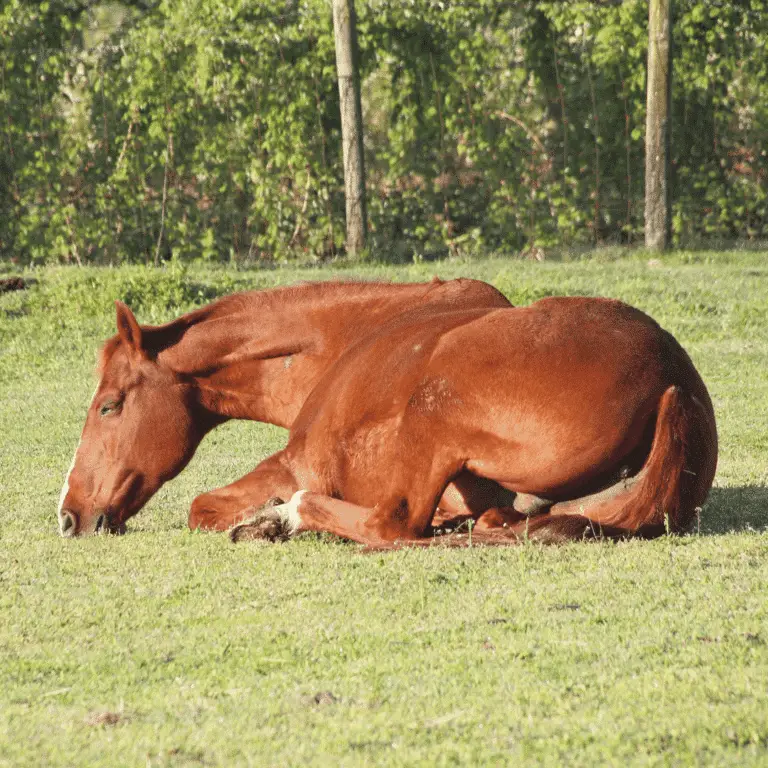
Endoparasites in Horses Seek veterinary advice if you suspect this disease. Endoparasites are any type of parasite that lives inside
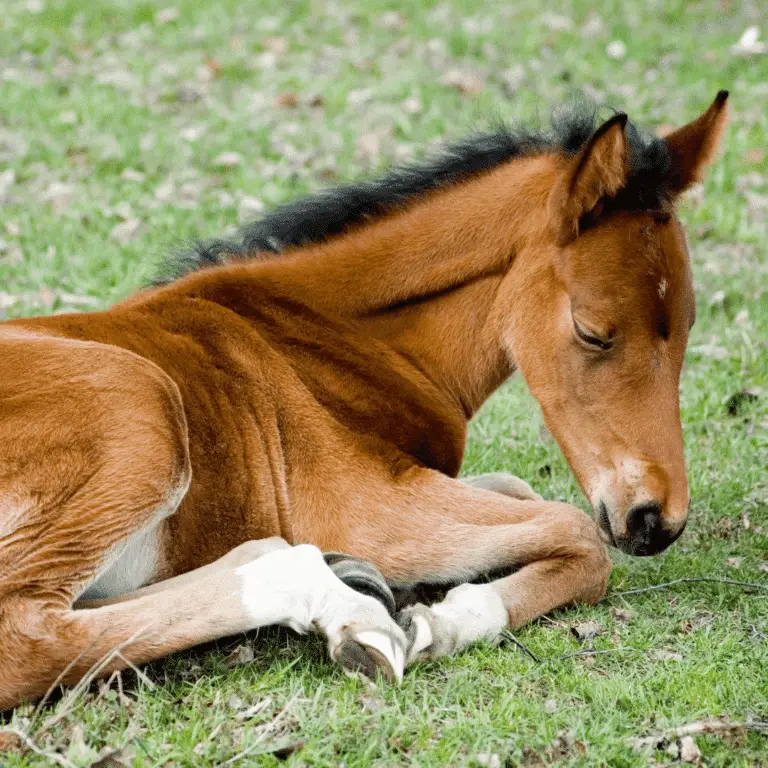
Fibrous Osteodystrophy in Horses Seek veterinary advice if you suspect this disease. In the equine species, fibrous osteodystrophyis commonly caused
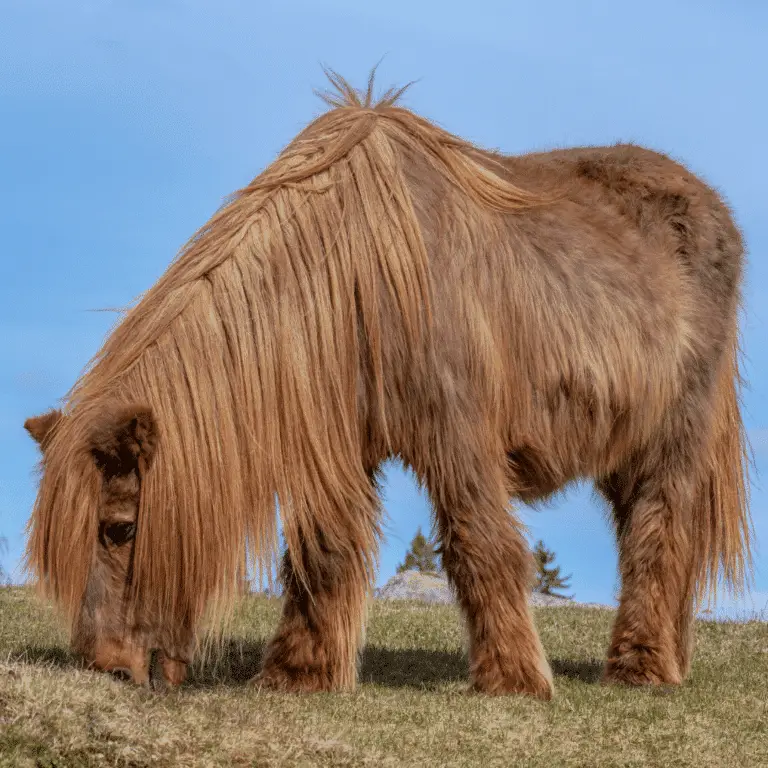
Equine Cushing’s Disease (PPID) Seek veterinary advice if you suspect this disease. Pituitary pars intermedia dysfunction (PPID), also known as

Salmonellosis in Horses This disease is life-threatening and should be treated by a veterinarian swiftly. Salmonellosis is a disease associated
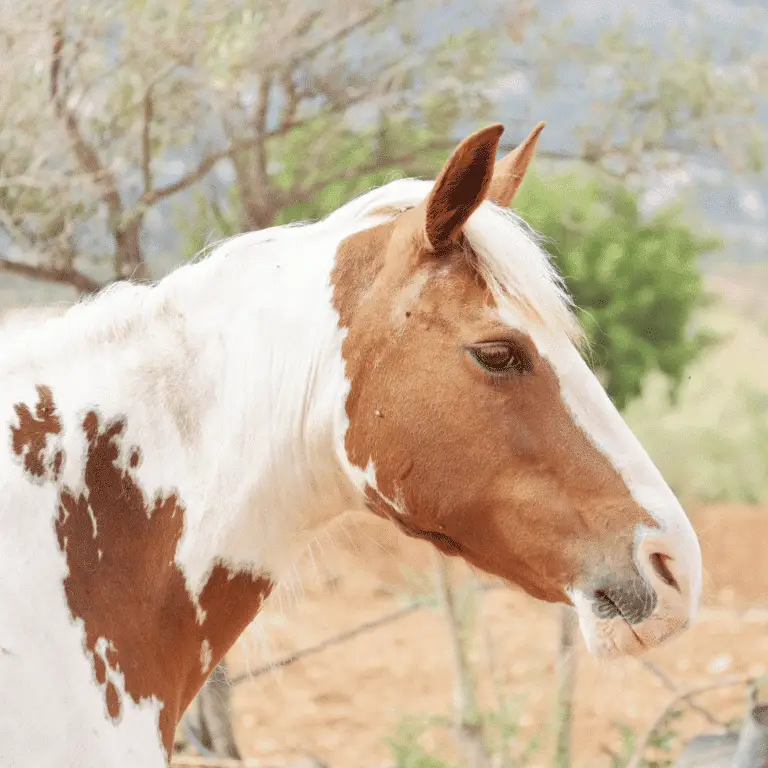
Squamous Cell Carcinoma This disease is life-threatening and should be treated by a veterinarian swiftly. Squamous cell carcinoma (SCC) is
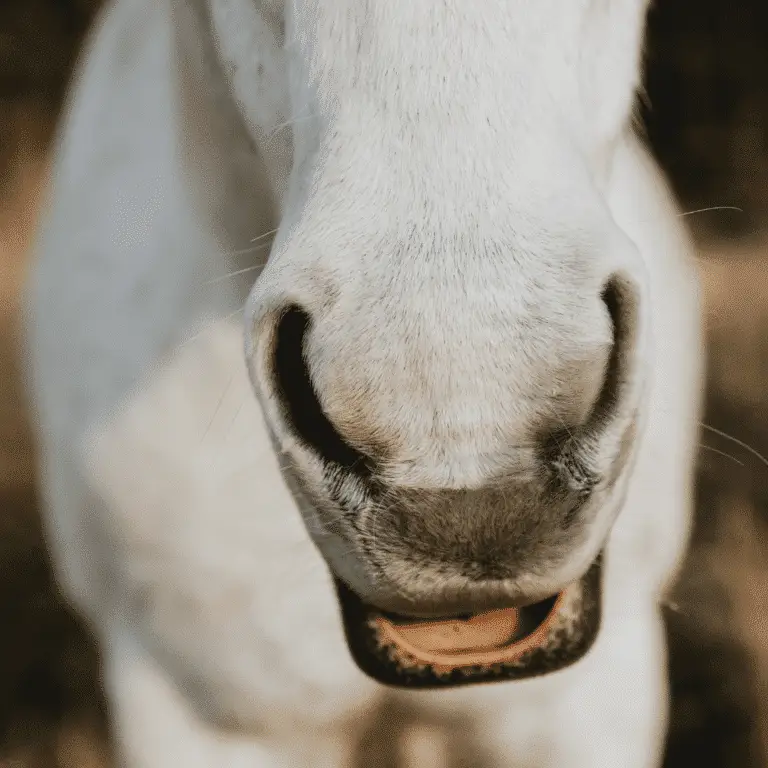
Cryptococcosis in Horses This disease is life-threatening and should be treated by a veterinarian swiftly. Cryptococcosis is a fungal infection caused by
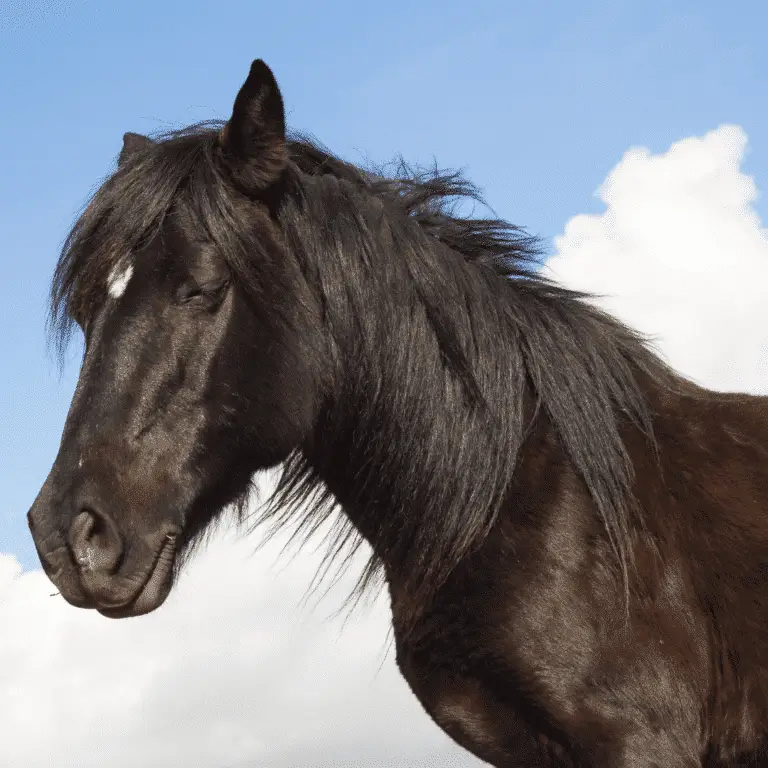
Borna Disease in Horses This disease is life-threatening and should be treated by a veterinarian swiftly. Borna Disease, caused by
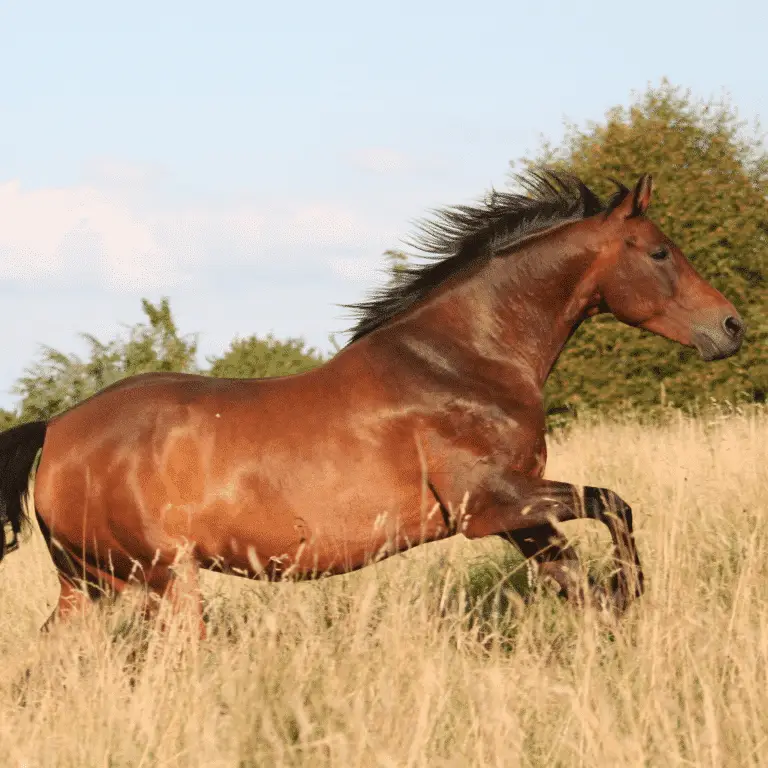
Clostridial Myositis in Horses This disease is life-threatening and should be treated by a veterinarian swiftly. Clostridial myositis is a
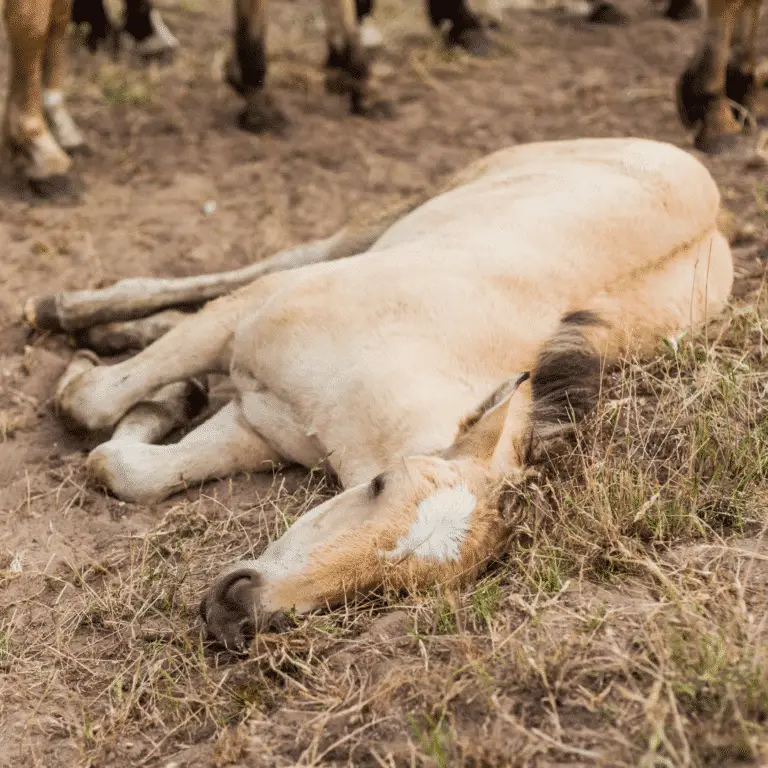
Equine Degenerative Myeloencephalopathy Seek veterinary advice if you suspect this disease. Equine Degenerative Myeloencephalopathy (EDM) is a hereditary neurological disorder
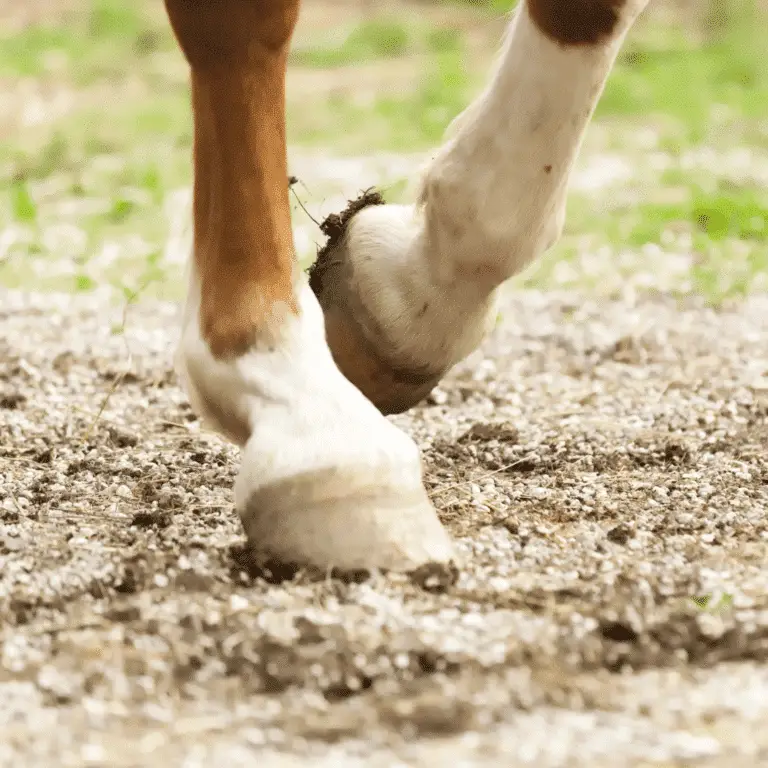
Corns in Horses Seek veterinary advice if you suspect this disease. A corn is a bruise that forms between the
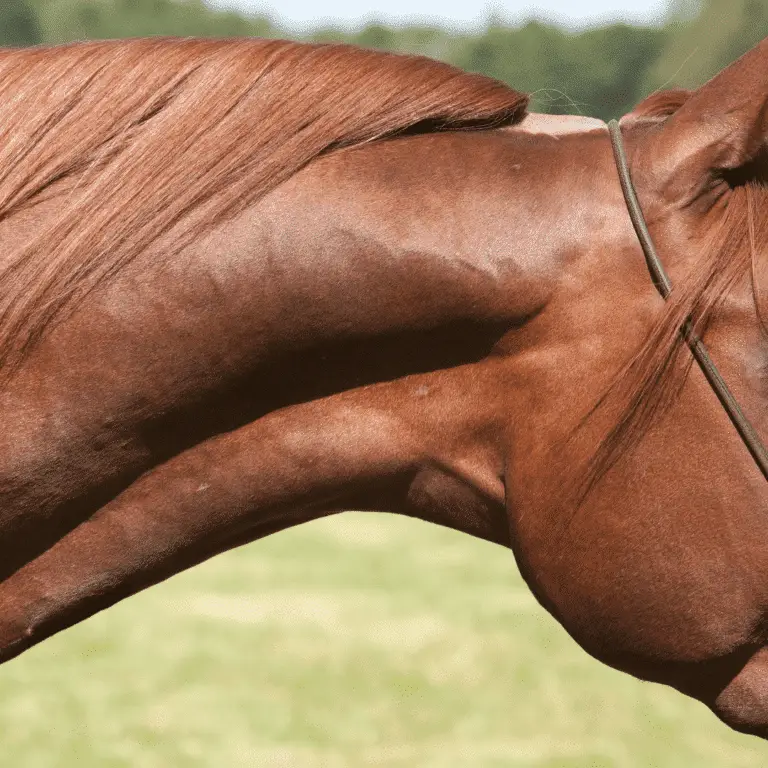
Strangles in Horses This disease is life-threatening and should be treated by a veterinarian swiftly. Strangles, caused by the Streptococcus
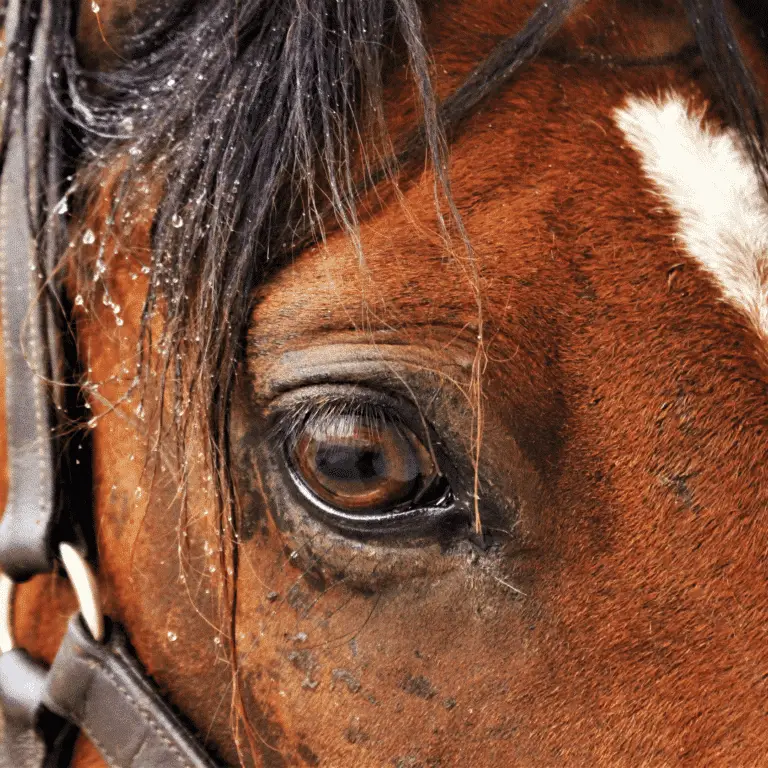
Corneal Stromal Abcess in Horses Seek veterinary advice before applying any treatment A corneal abscess occurs when bacteria or fungus
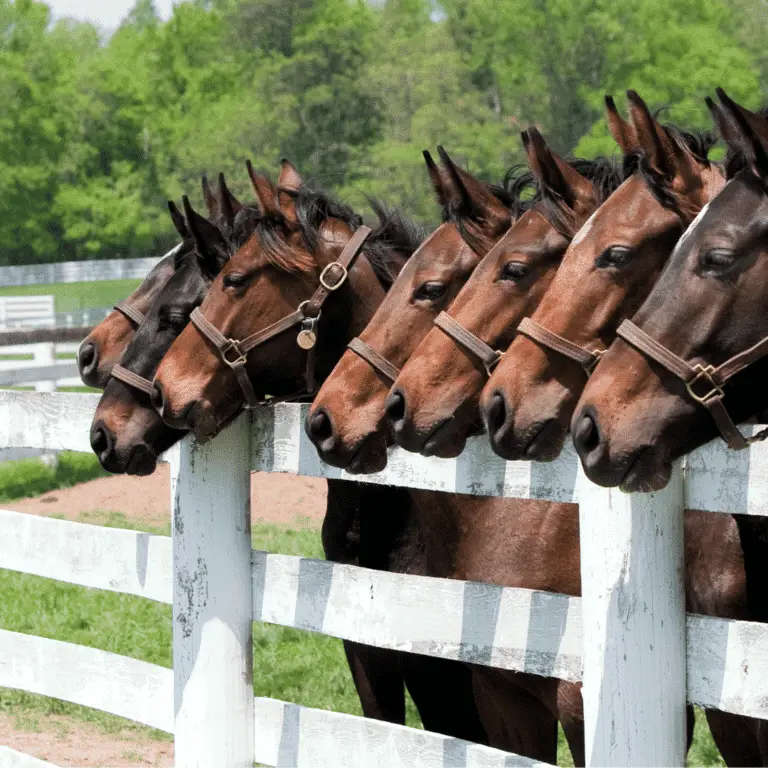
Ventricular Septal Defect (VSD) in Horses Seek veterinary advice before applying any treatment. Ventricular septal defect (VSD) is a congenital
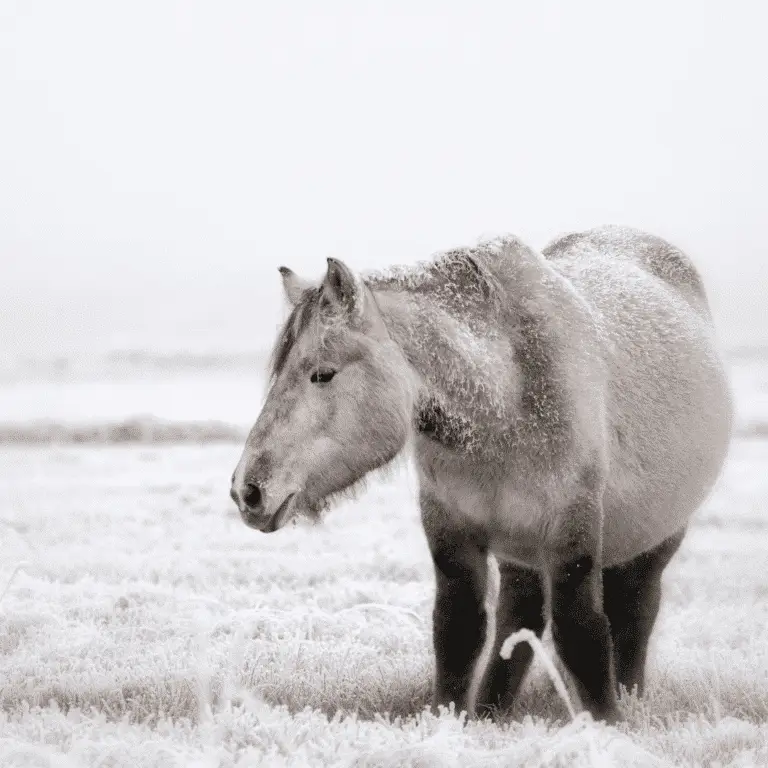
Frostbite in Horses Seek veterinary advice if you suspect this disease. Frostbite in horses is a serious condition that occurs
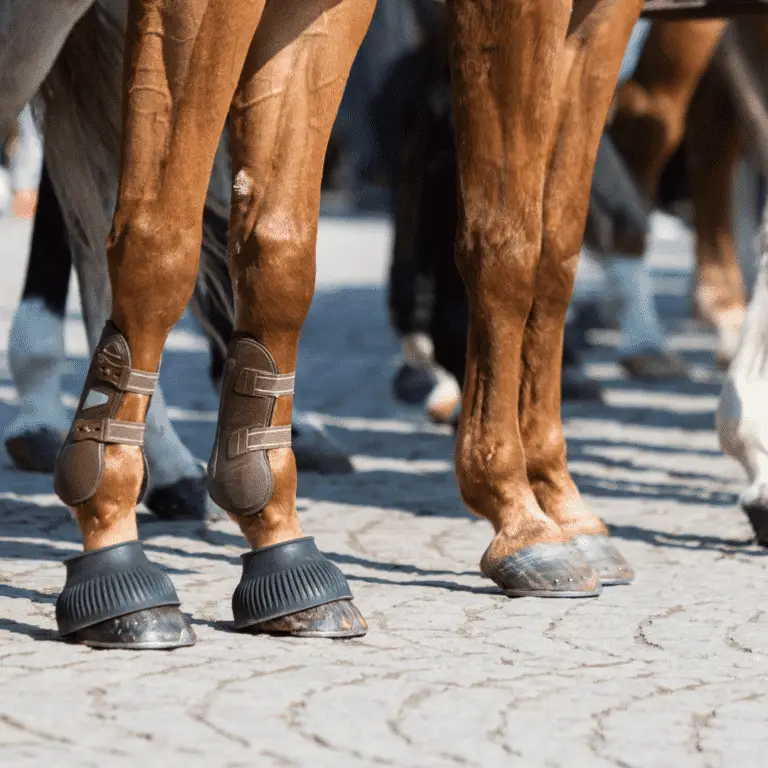
Osteoarthritis in Horses Seek veterinary advice before applying any treatment Osteoarthritis is the most common type of arthritis in the horse and

Traumatic Arthritis in Horses Seek veterinary advice before applying any treatment Traumatic arthritis (TA) which is caused by excessive/abnormal use
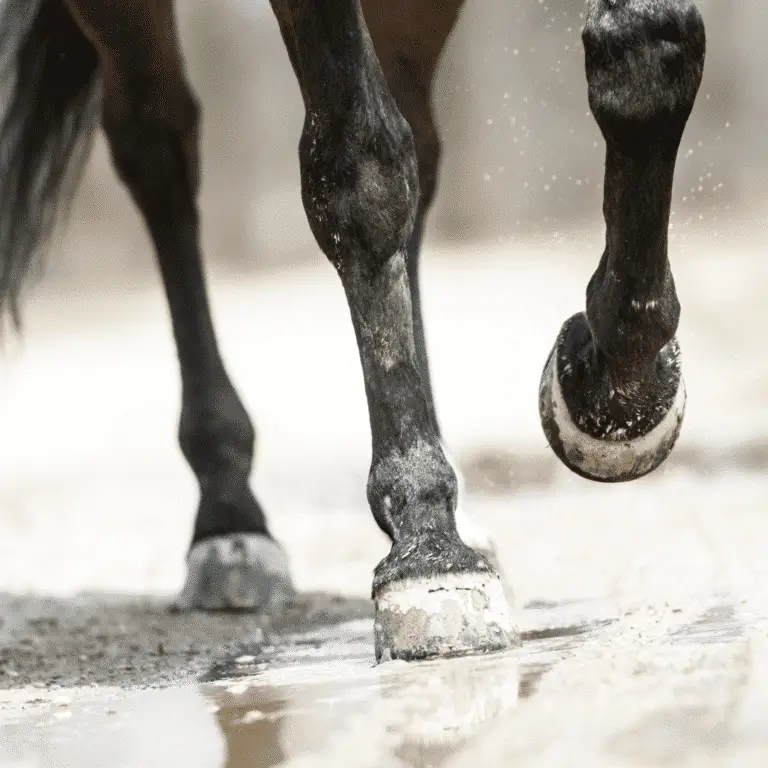
Navicular Bone Fracture in Horses Seek veterinary advice before applying any treatment. Navicular bone fractures can be classified into one
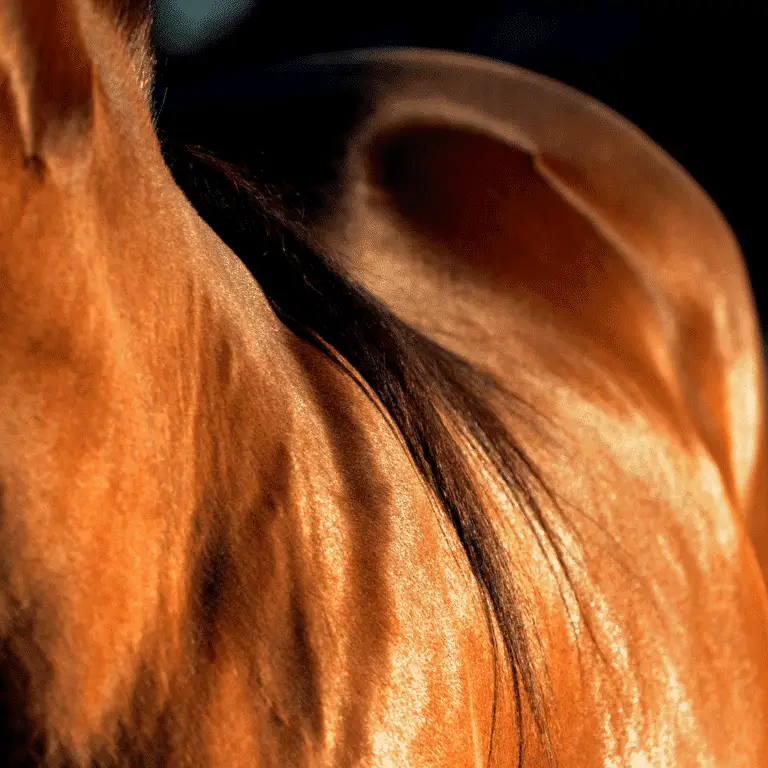
Systematic Lupus Erthematosus (SLE) in Horses Seek veterinary advice before applying any treatment Equine systemic lupus erythematosus (SLE) is a
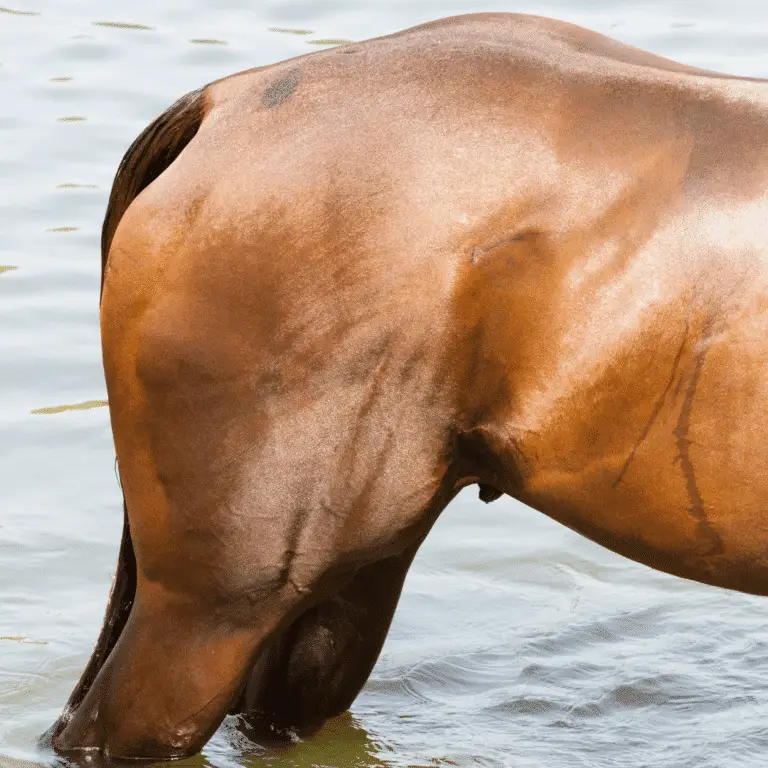
Equine Exertional Rhabdomyolysis (Tying-Up) This disease is life-threatening and should be treated by a veterinarian swiftly. Equine exertional rhabdomyolysis, more
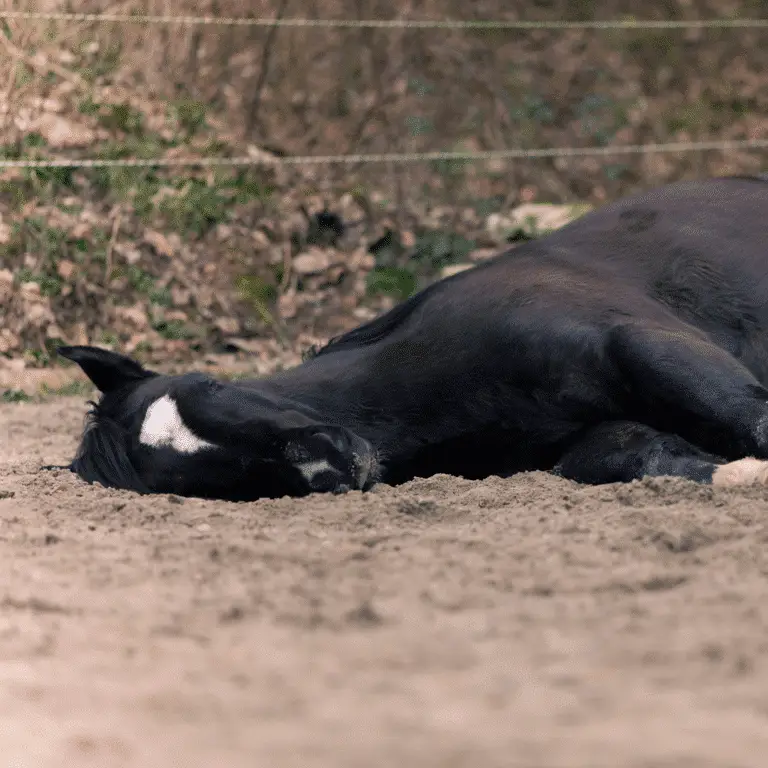
This disease is life-threatening and should be treated by a veterinarian swiftly.
Equine colic refers to abdominal pain in horses, it is a common and potentially life-threatening condition requiring prompt treatment.
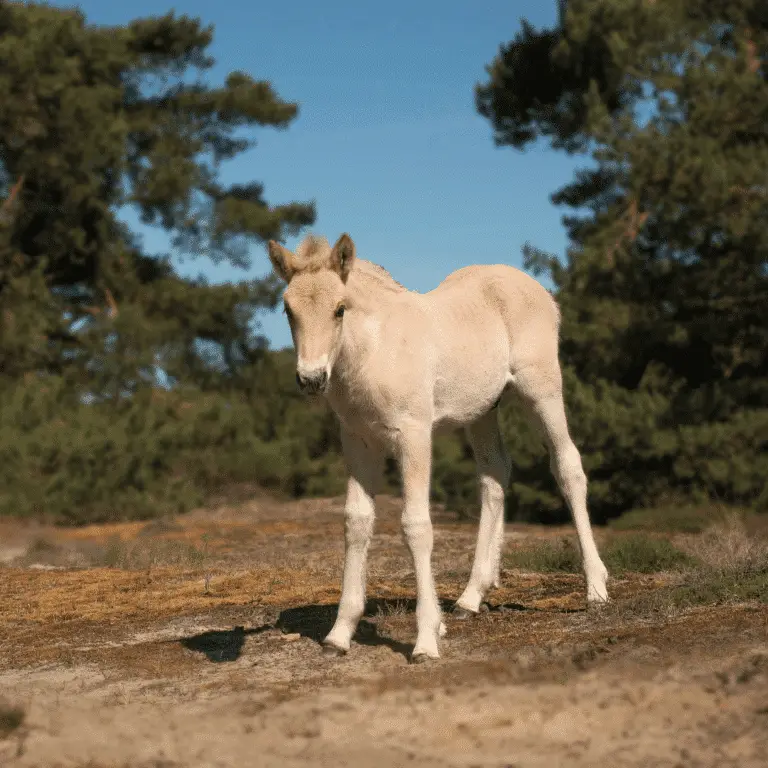
Abortion in Horses Seek veterinary advice if you suspect this disease. Equine Abortion is the loss of a pregnancy before
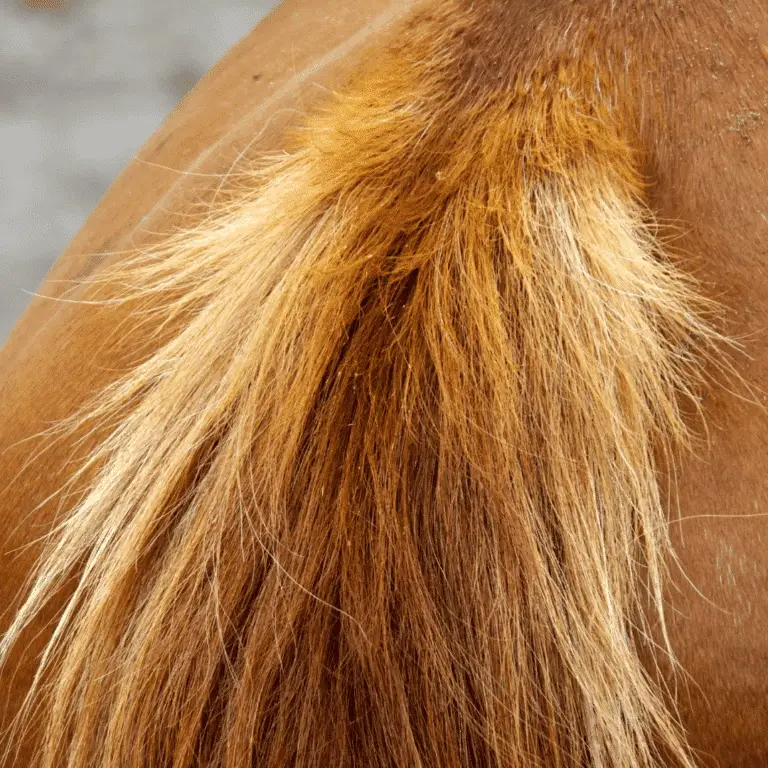
Pinworms in Horses Seek veterinary advice if you suspect this disease. Equine pinworms, also known as Oxyuris equi, are a

Seek veterinary advice if you suspect this disease.
Equine motor neurone disease is a progressive neurological disorder in horses causing muscle weakness, weight loss, and trembling.
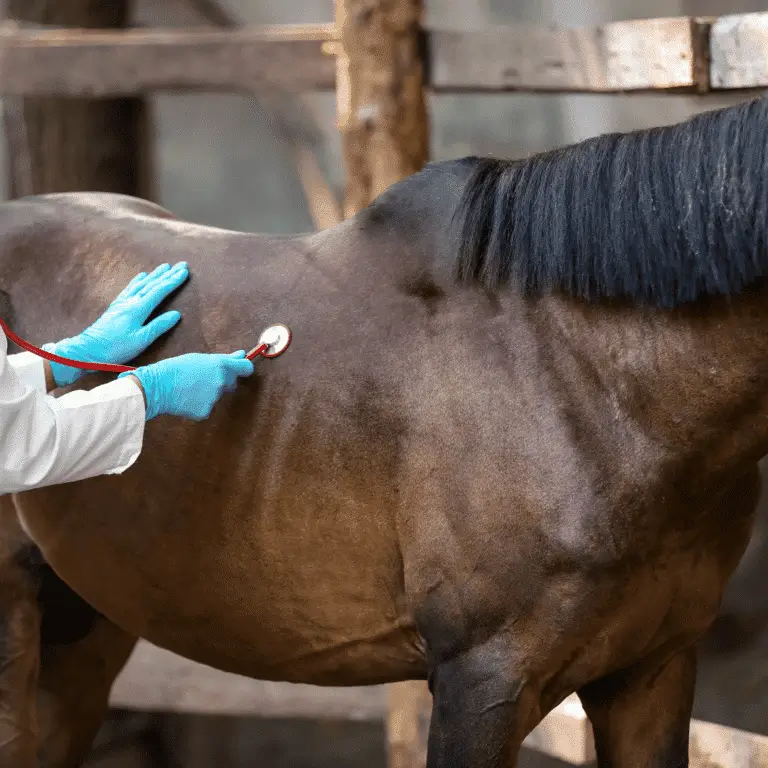
Heart Valve Dysplasia in Horses Seek veterinary advice if you suspect this disease. Heart valve dysplasia is a congenital heart
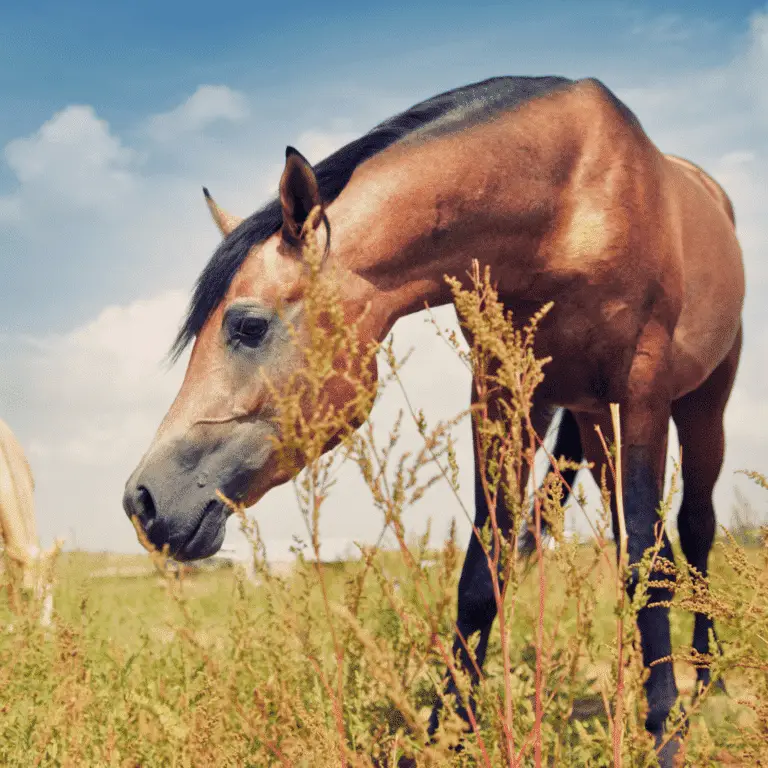
Anhidrosis in Horses Seek veterinary advice if you suspect this disease. Anhidrosis in horses, also known as “dry coat syndrome”
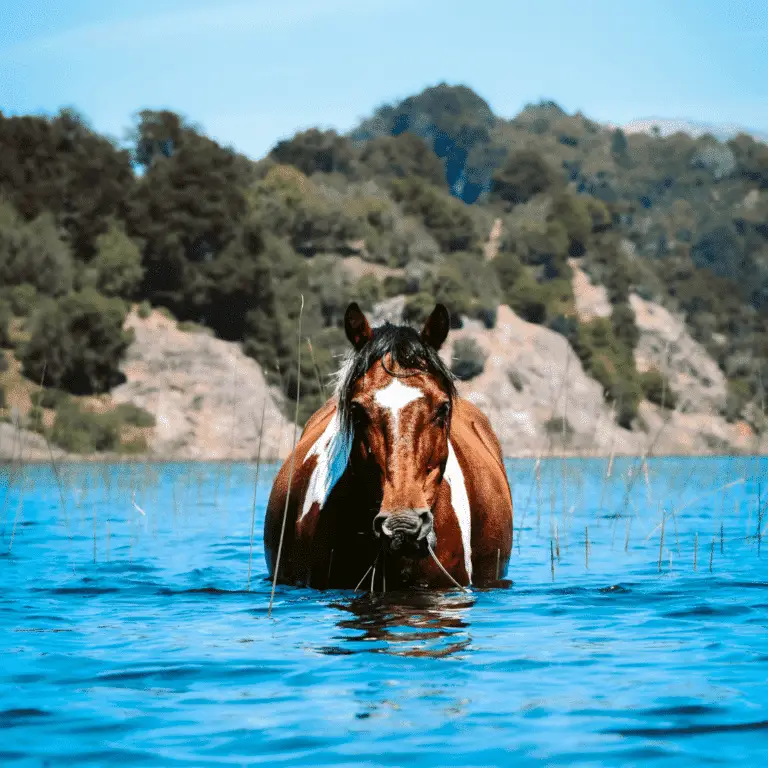
Heat Exhaustion in Horses Seek veterinary advice if you suspect this disease. Heat exhaustion in horses is a milder form
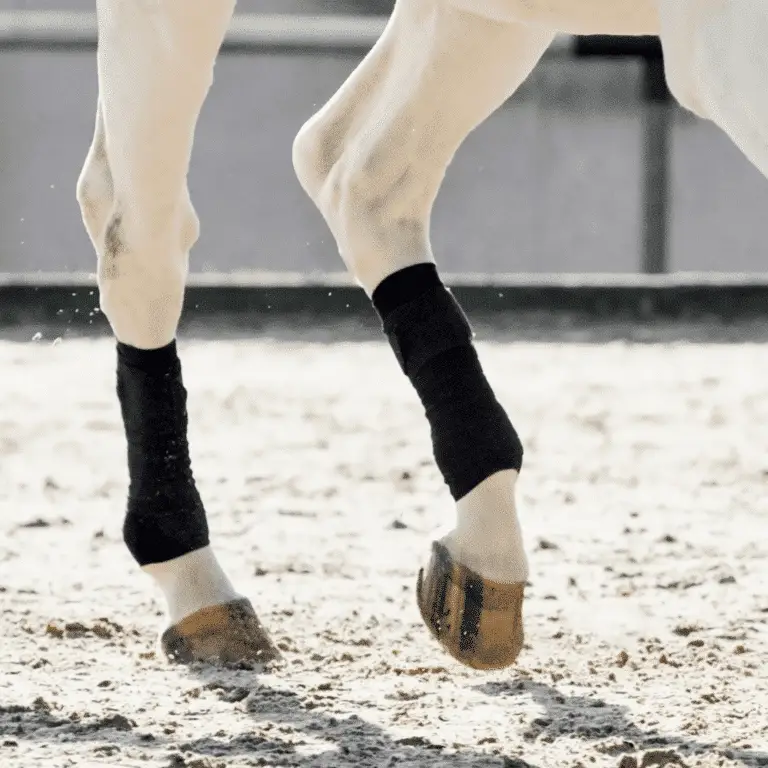
Bone Spavin in Horses Seek veterinary advice if you suspect this disease. Bone spavin is osteoarthritis, or the final phase of
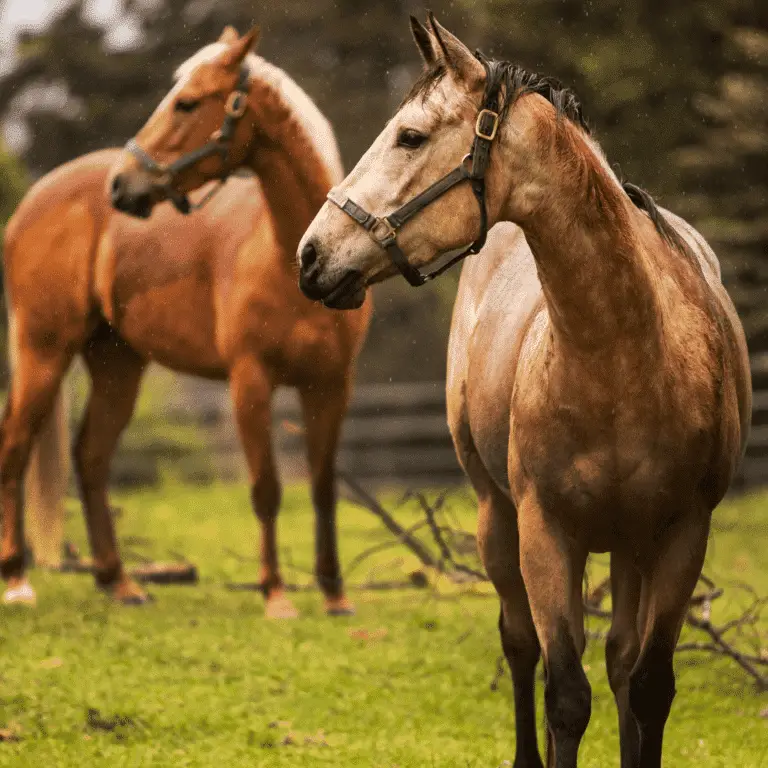
Rain Rot in Horses Seek veterinary advice before applying any treatment. Rain Rot, also known as Dermatophilosis or Rain Scald
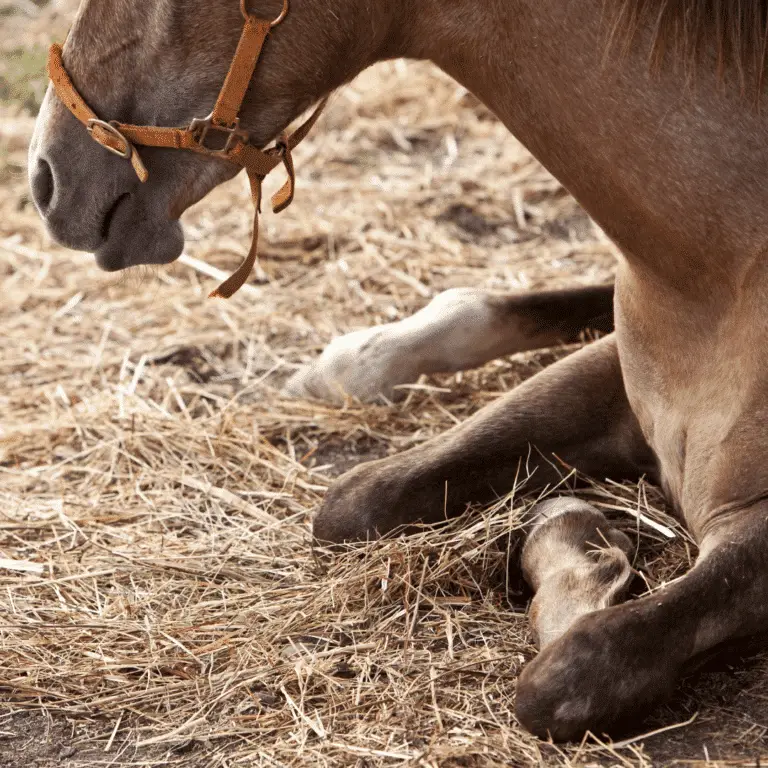
Atypical Myopathy in Horses This disease is life-threatening and should be treated by a veterinarian swiftly. Atypical myopathy (“Sycamore poisoning”)
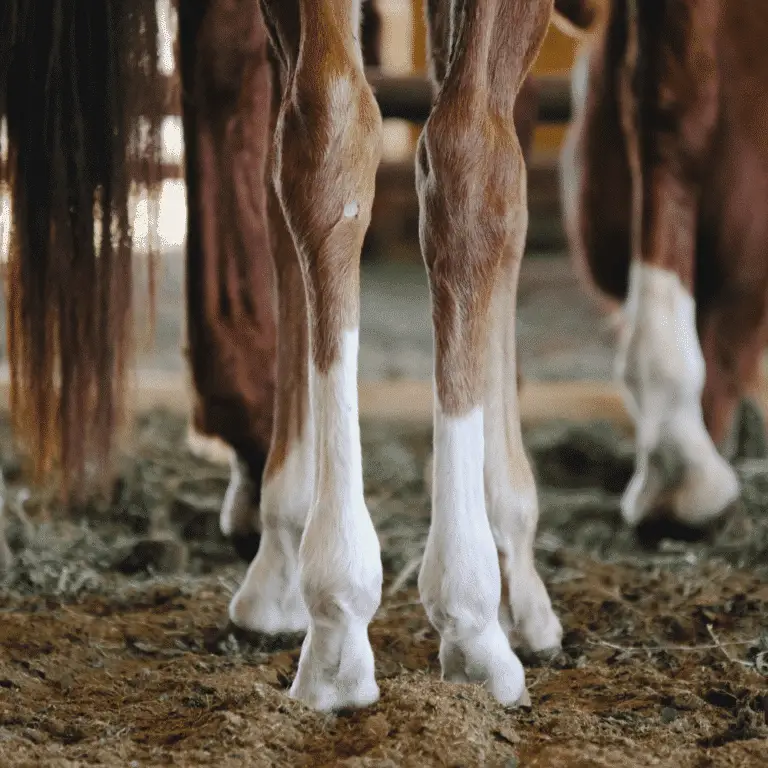
Fractures in Horses Seek veterinary advice if you suspect this disease. Fractures in horses refer to breaks or cracks in
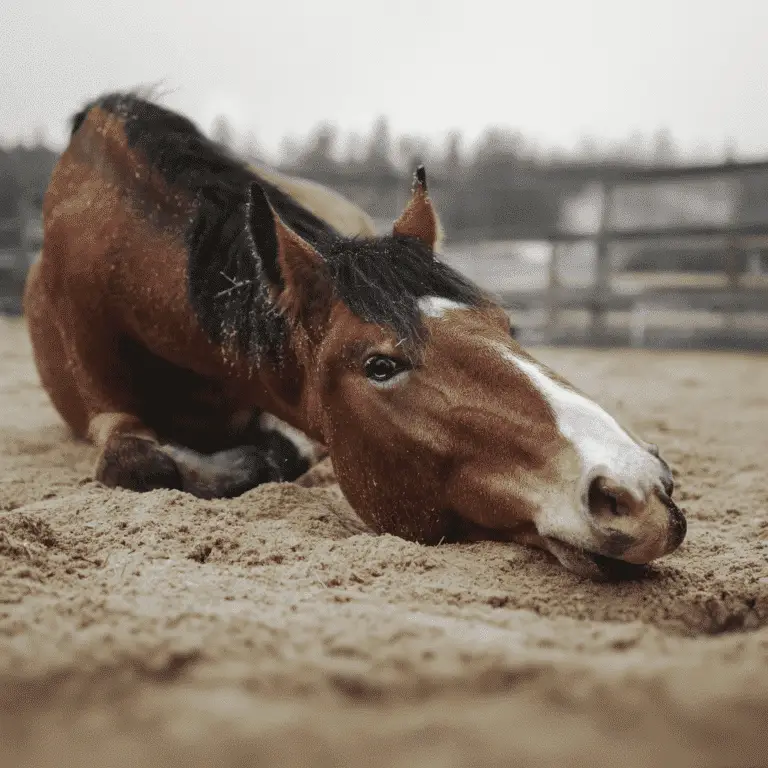
This disease is life-threatening and should be treated by a veterinarian swiftly.
Equine lymphoma is a cancer affecting the lymphatic system in horses, often marked by enlarged lymph nodes and diverse symptoms.
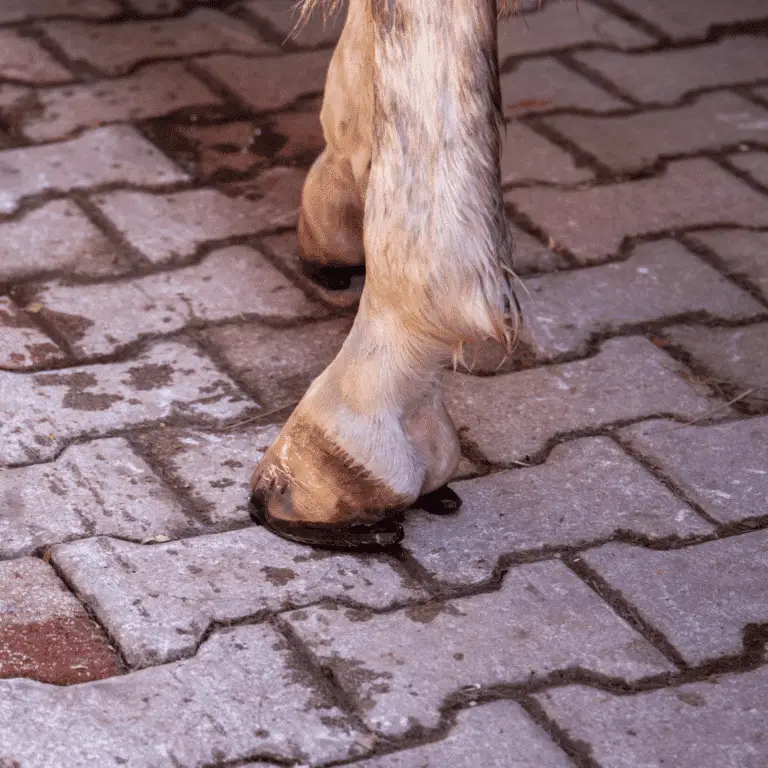
Nail Prick in Horses Seek veterinary advice before applying any treatment. Nail prick is the term used when the nail
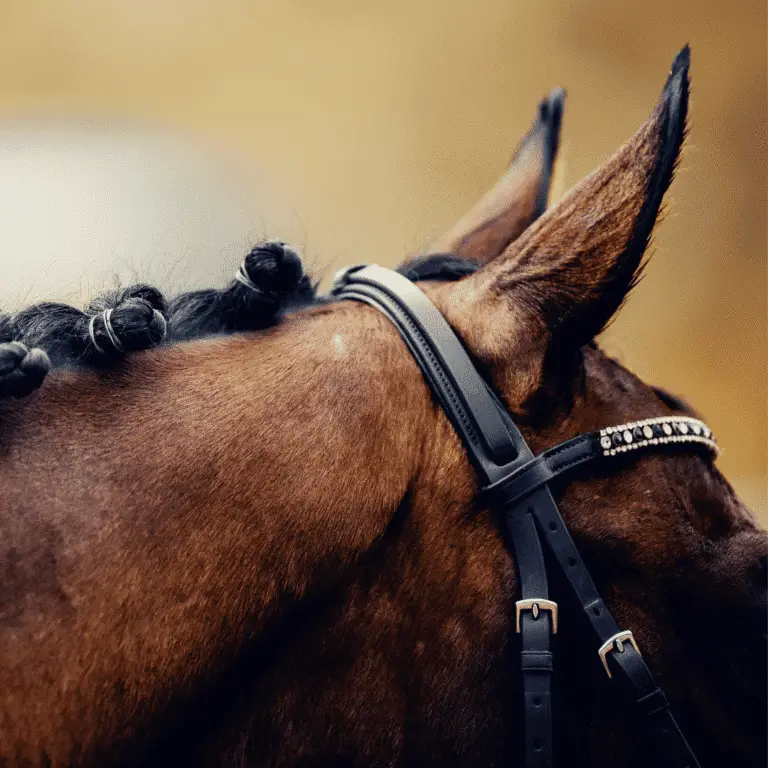
Otitis Externa, Media and Interna Seek veterinary advice if you suspect this disease. Otitis in horses is a rare and
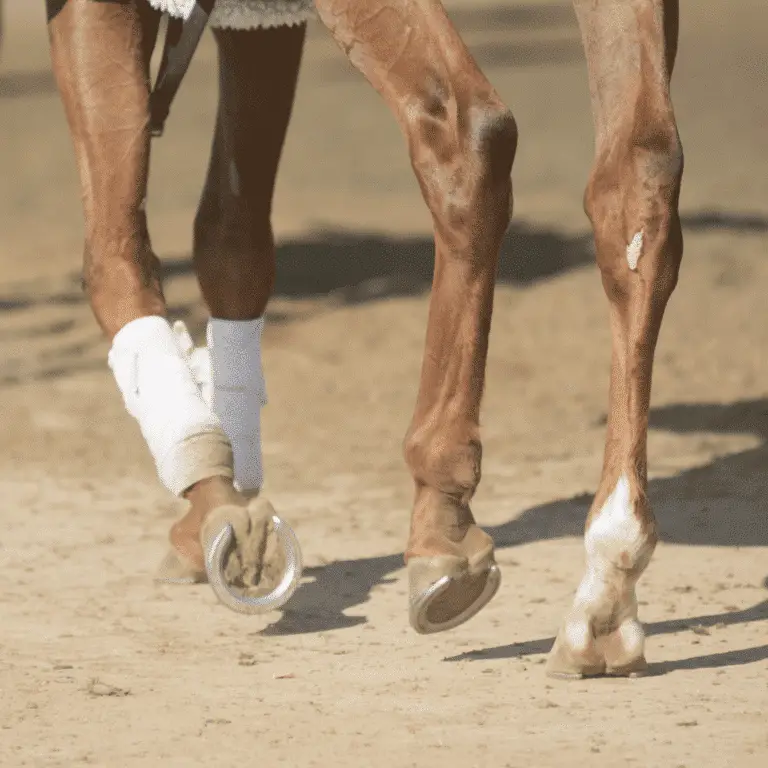
Heel Bulb Laceration in Horses Seek veterinary advice before applying any treatment. Lacerations of traumatic origin that occur in the
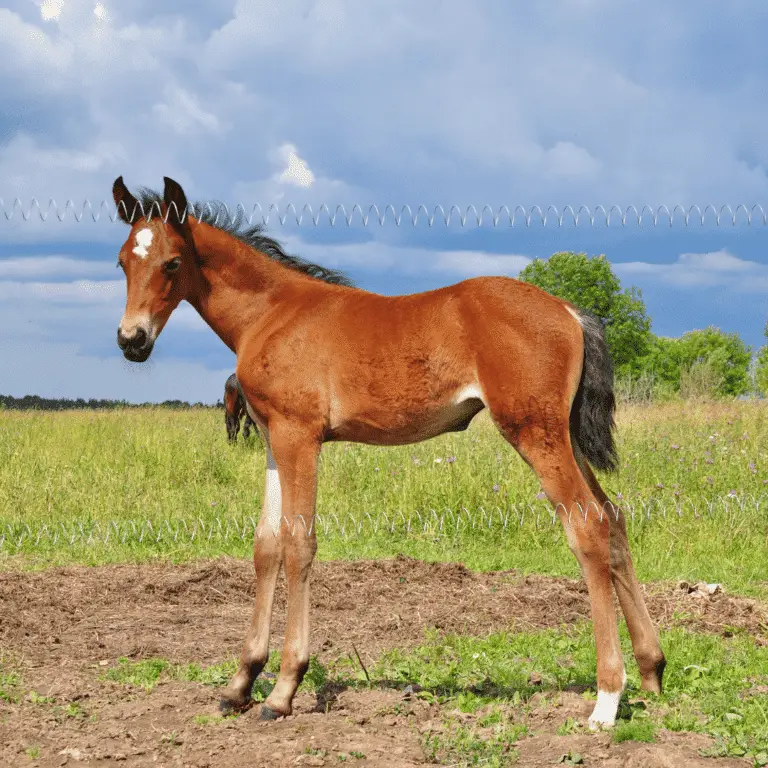
Cryptosporidiosis in Horses This disease is life-threatening and should be treated by a veterinarian swiftly. Cryptosporidiosis in horses is a

This disease is life-threatening and should be treated by a veterinarian swiftly.
Colitis-X is a severe, often fatal gastrointestinal disease in horses characterized by sudden onset of colitis and rapid deterioration, with an unknown exact cause.
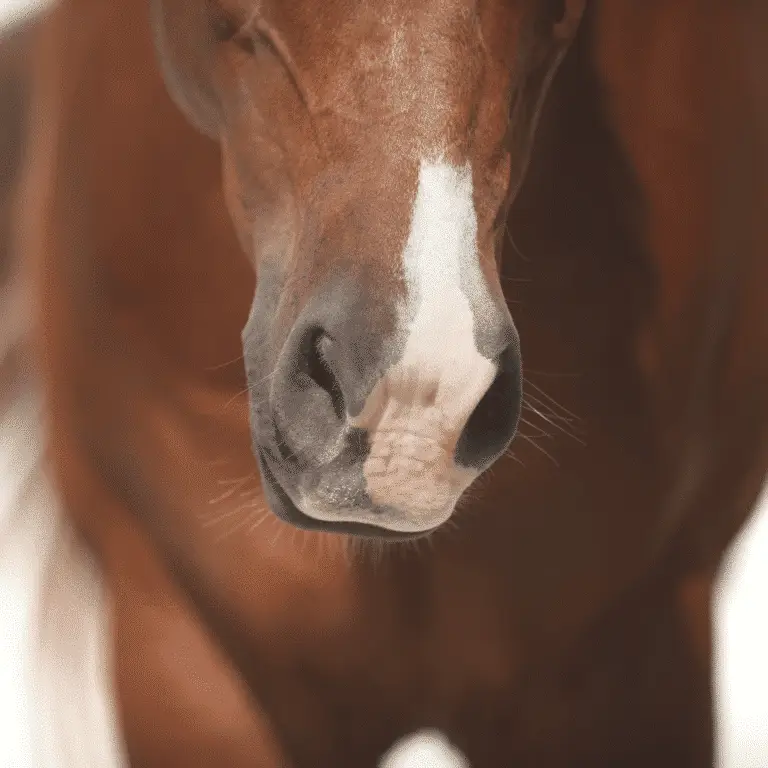
Aspergillosis in Horses Seek veterinary advice if you suspect this disease. Aspergillosis in horses is a fungal infection caused by
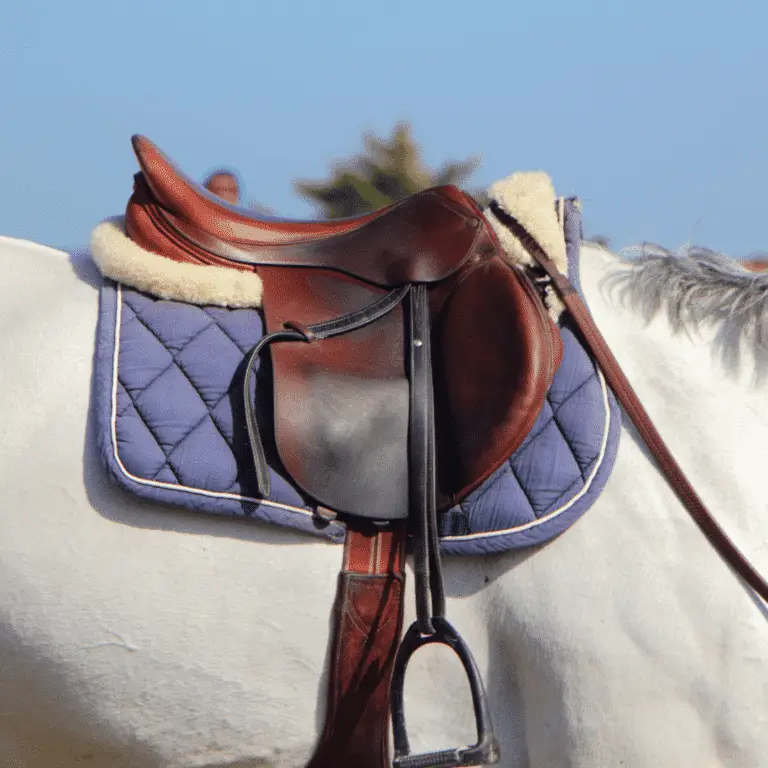
Seek veterinary advice before applying any treatment.
Saddle sore is a painful condition caused by friction or pressure from the saddle, commonly affecting the horse’s back.
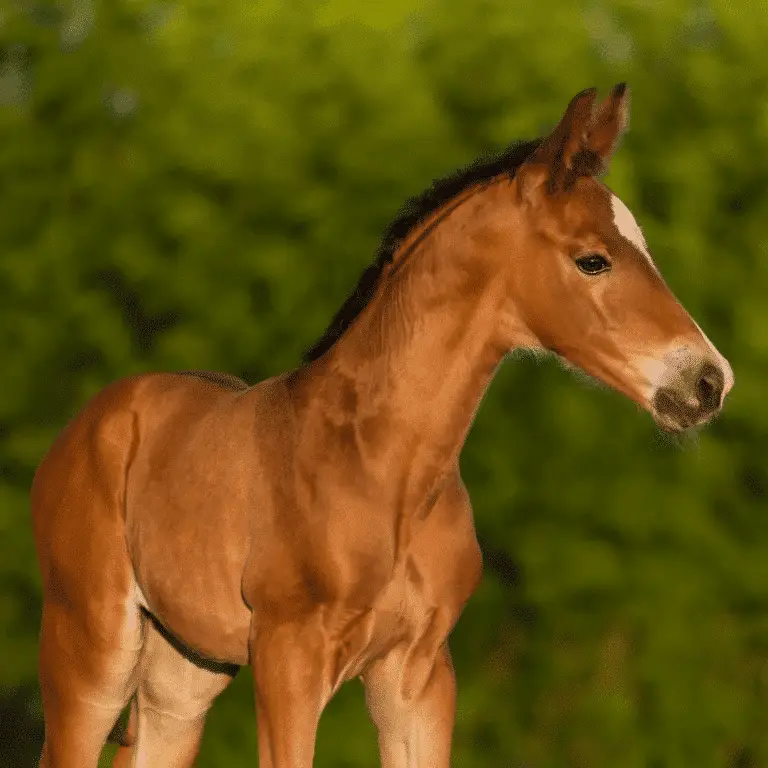
Patent Ductus Arteriosus (PDA) in Horses This disease is life-threatening and should be treated by a veterinarian swiftly. Patent Ductus
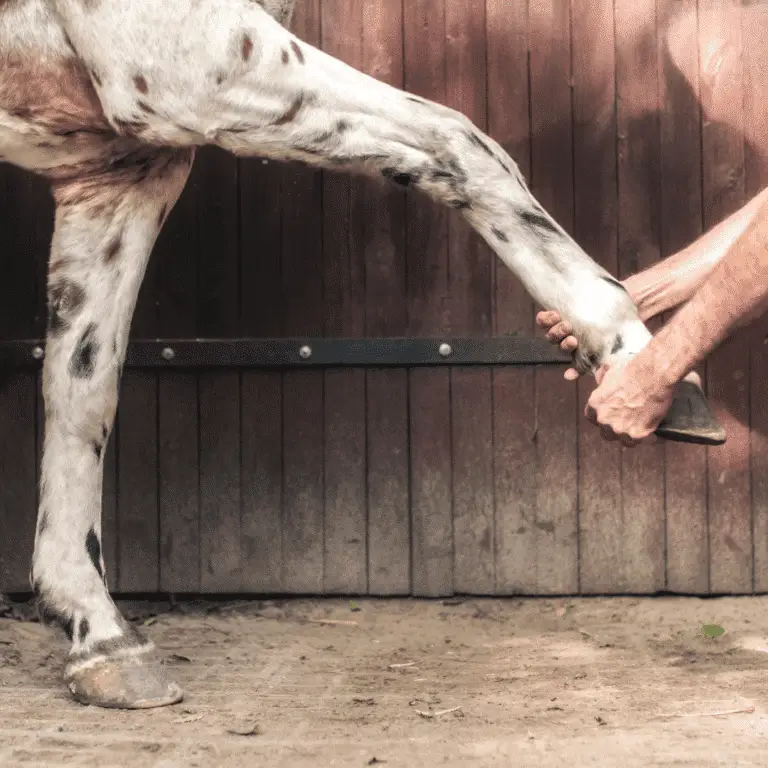
Capped Elbow in Horses Seek veterinary advice if you suspect this disease. Capped elbow (olecranoid bursitis) is acquired and associated
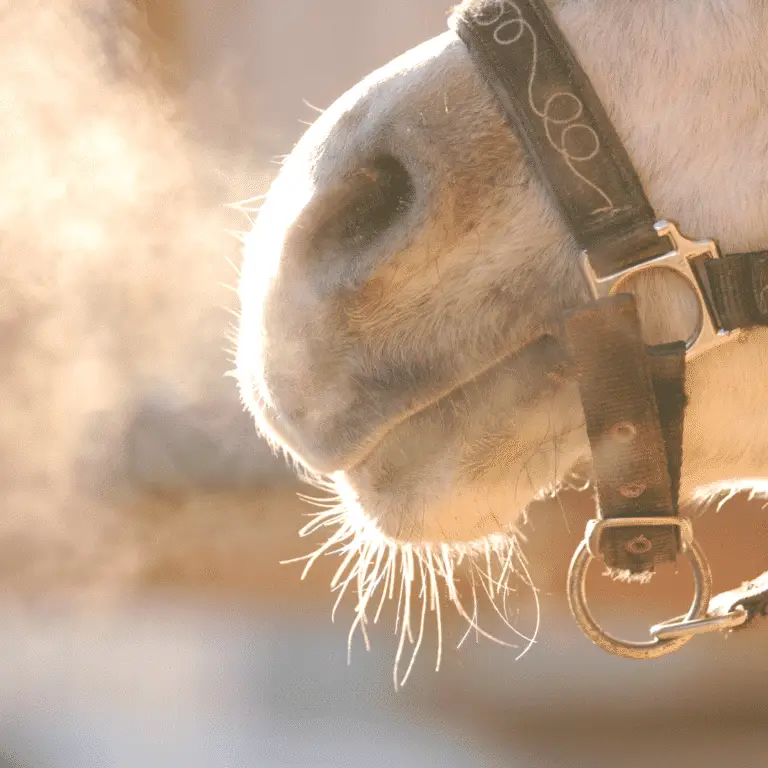
Equine Bronchitis Seek veterinary advice if you suspect this disease. Equine bronchitis, also known as inflammatory airway disease, is a
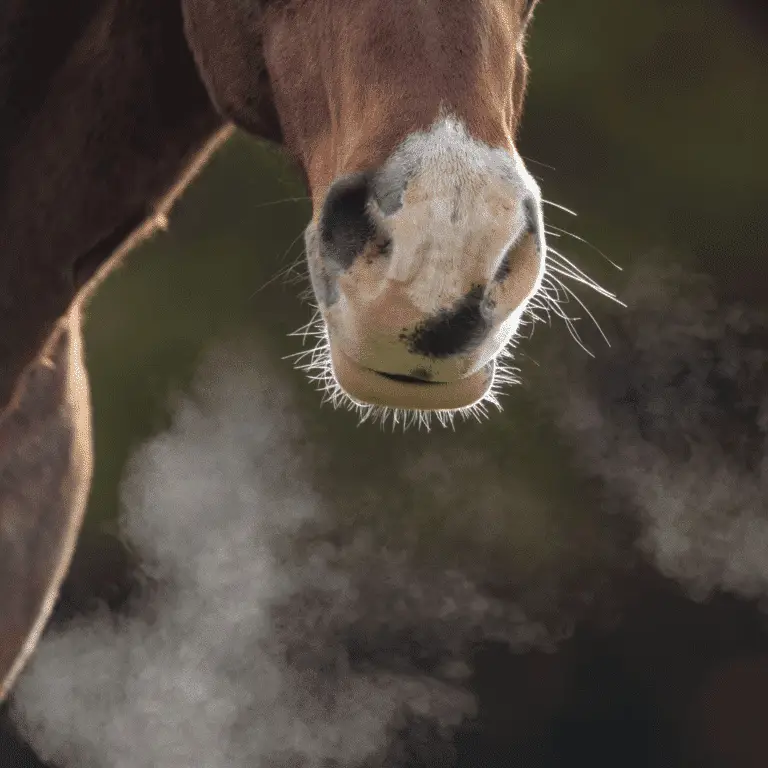
Seek veterinary advice if you suspect this disease.
The common cold in horses is a respiratory infection caused by viruses, leading to symptoms like nasal discharge, coughing, and mild fever.
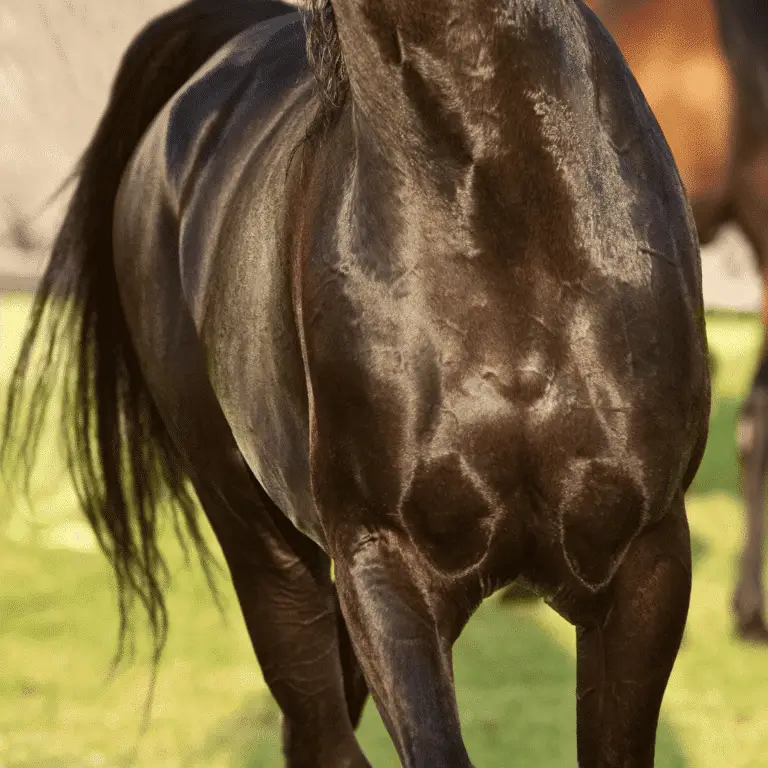
Aortic Root Disease in Horses This disease is life-threatening and should be treated by a veterinarian swiftly. Aortic root disease
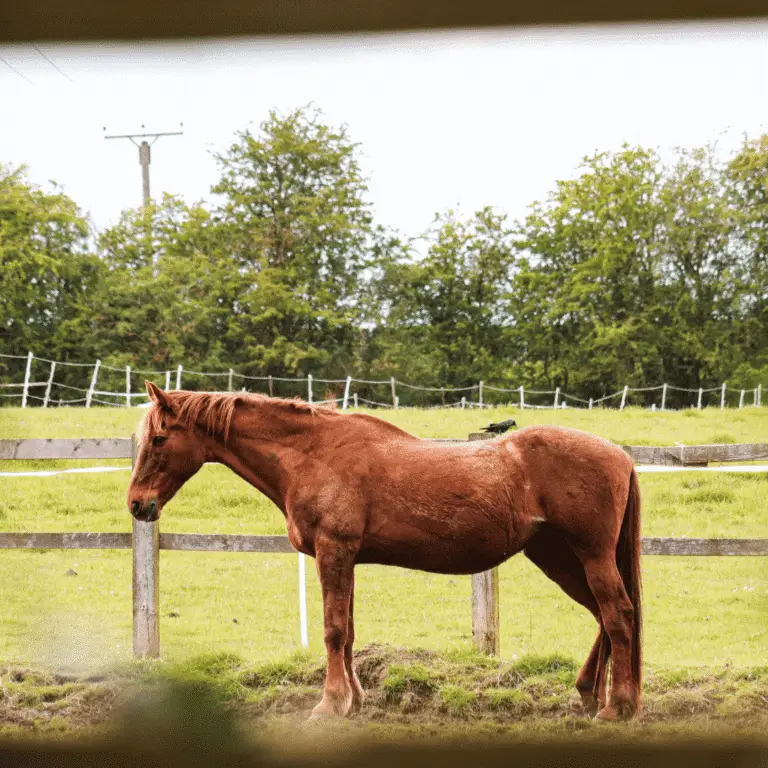
Diabetes in Horses Seek veterinary advice before applying any treatment Diabetes mellitus can have more than one cause. Type 1
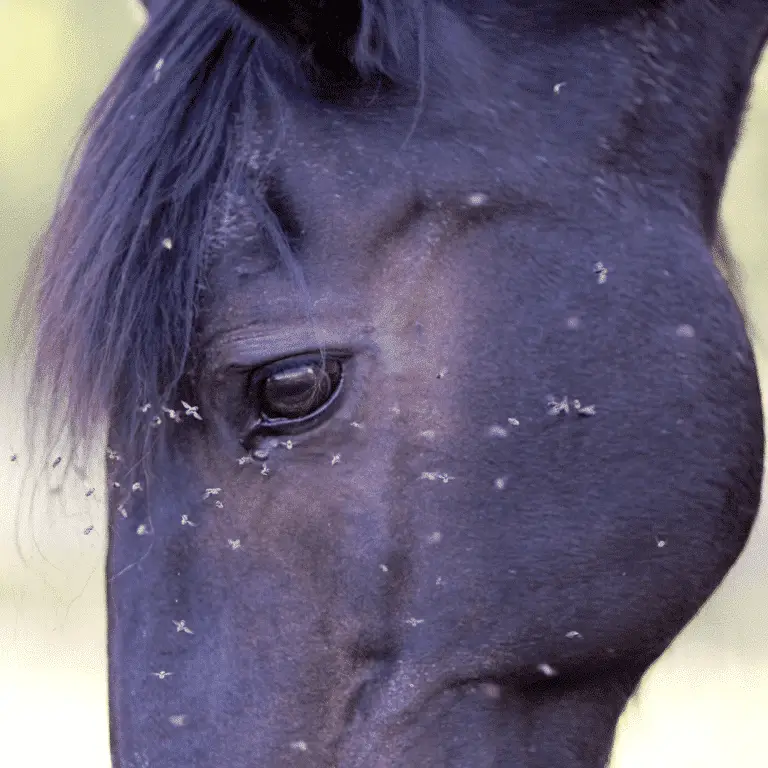
African Horse Sickness This disease is life-threatening and should be treated by a veterinarian swiftly. African Horse Sickness (AHS) is
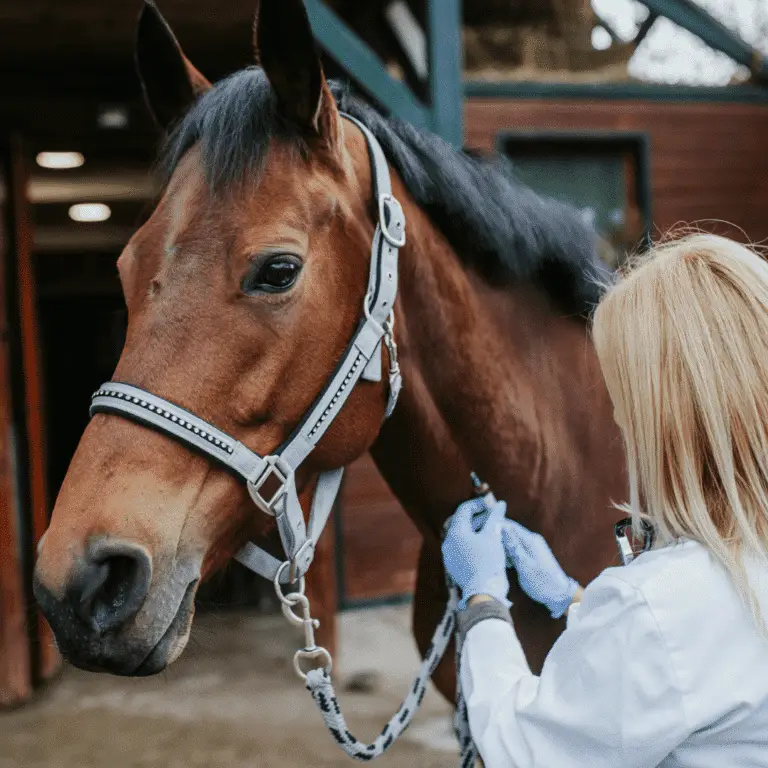
Strongyloides in Horses Seek veterinary advice if you suspect this disease. Equine strongylosis, a common disease among grazing horses, is
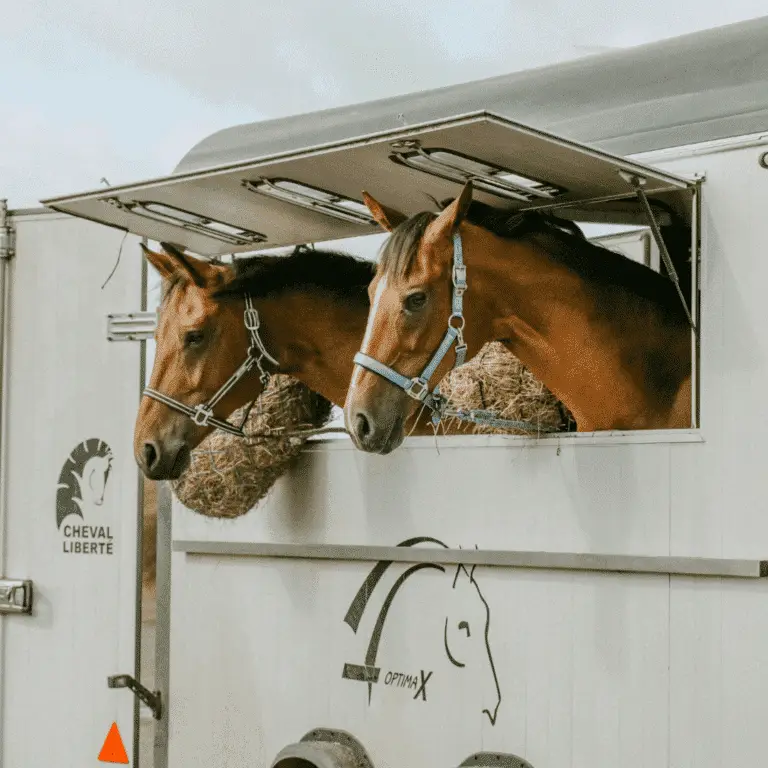
Equine Influenza This disease is life-threatening and should be treated by a veterinarian swiftly. Equine Influenza is a highly contagious viral
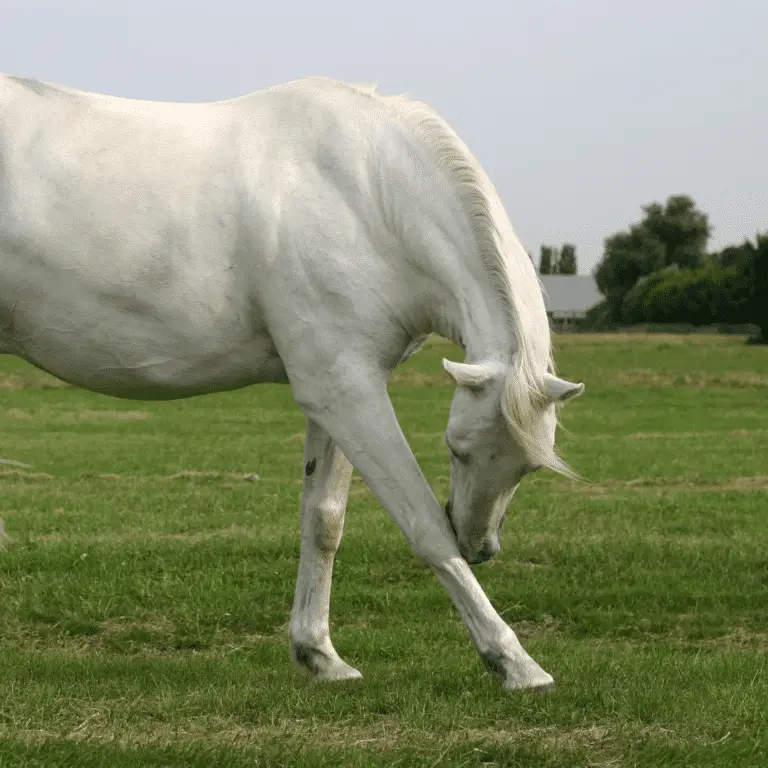
Folliculitis in Horses Seek veterinary advice before applying any treatment. Folliculitis in horses is a common skin condition characterized by
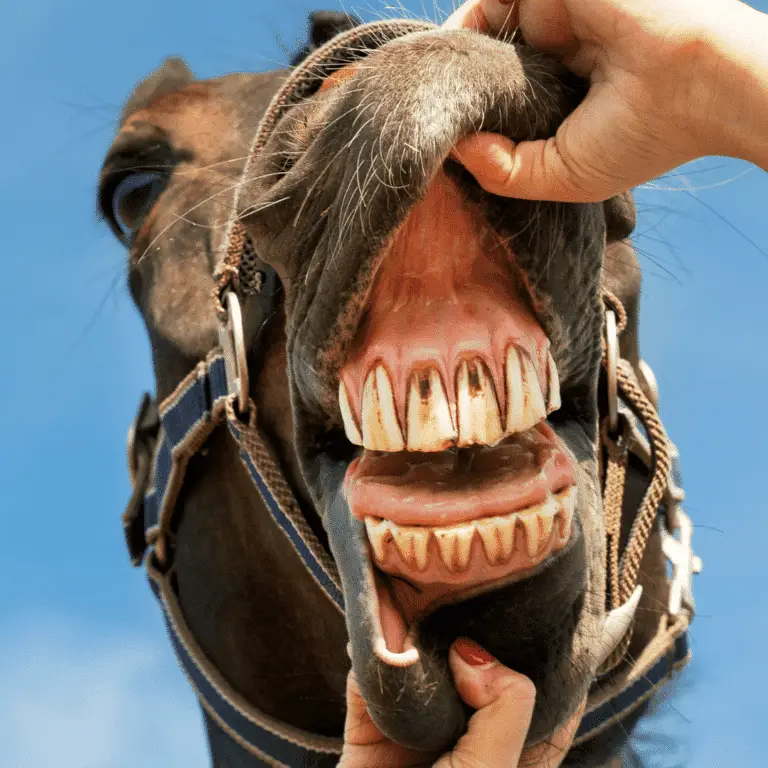
EOTRH Syndrome in Horses Seek veterinary advice if you suspect this disease. Equine Odontoclastic Tooth Resorption and Hypercementosis, also known
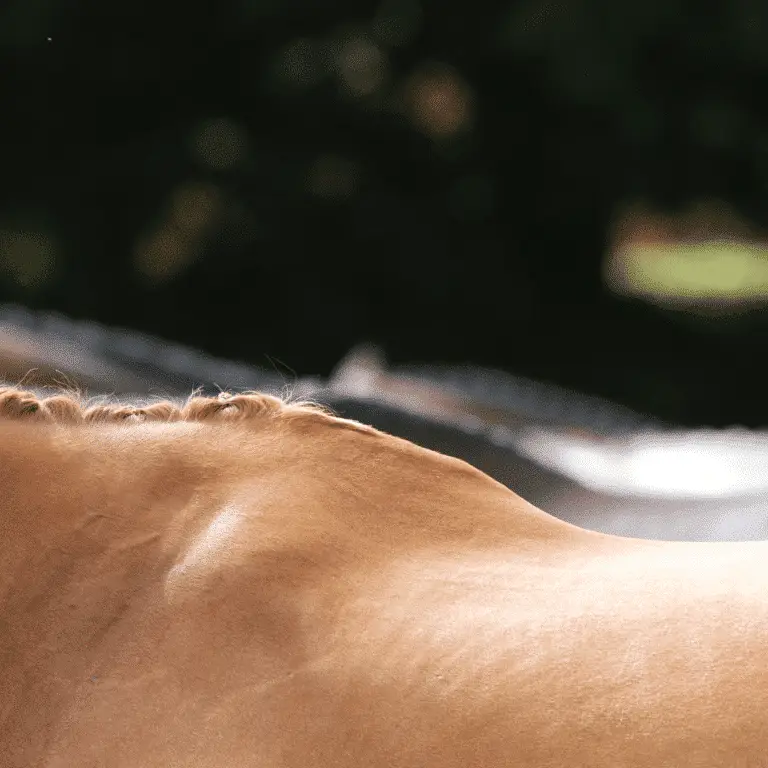
Kissing Spines in Horses Seek veterinary advice if you suspect this disease. Kissing spines is a skeletal abnormality which describes
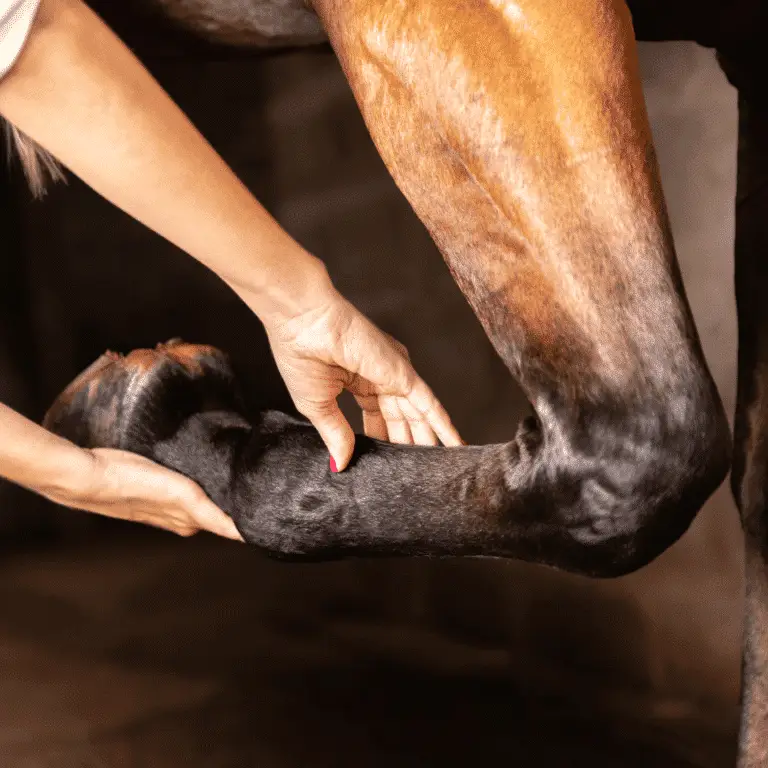
Osteochondrosis in Horses Seek veterinary advice before applying any treatment Osteochondrosis is a prevalent developmental orthopedic disease mostly found in
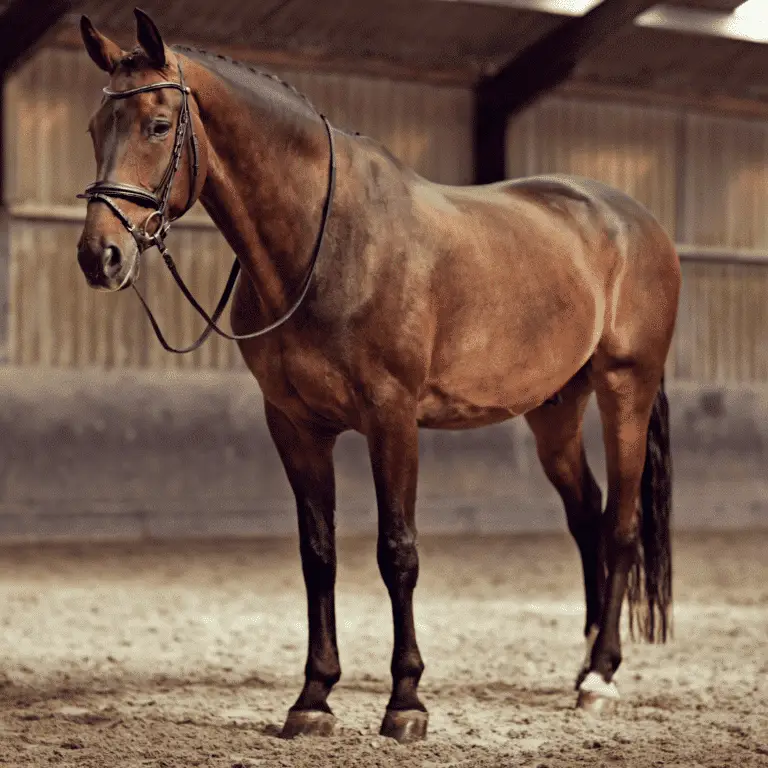
Sarcocystis Myositis in Horses Seek veterinary advice if you suspect this disease. Sarcocystis myositis is a disease in horses caused
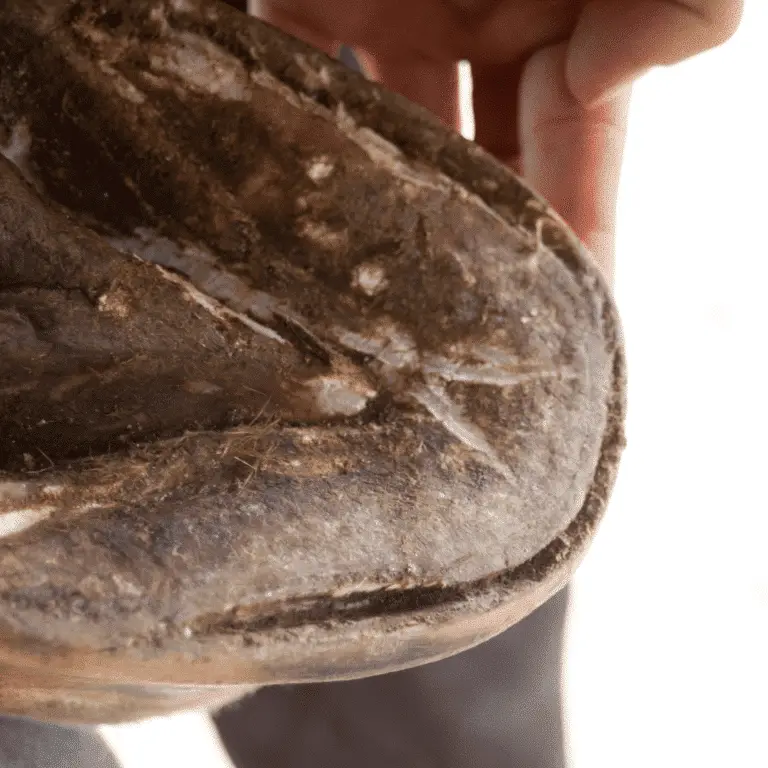
White Line Disease in Horses Seek veterinary advice before applying any treatment. White Line Disease is caused by the invasion
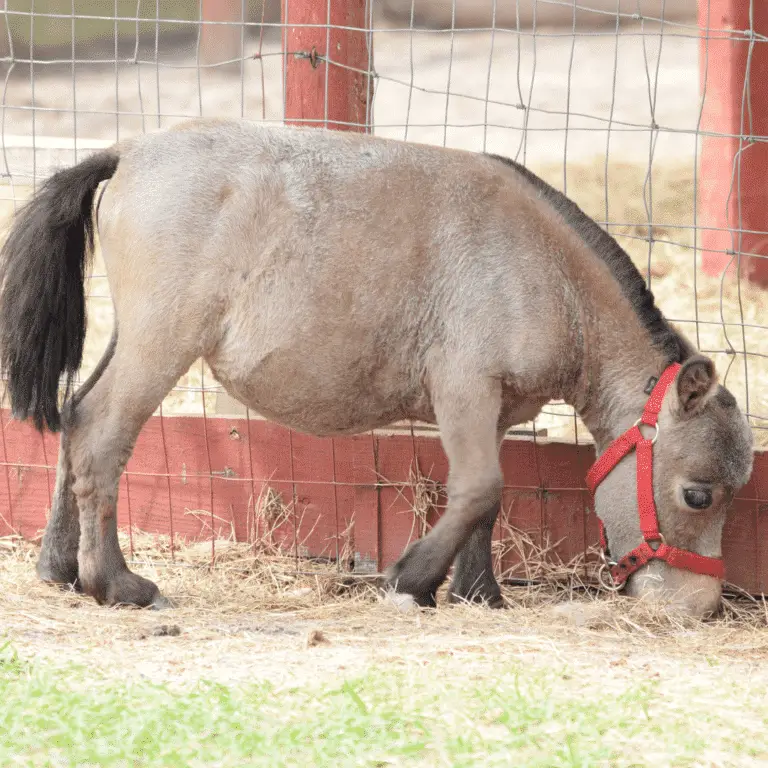
Equine Dwarfism Seek veterinary advice if you suspect this disease. Dwarfism is defined as the “underdevelopment of the body characterised
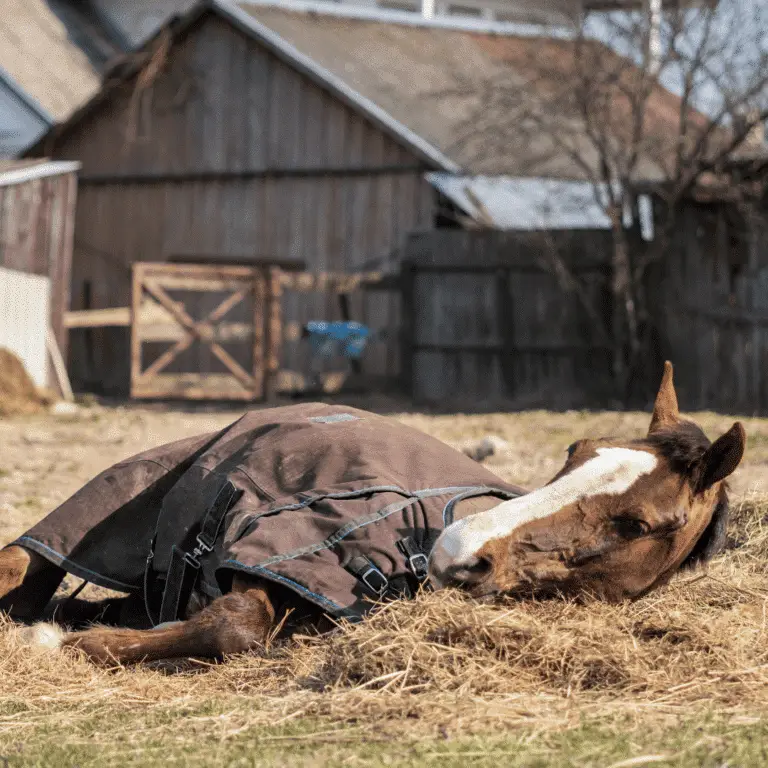
Ascarids in Horses Seek veterinary advice if you suspect this disease. Equine ascarids, also known as large roundworms, are a
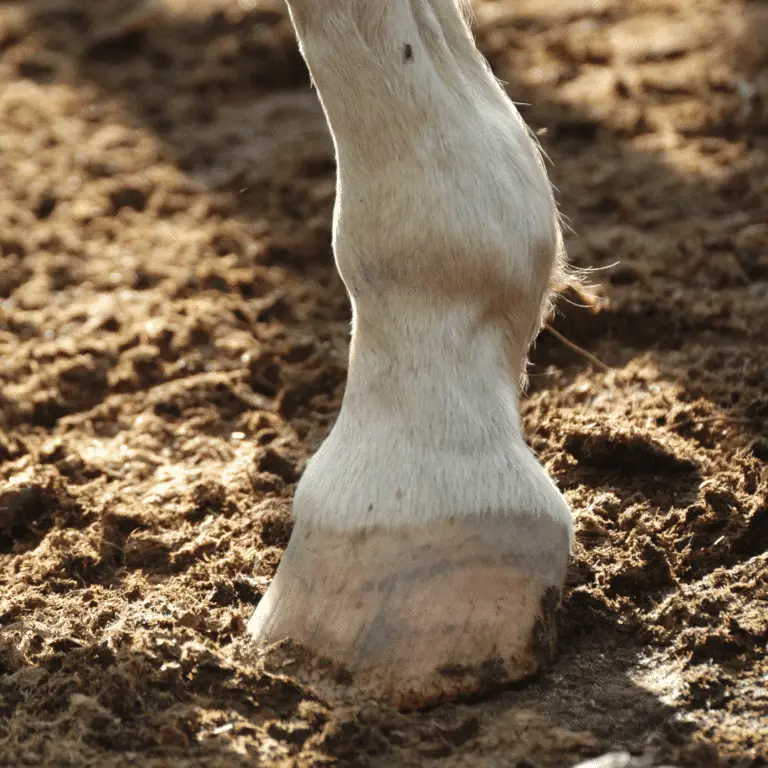
Seek veterinary advice if you suspect this disease.
Canker is a chronic infection of the hoof characterized by the overgrowth of abnormal tissue in the frog and sole, often with a foul odor.
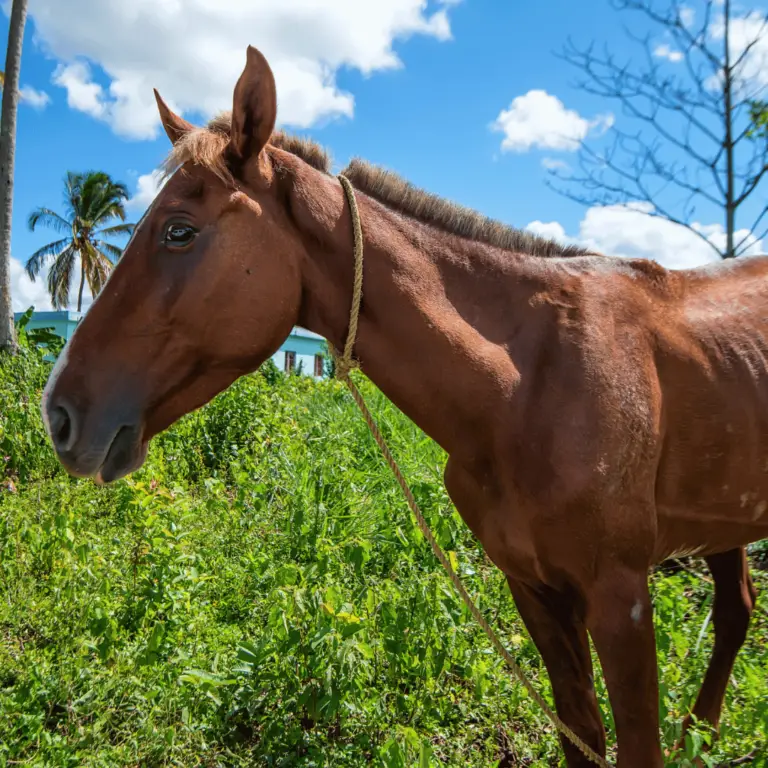
African Trypanosomiasis in Horses This disease is life-threatening and should be treated by a veterinarian swiftly. African Trypanosomiasis, also known
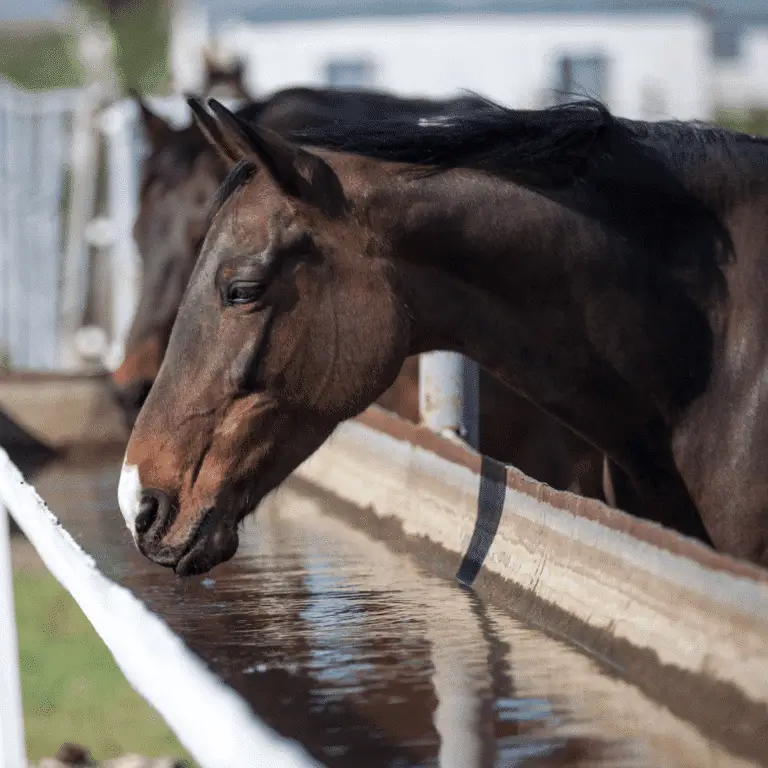
Heat Stroke in Horses This disease is life-threatening and should be treated by a veterinarian swiftly. Heat stroke in horses
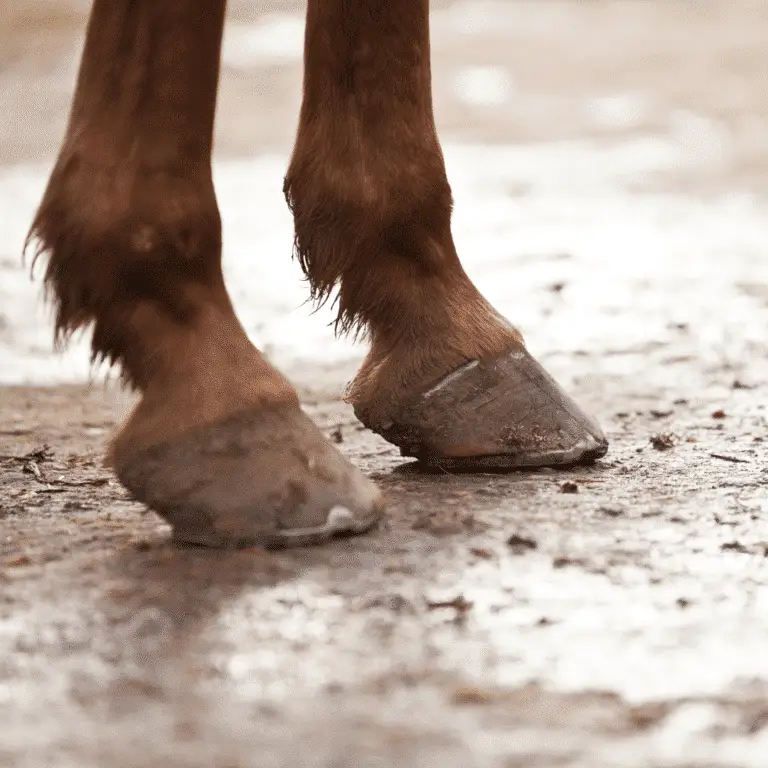
Equine Keratoma (Hoof Tumor) Seek veterinary advice before applying any treatment. A keratoma is a rare benign tumour of the inner layer
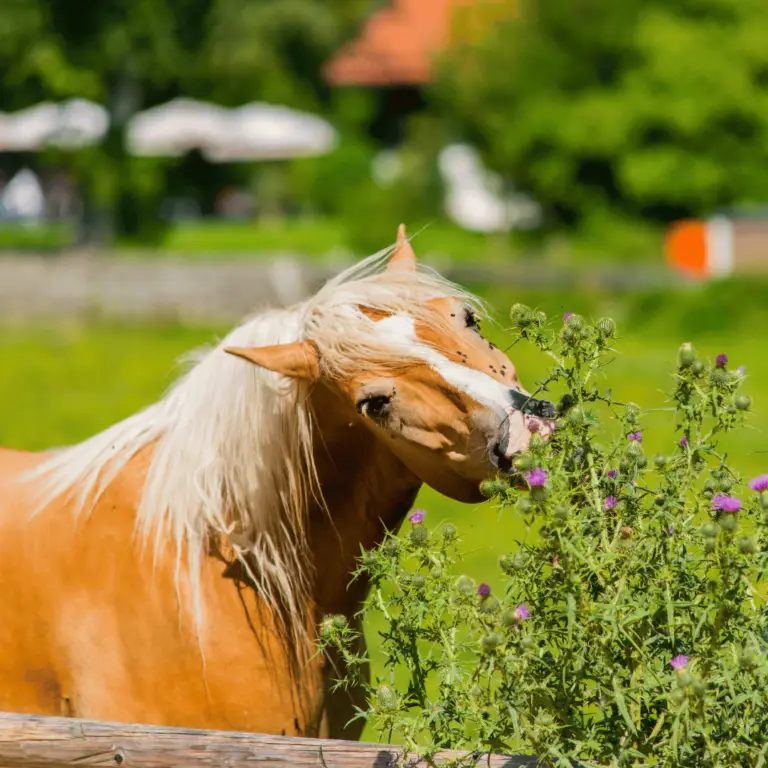
Poisoning This disease is life-threatening and should be treated by a veterinarian swiftly. Poisoning can be caused by the ingestion
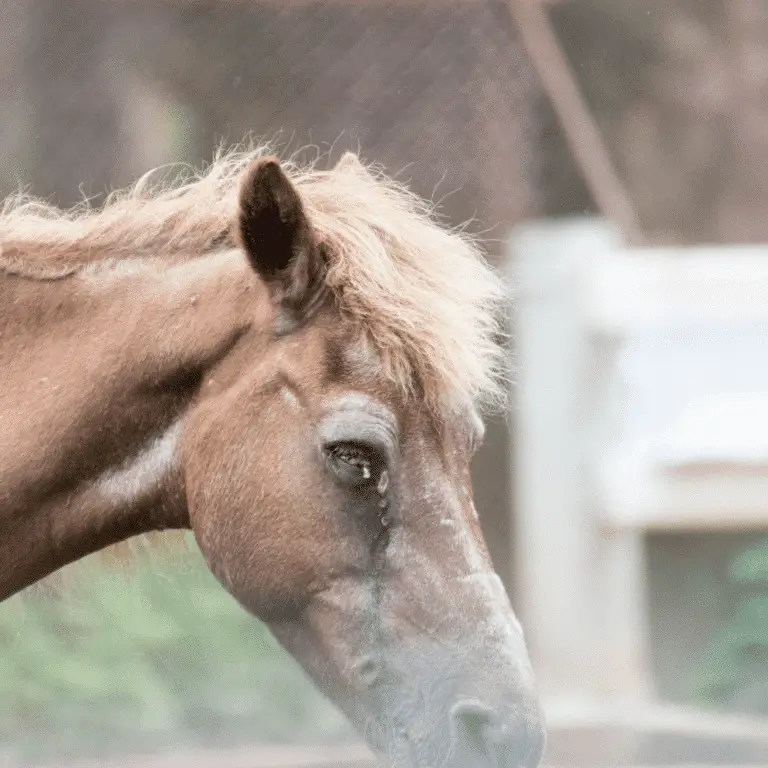
Equine Fungal Keratopathy in Horses Seek veterinary advice before applying any treatment Fungal keratitis is an infection of the clear
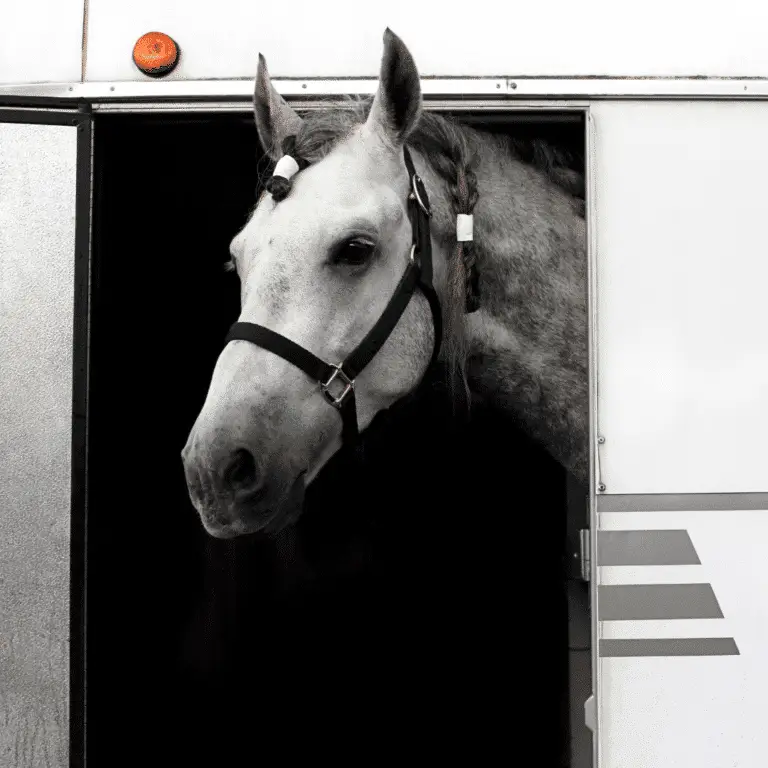
Shipping Fever (Pleuropneumonia) Seek veterinary advice if you suspect this disease. Shipping fever in horses, also known as equine shipping
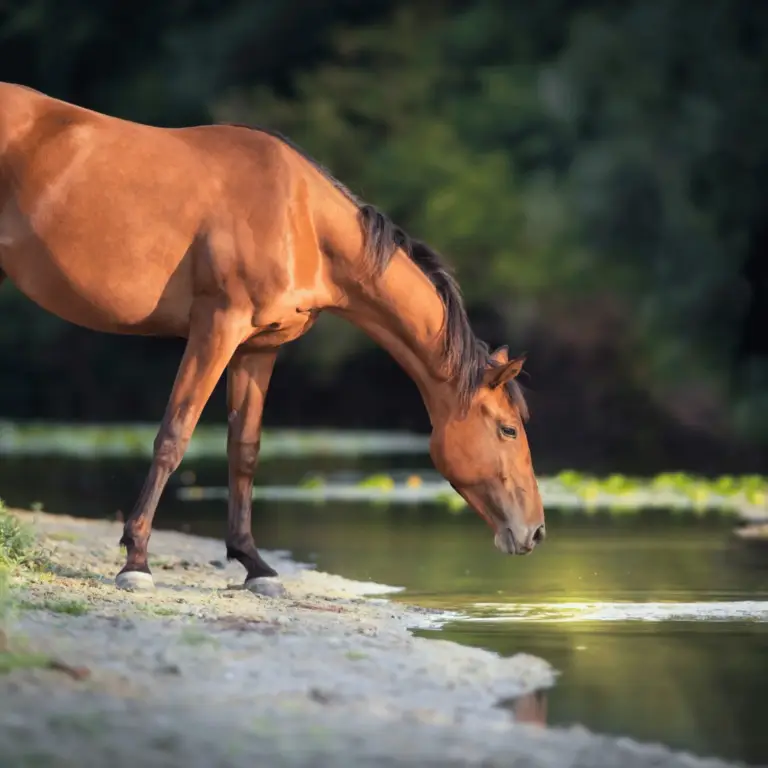
This disease is life-threatening and should be treated by a veterinarian swiftly.
Potomac Horse Fever is a bacterial disease in horses causing fever, diarrhea, and laminitis, transmitted by ingesting infected insects or snails.

Seek veterinary advice if you suspect this disease.
Step mouth is a dental condition where uneven wear causes one or more teeth to develop a step-like appearance, affecting chewing efficiency and comfort.
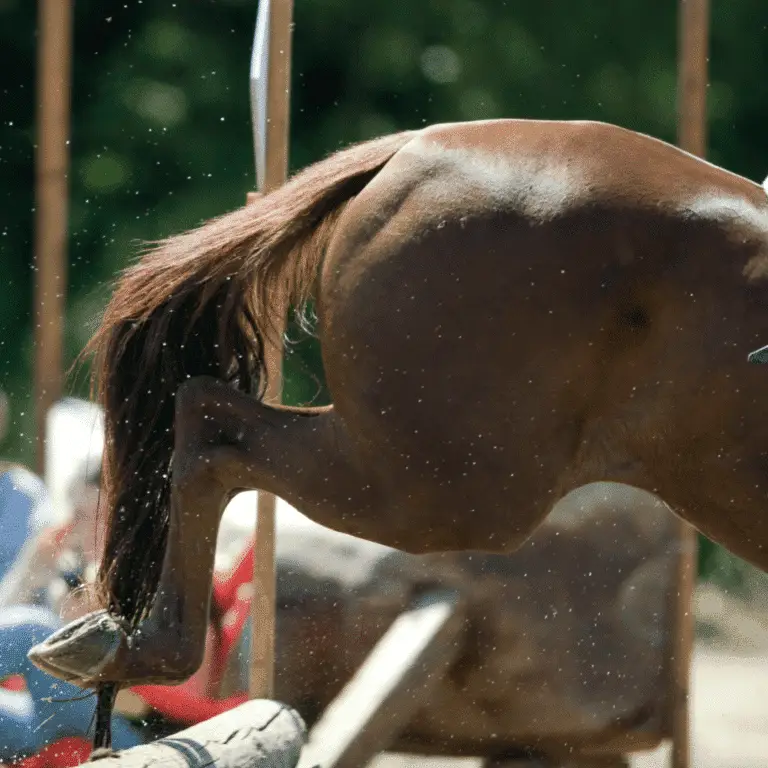
Fibrotic Myopathy in Horses Seek veterinary advice if you suspect this disease Fibrotic myopathy is a mechanical lameness of the
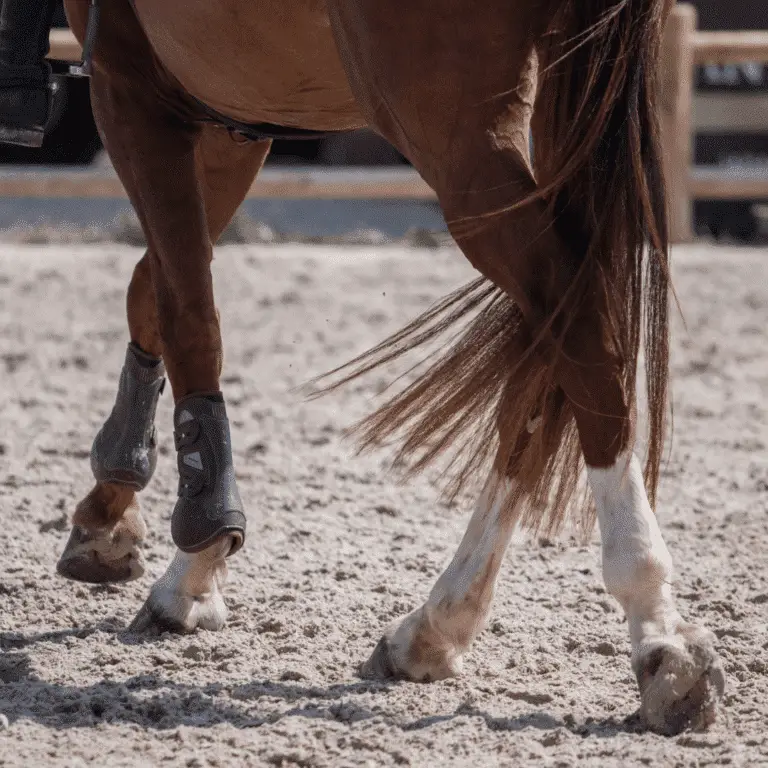
Epiphysitis in Horses Seek veterinary advice if you suspect this disease. Epiphysitis, also known as physitis, is a generalized bone disease of
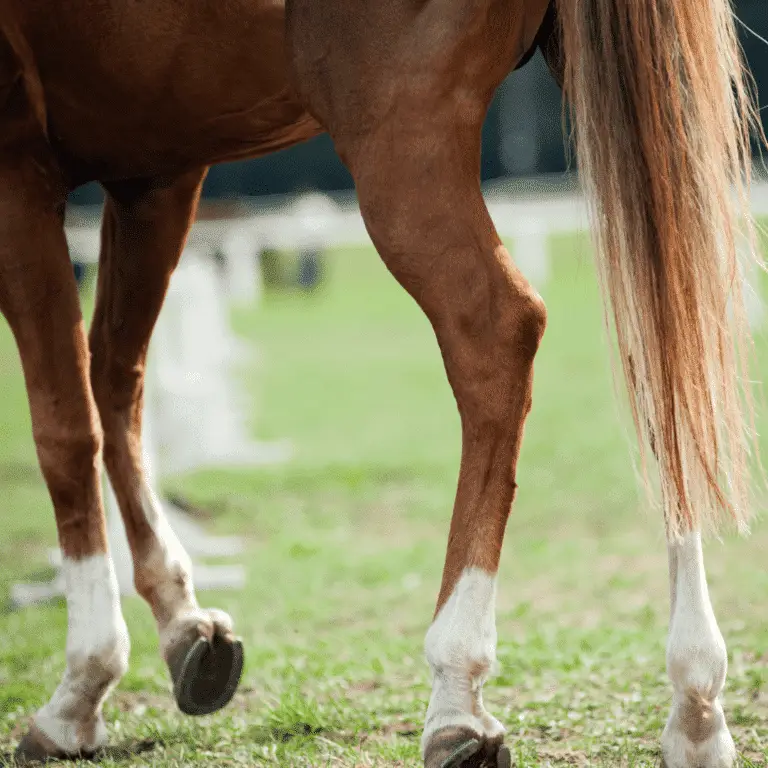
Locking Stifles in Horses Seek veterinary advice if you suspect this disease. The patella (knee cap) is a mobile structure
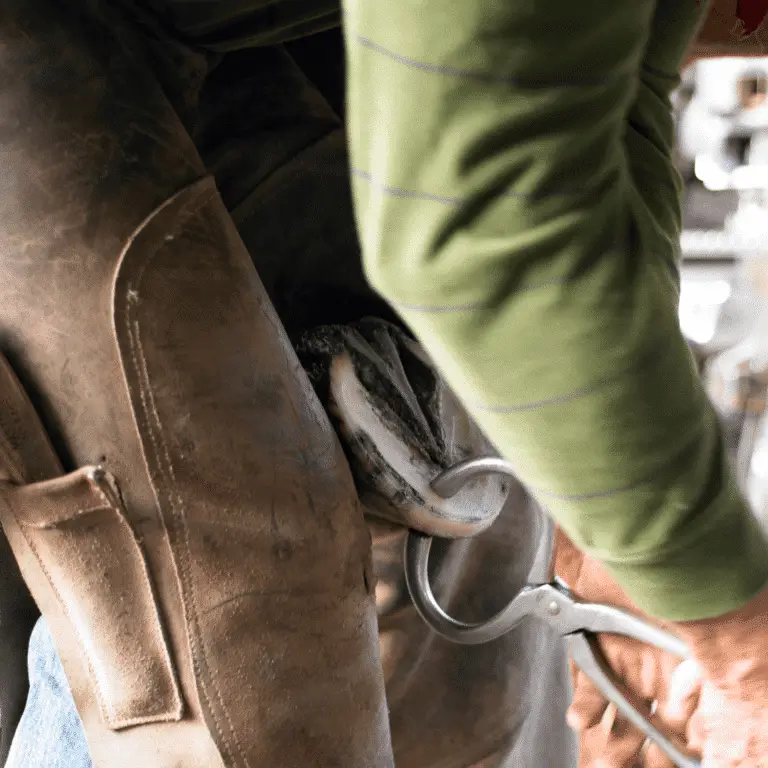
Hoof Abcess in Horses Seek veterinary advice before applying any treatment. A hoof abscess describes a painful build-up of purulent
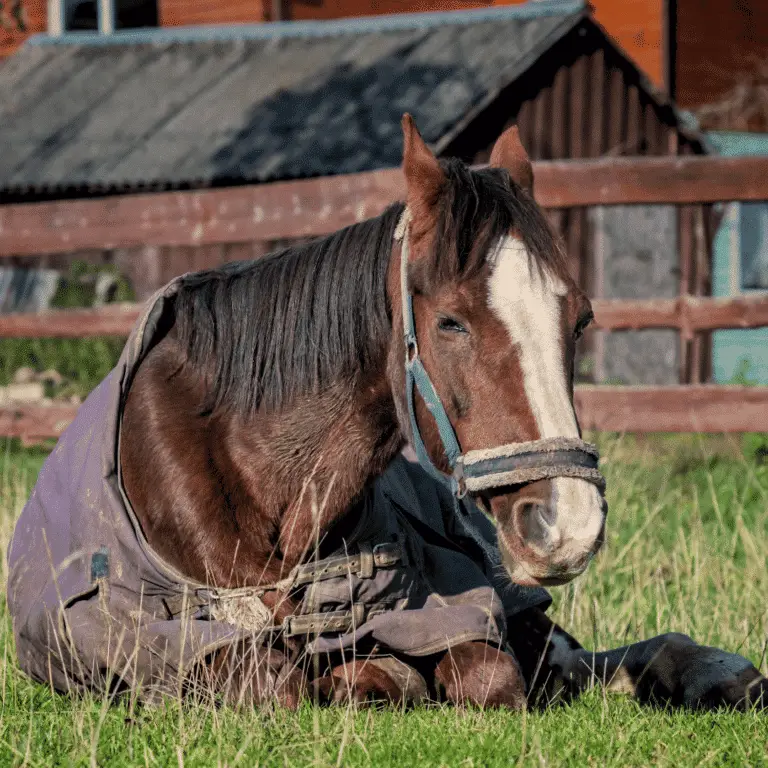
Equine Coronavirus Seek veterinary advice if you suspect this disease. Equine Coronavirus (ECoV) is a viral infection in horses caused